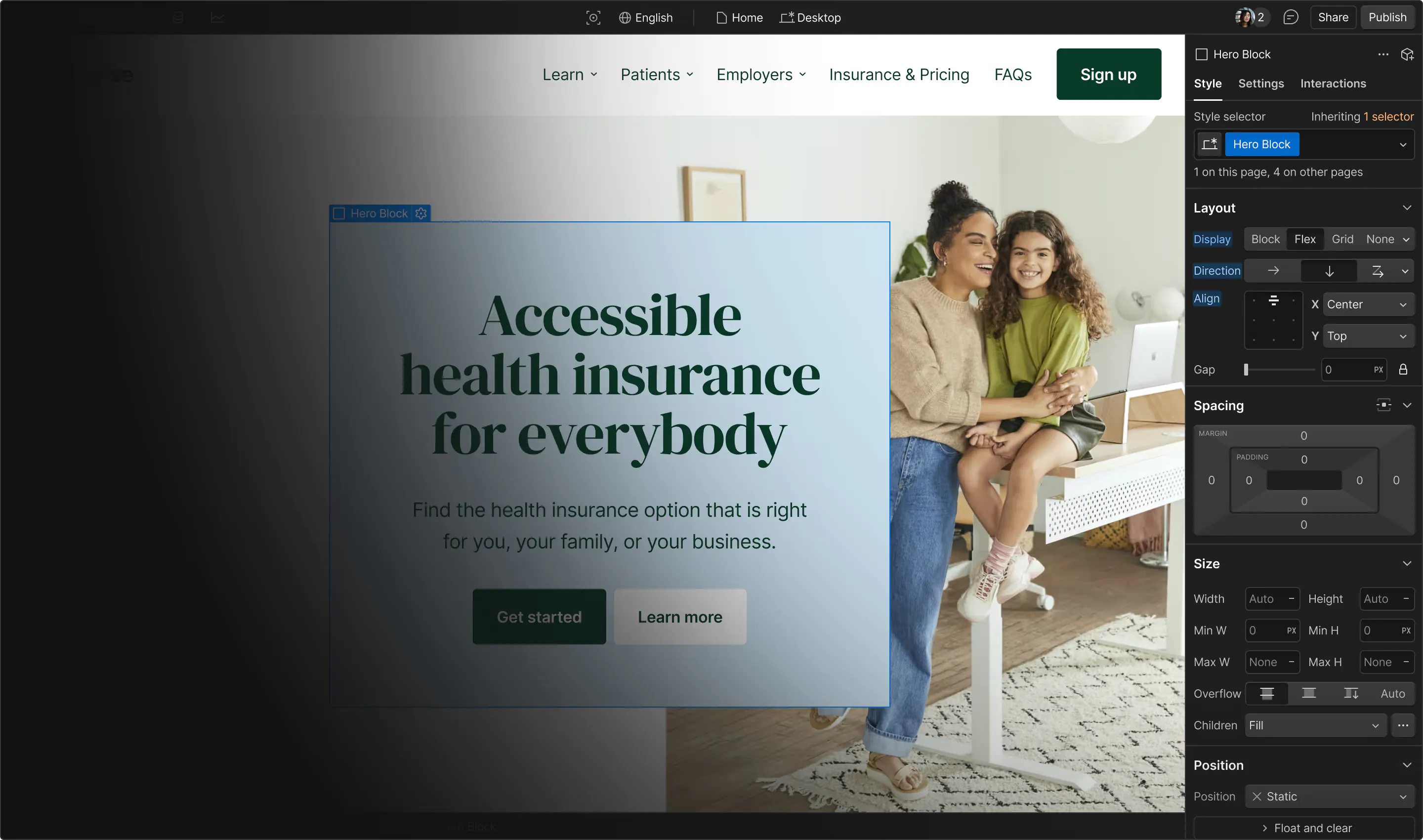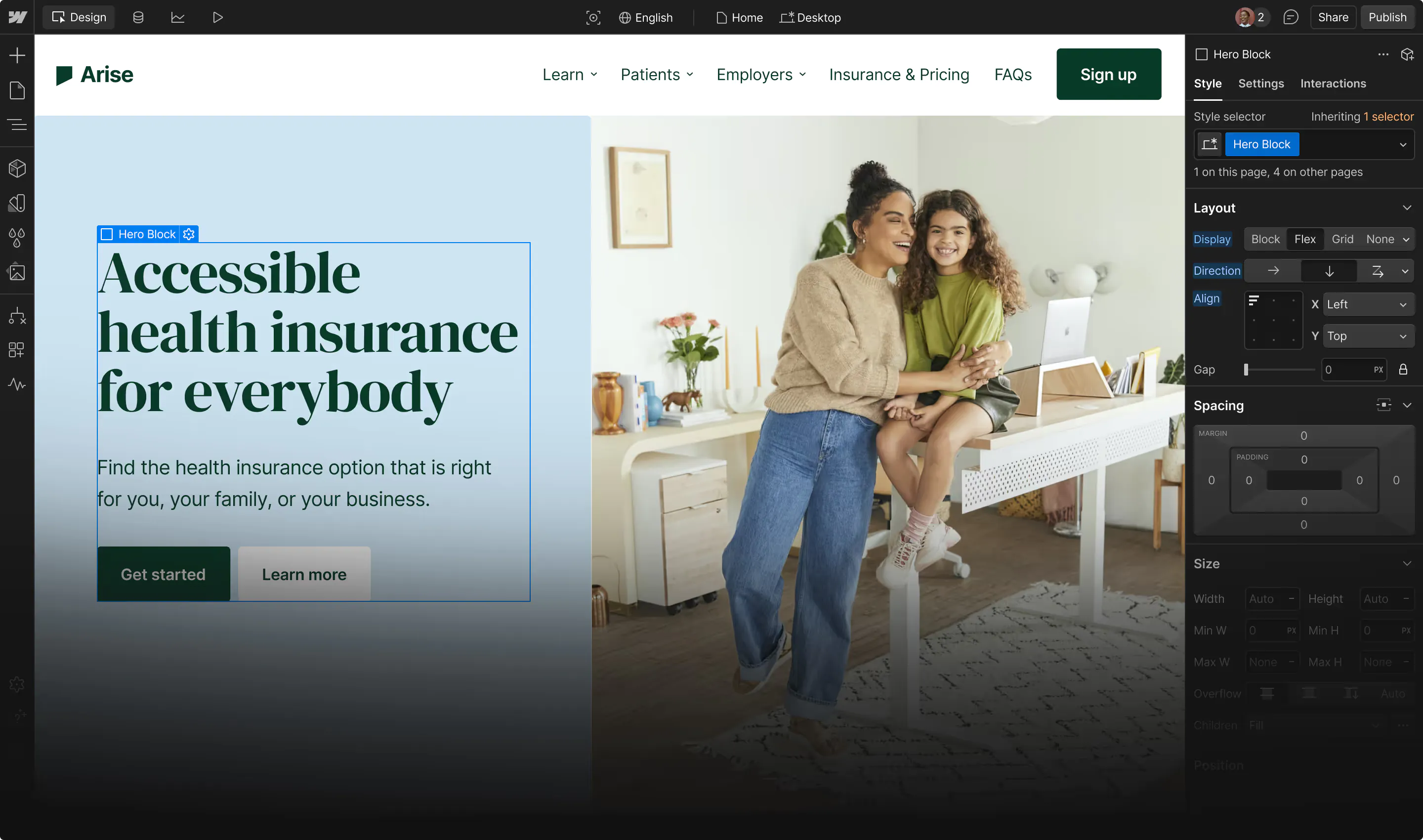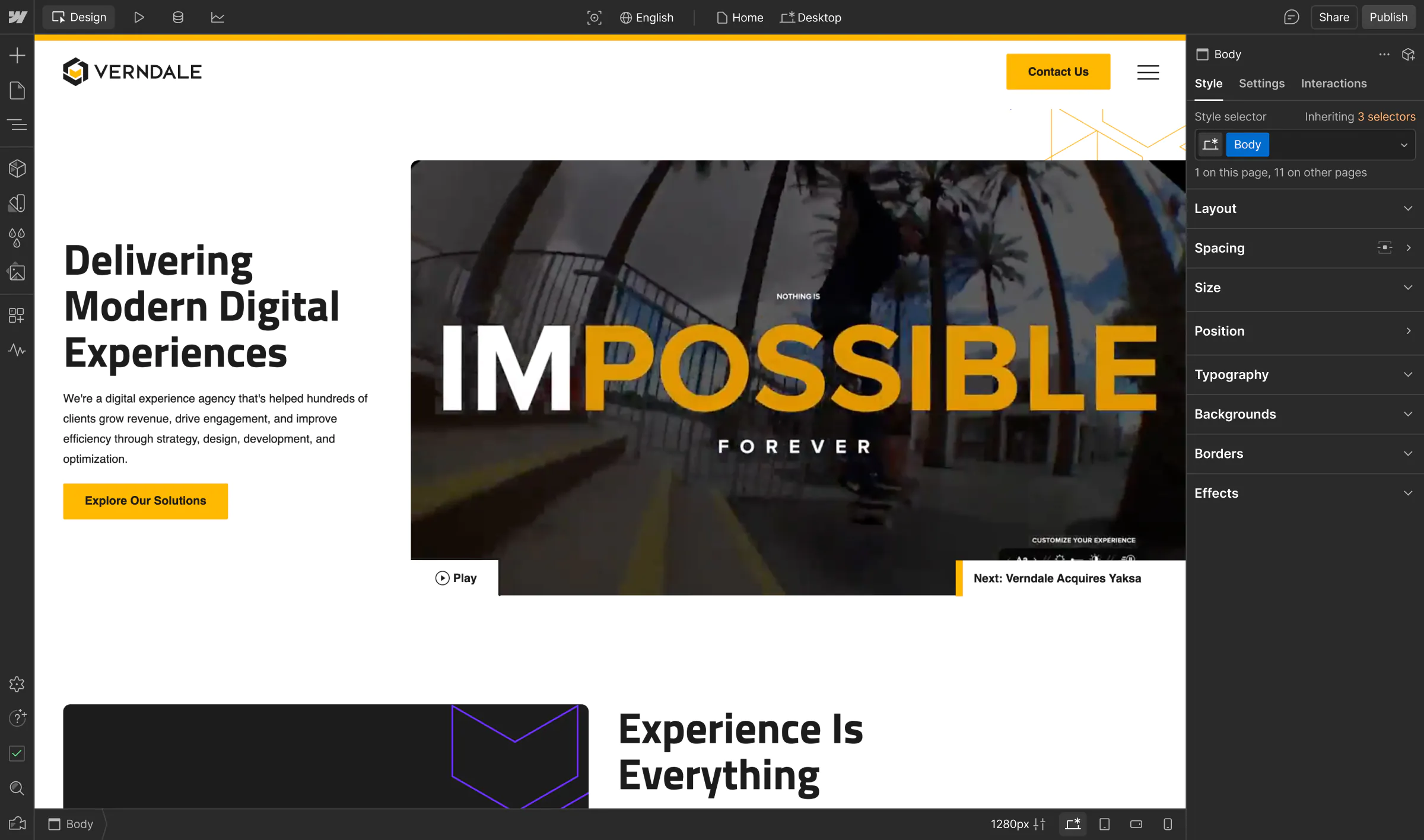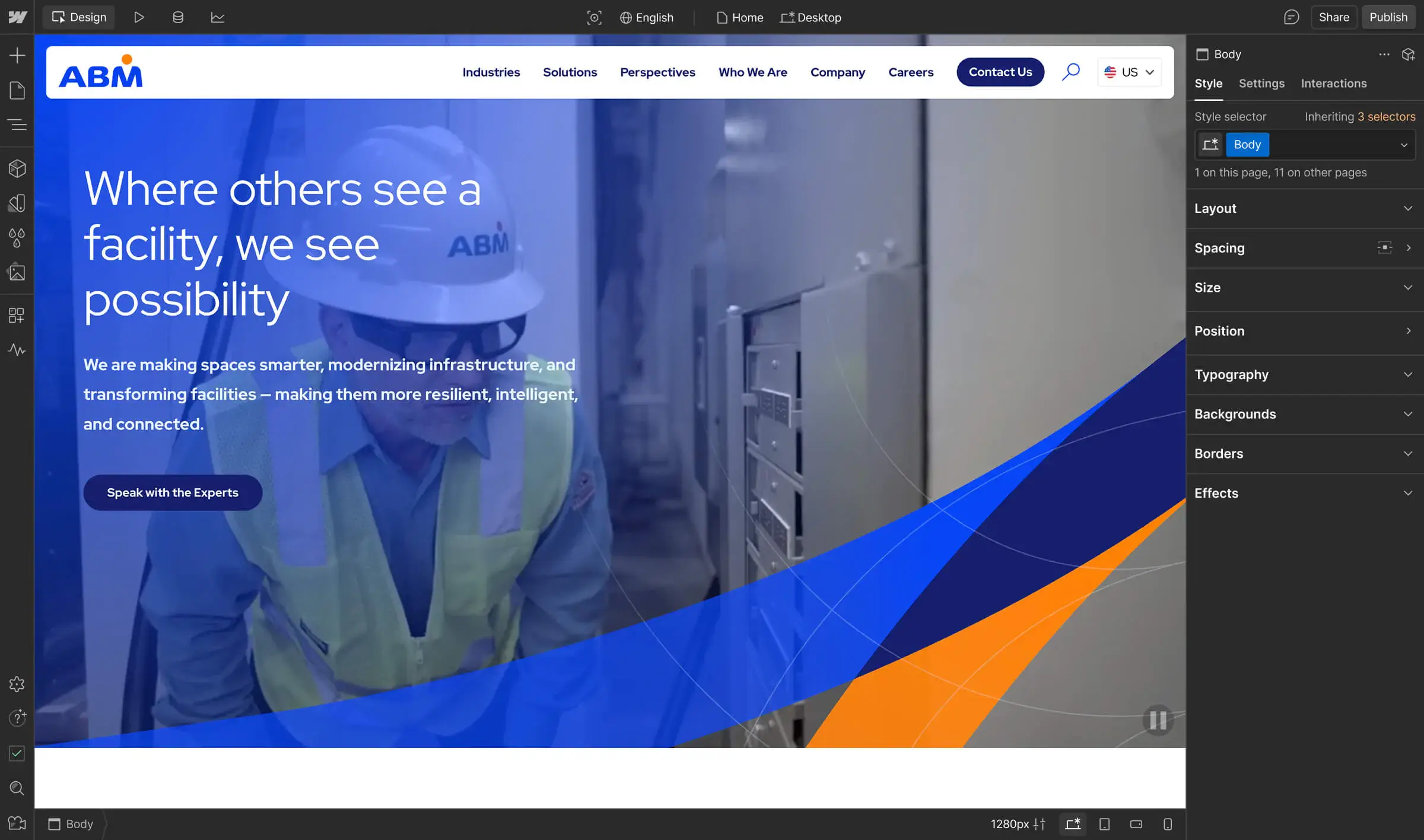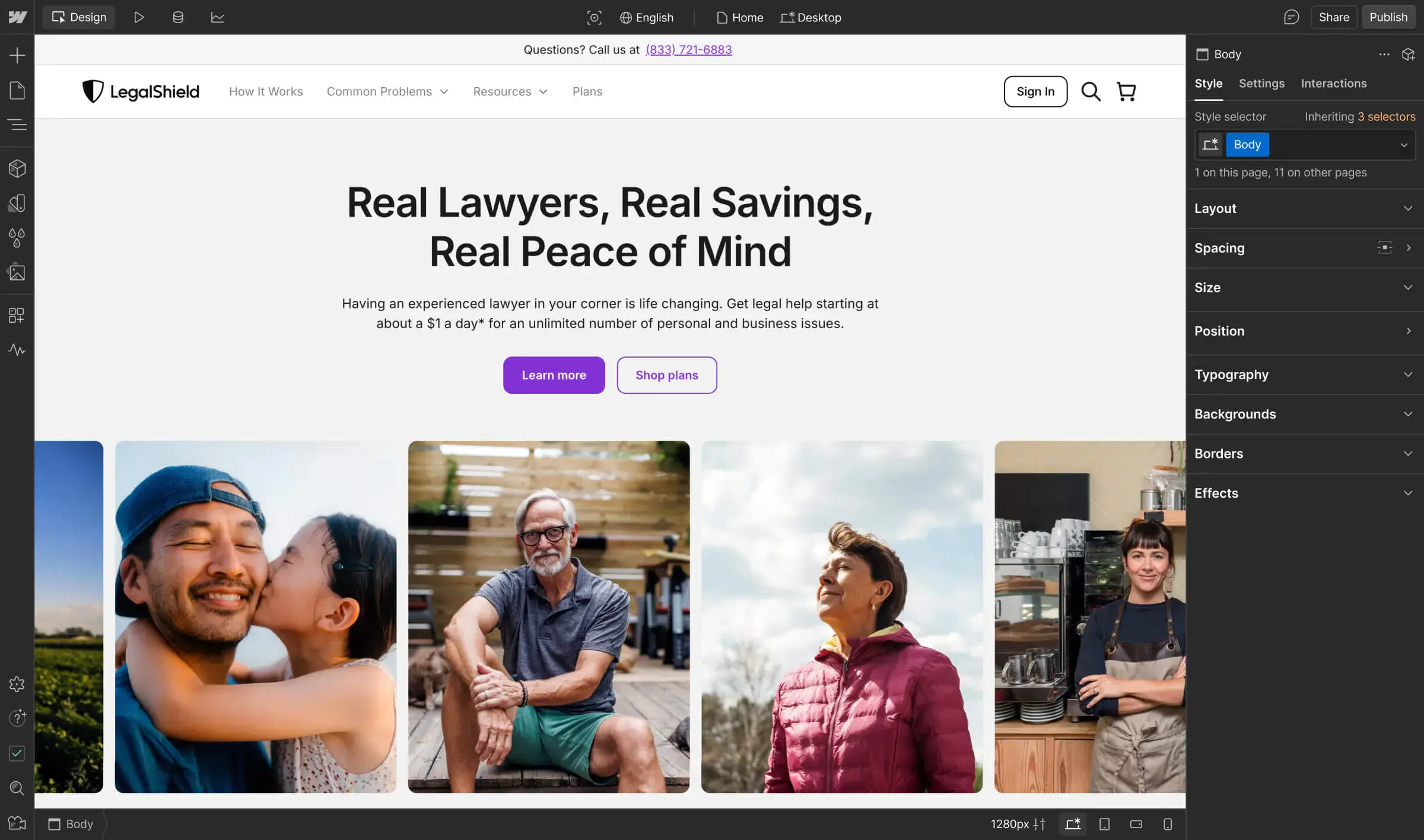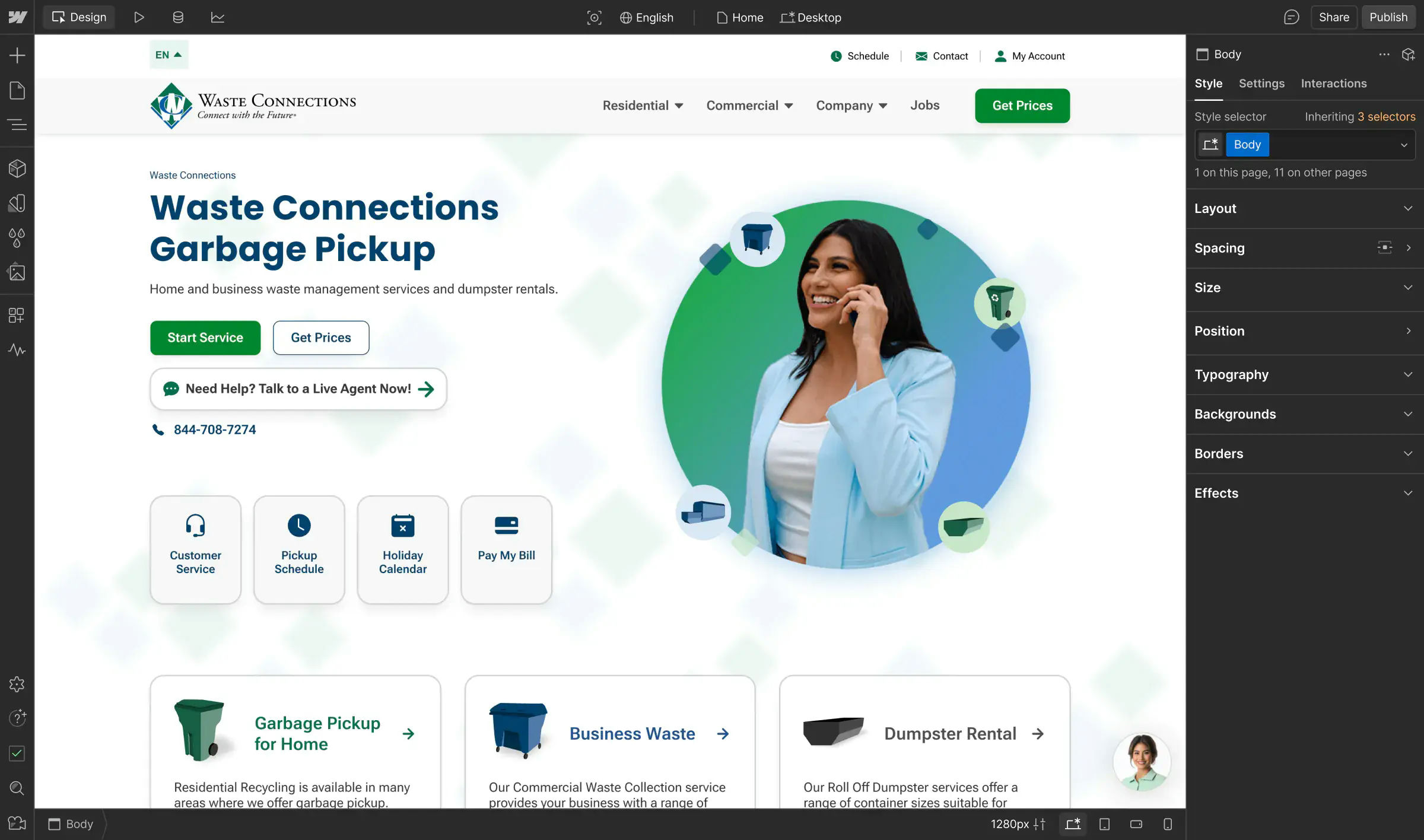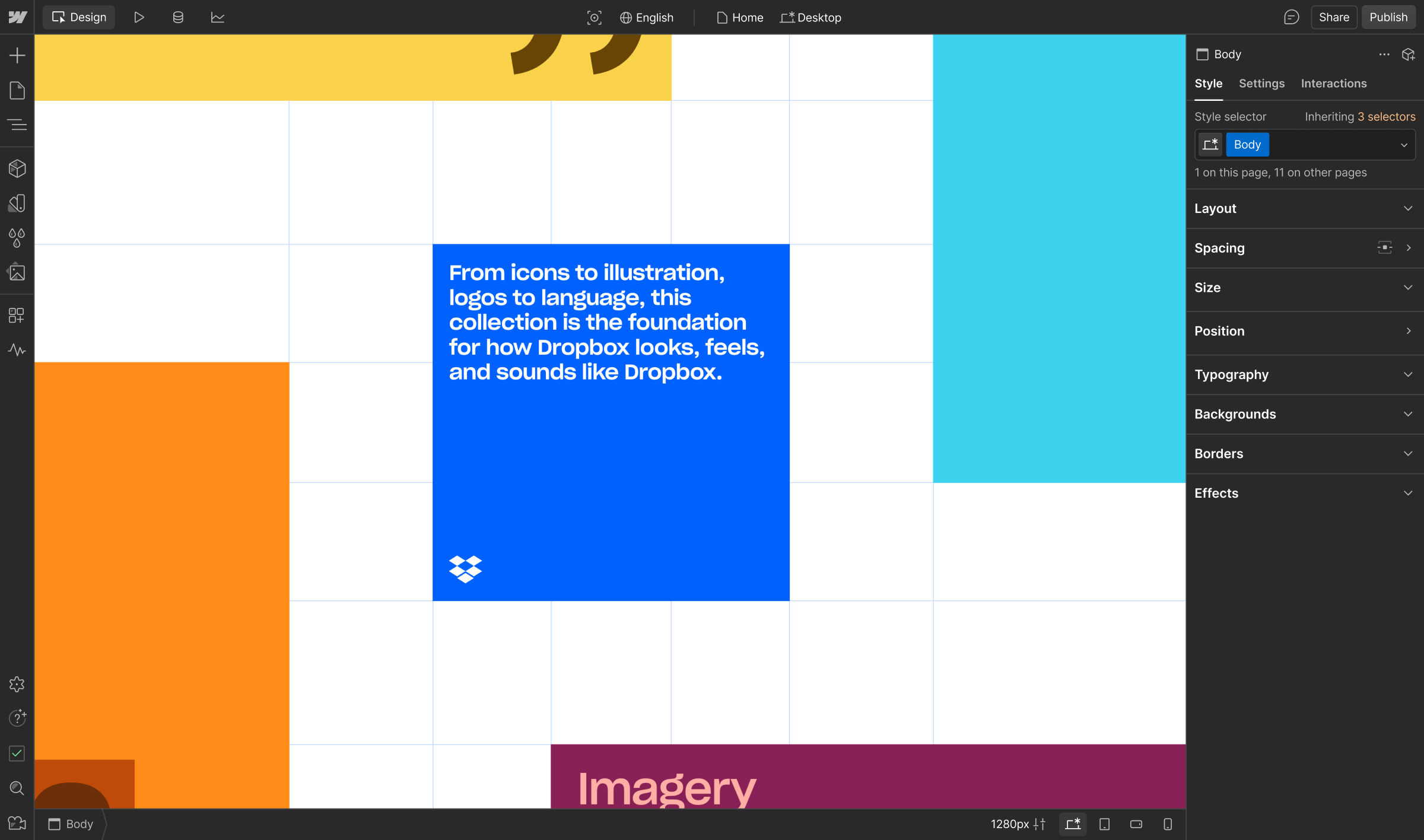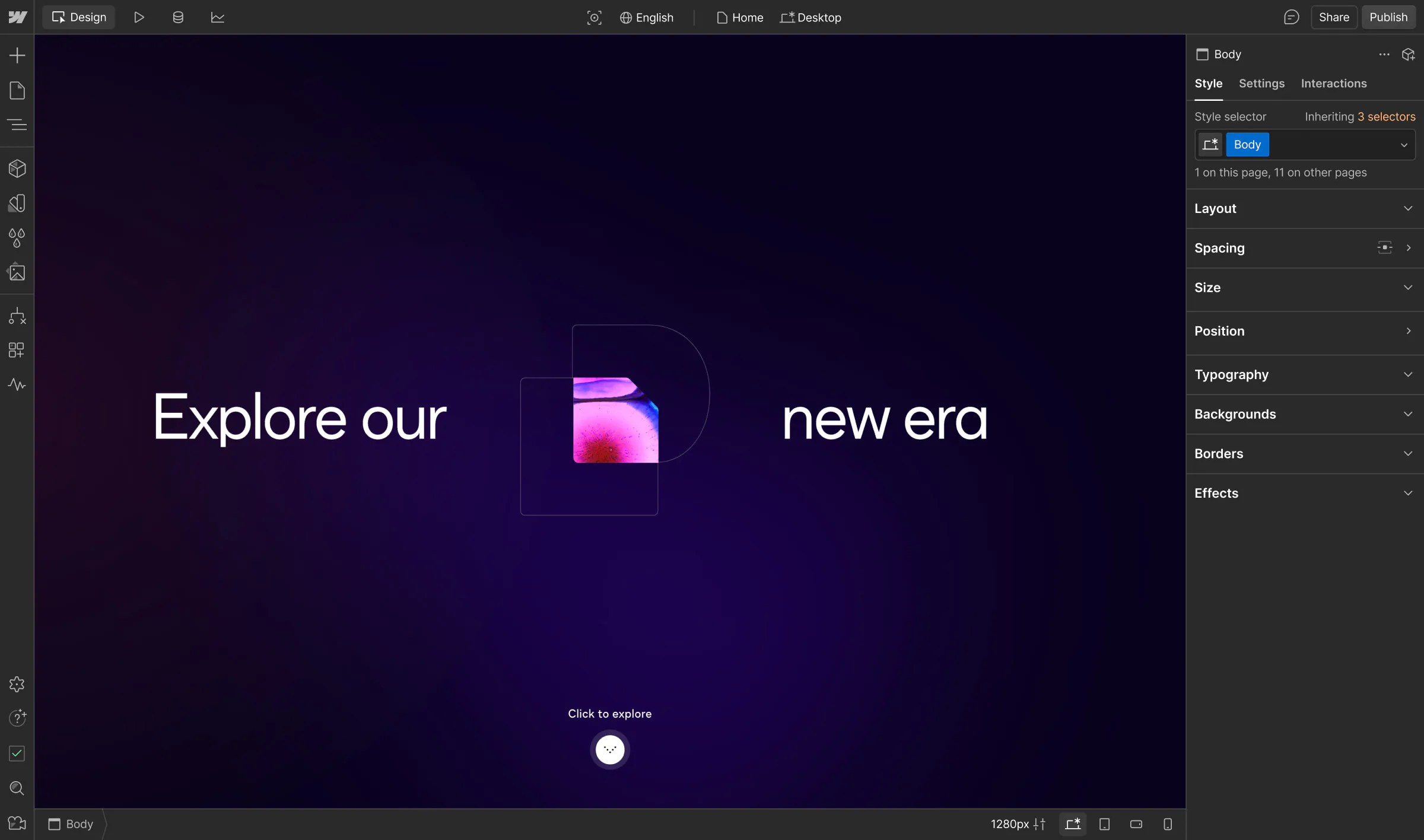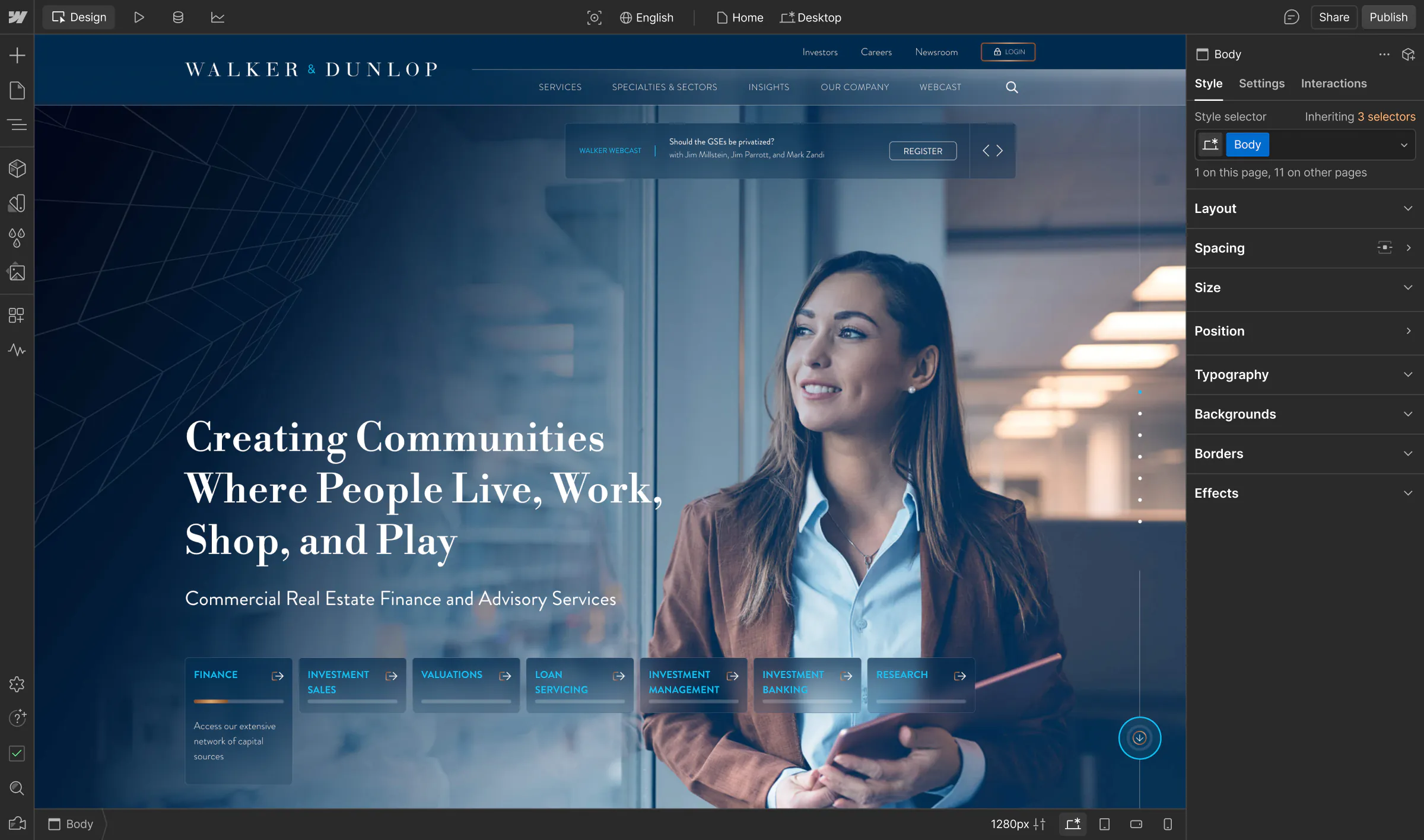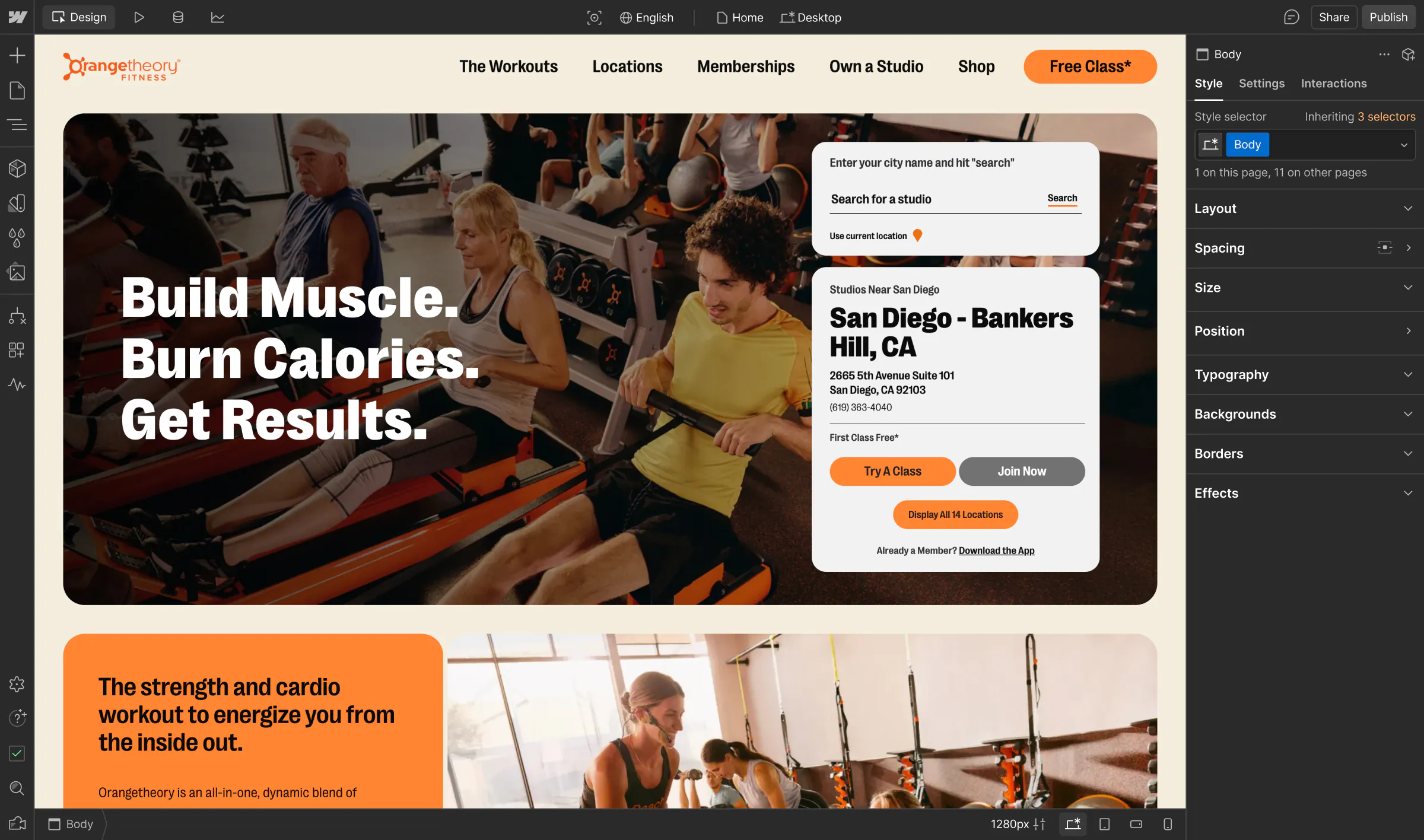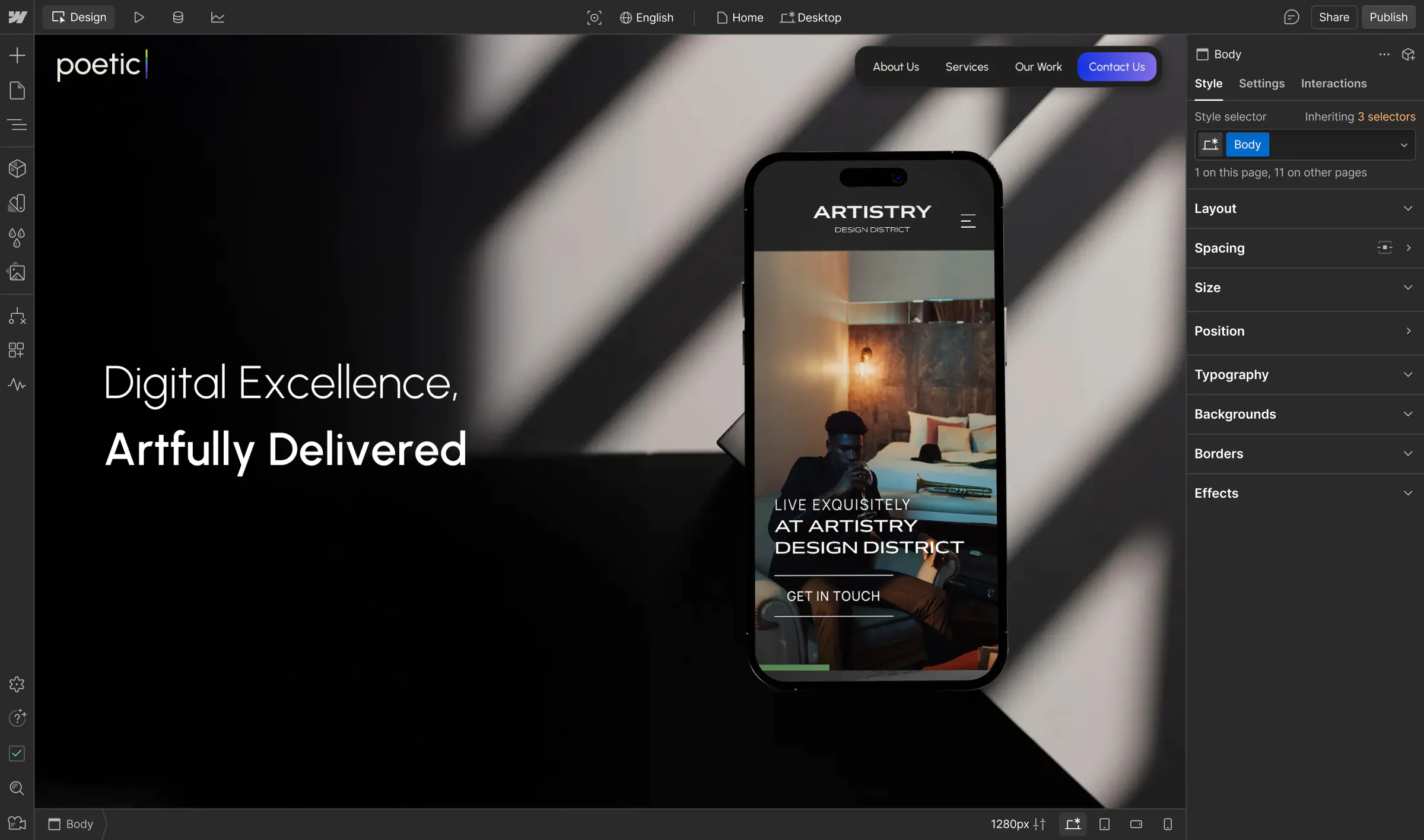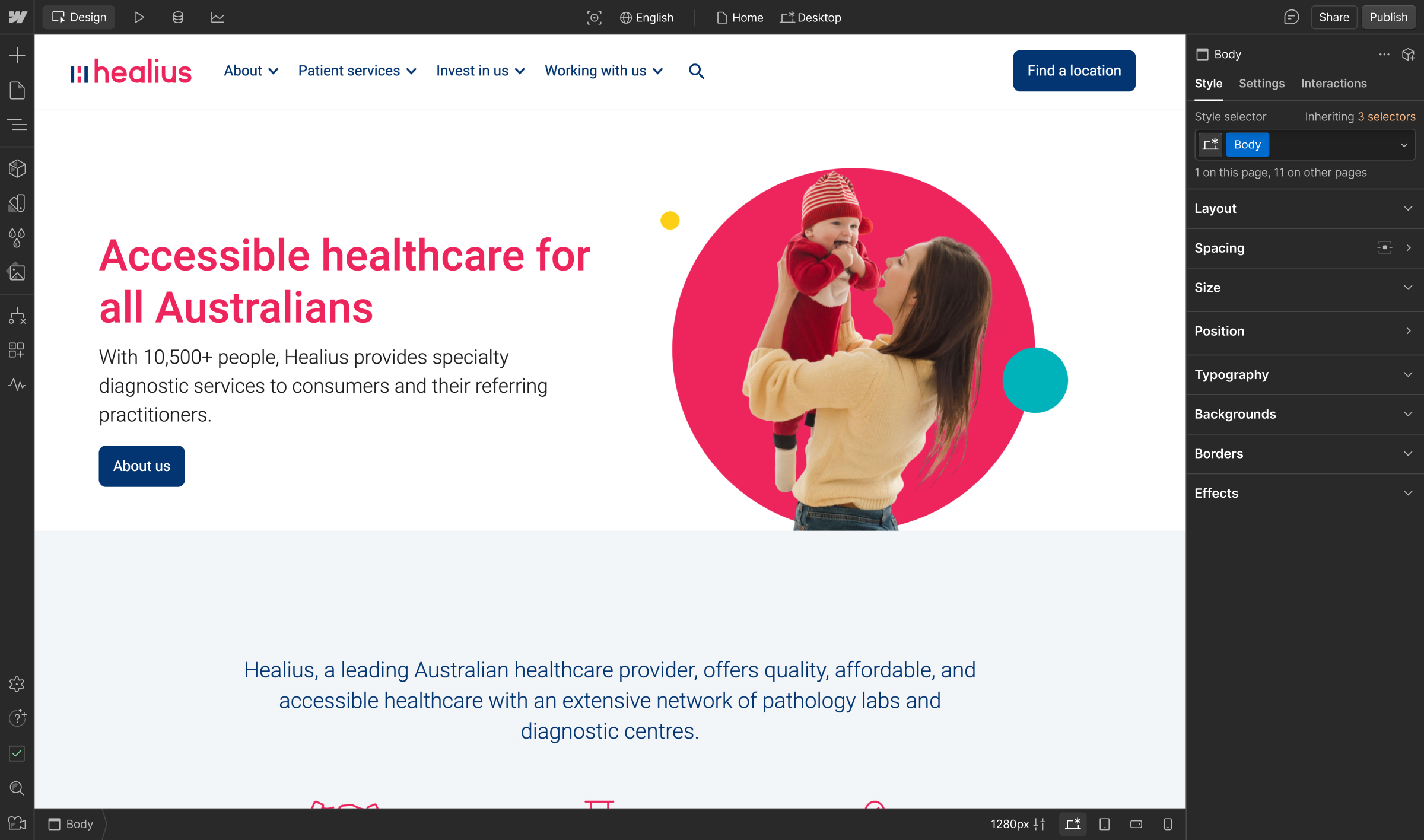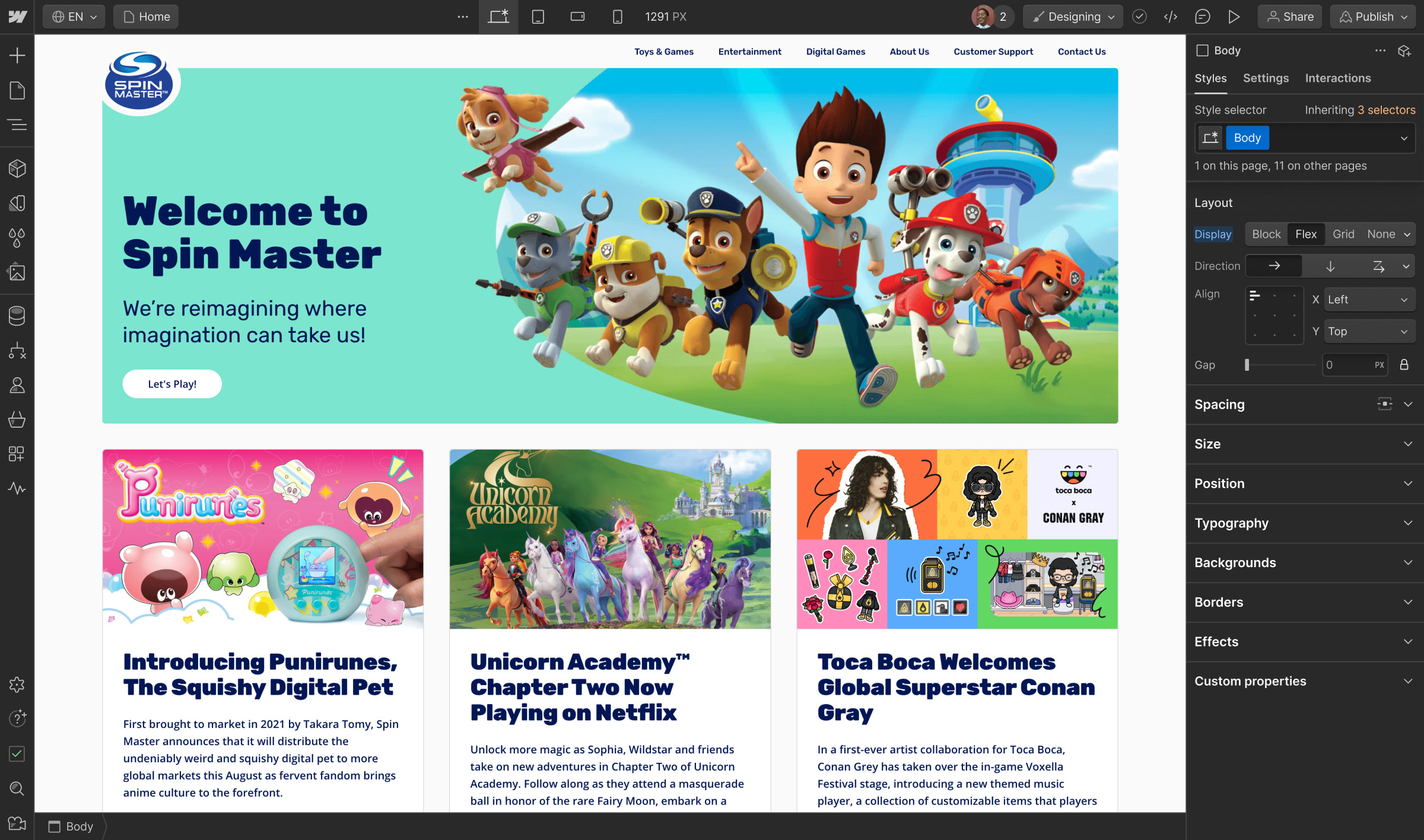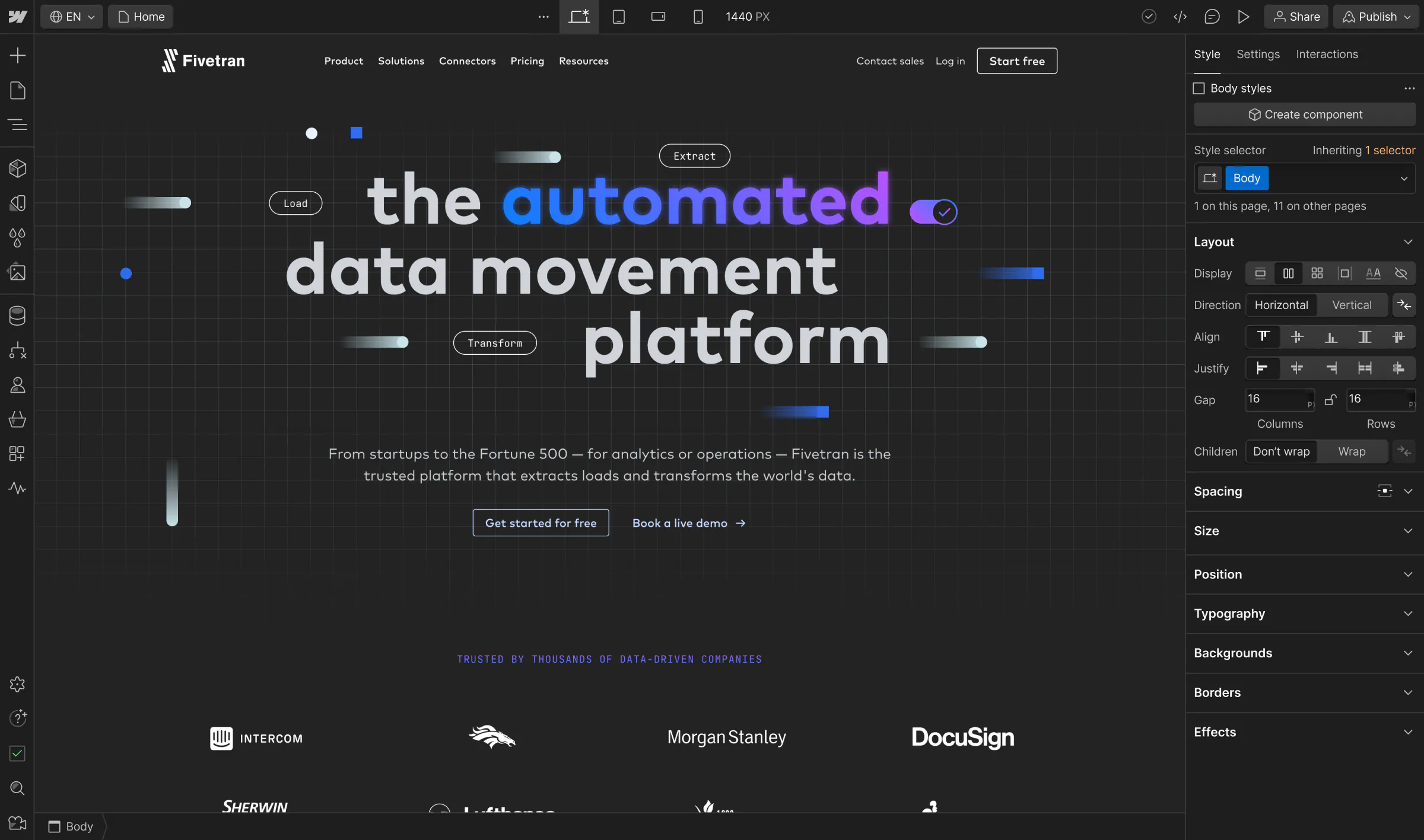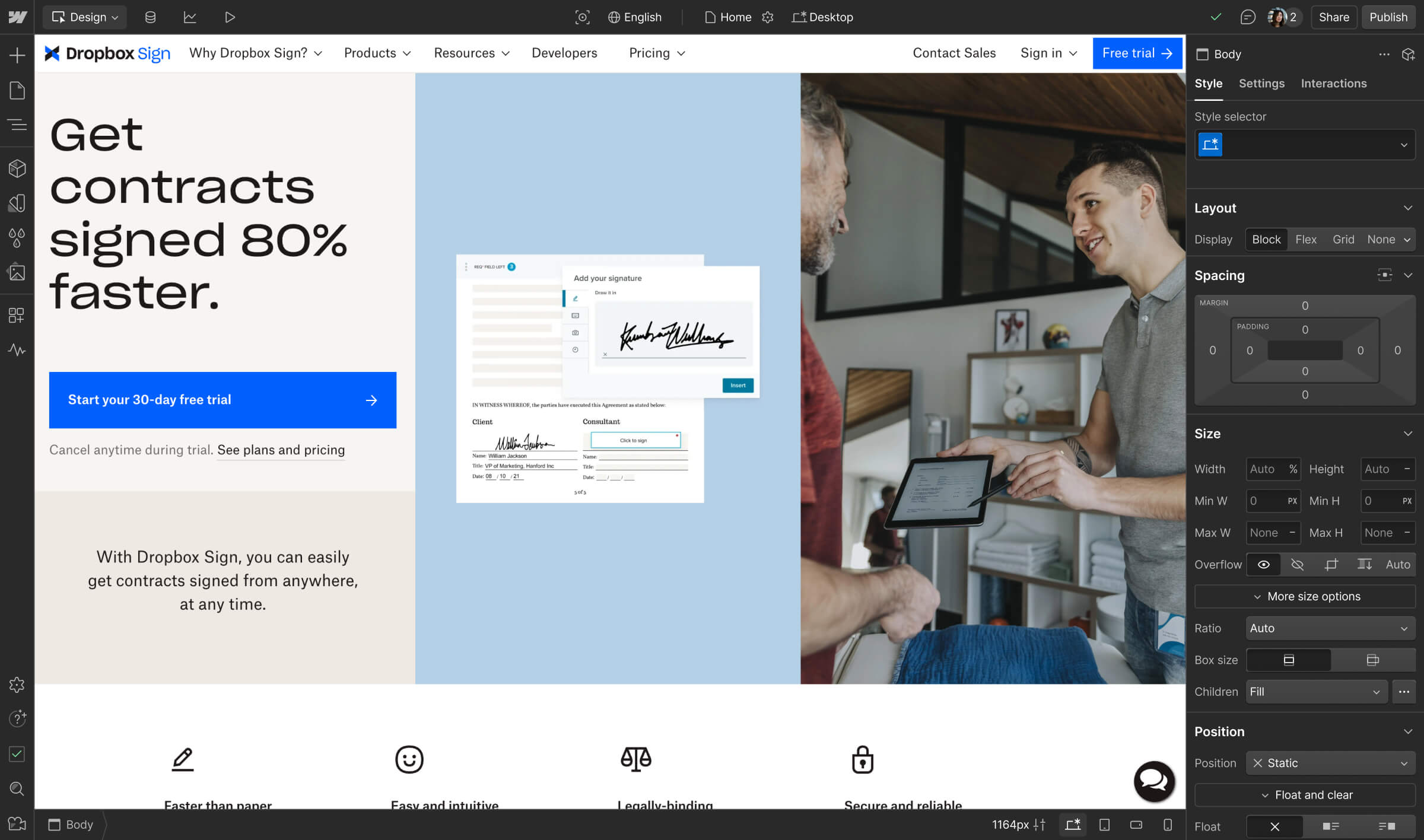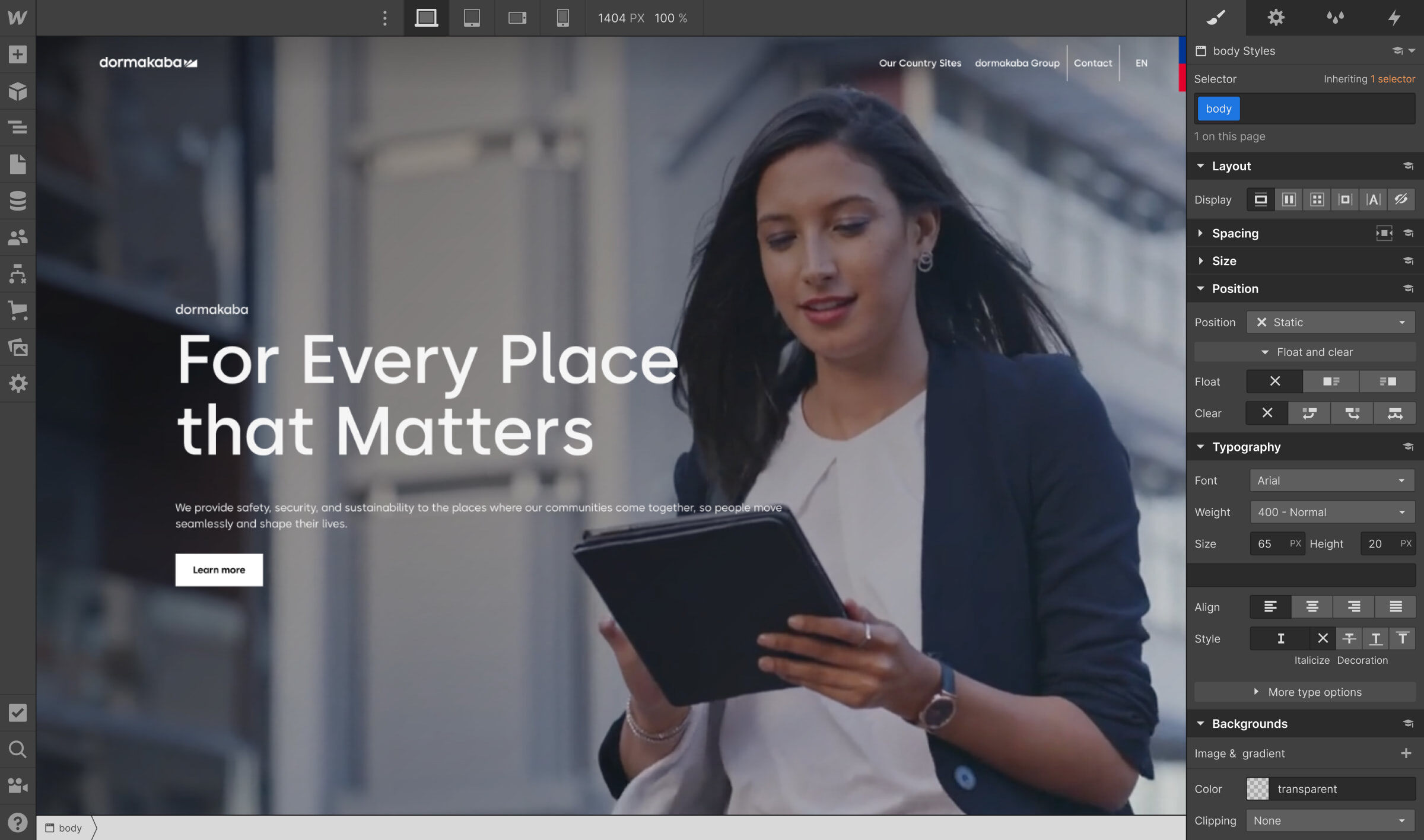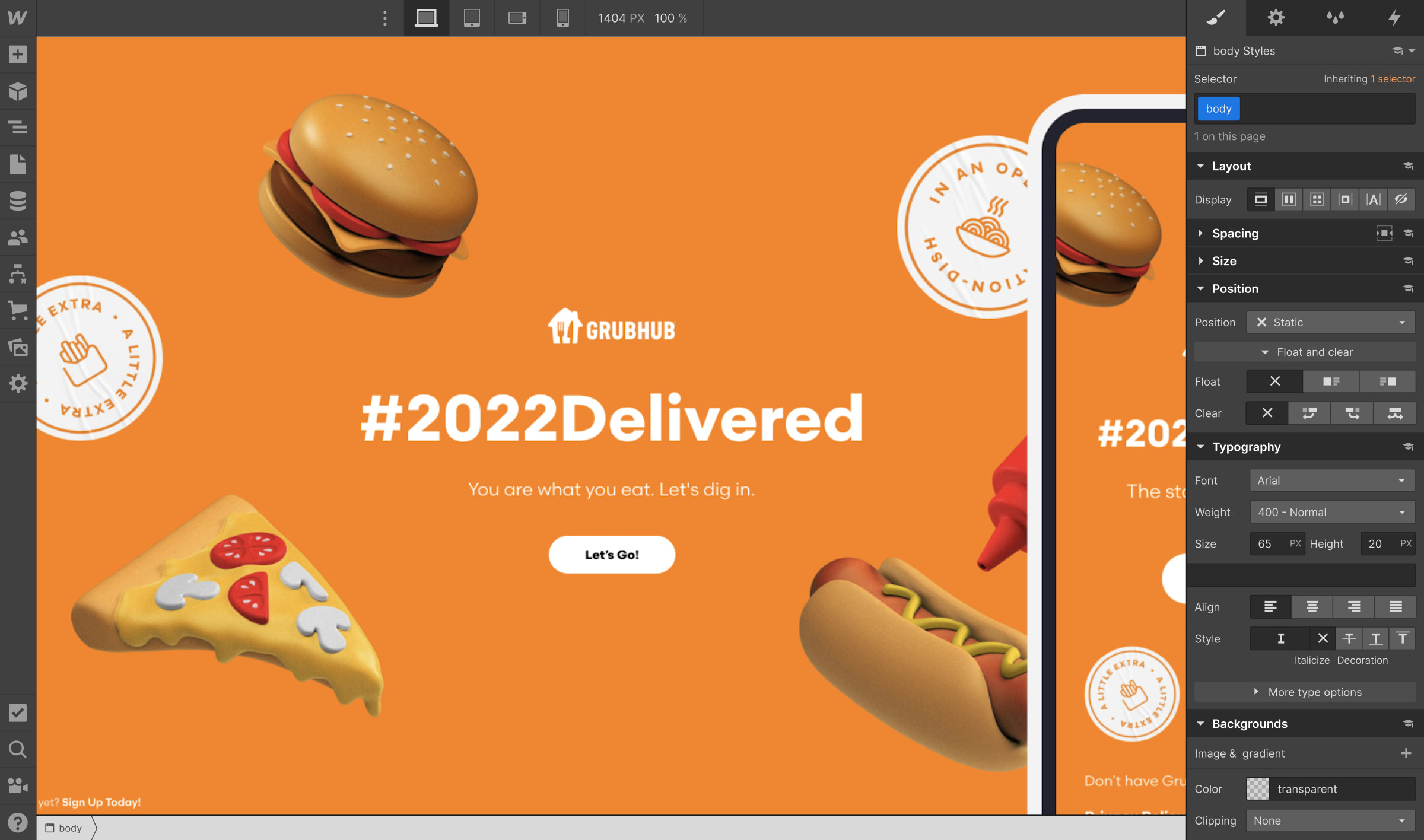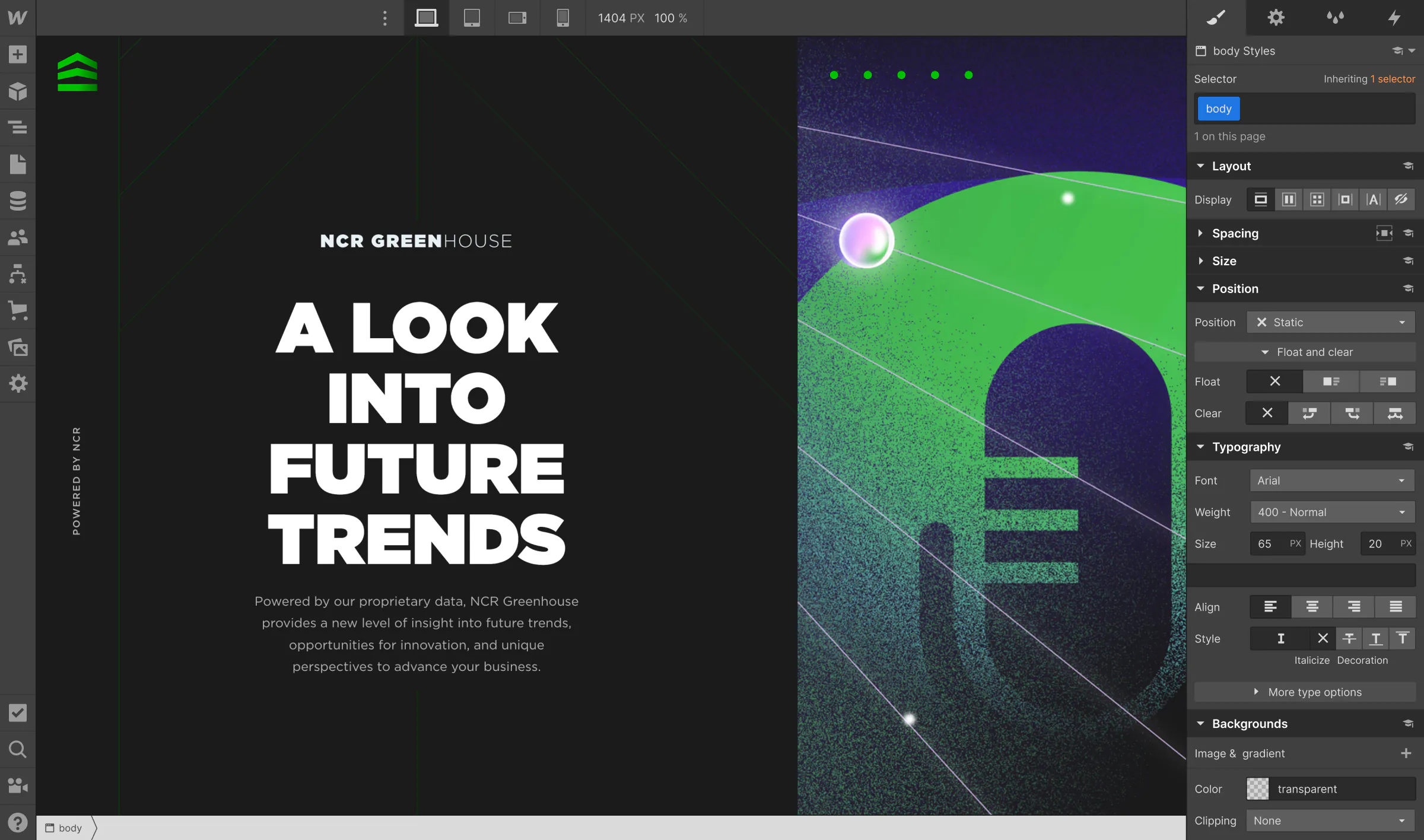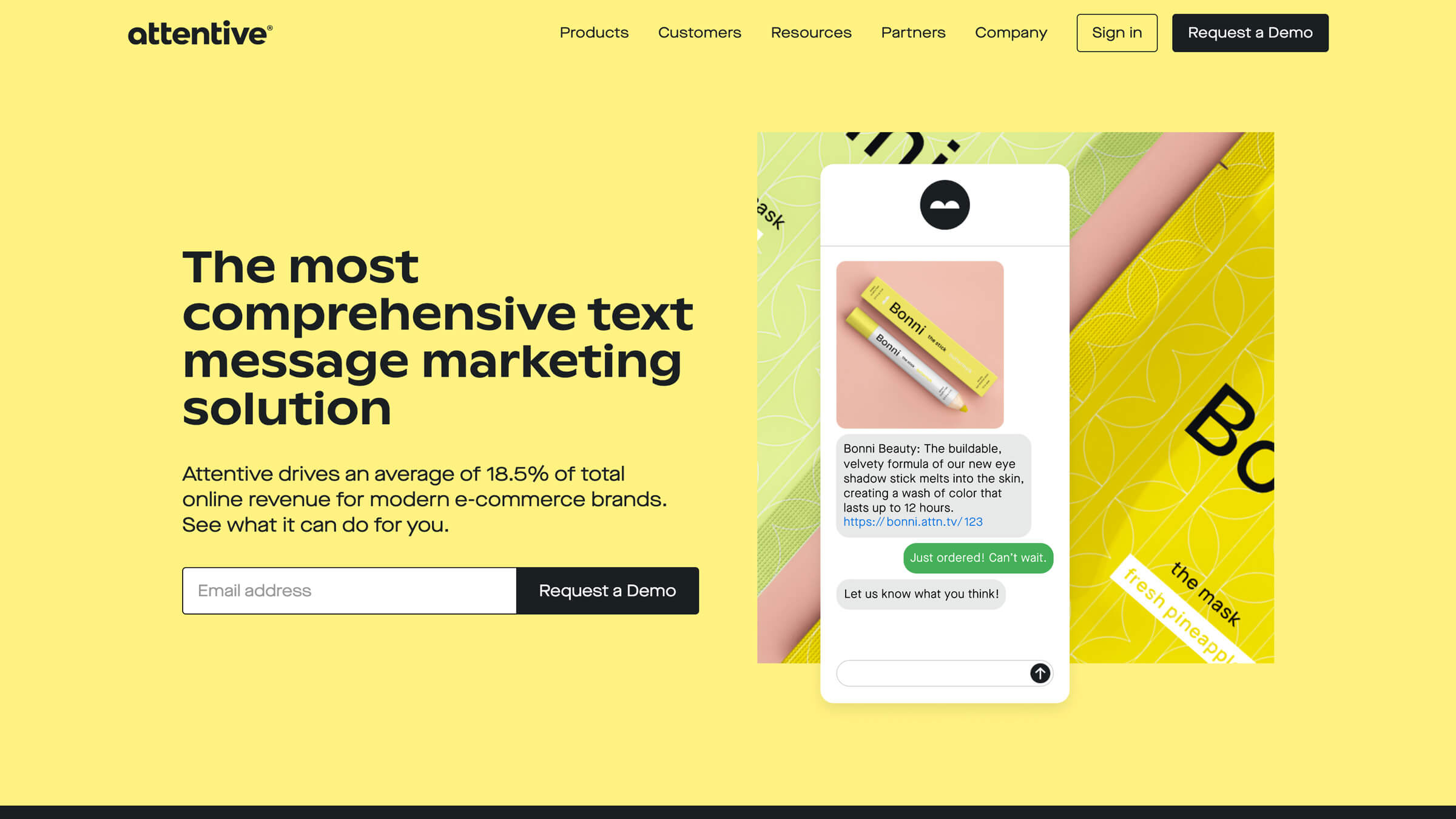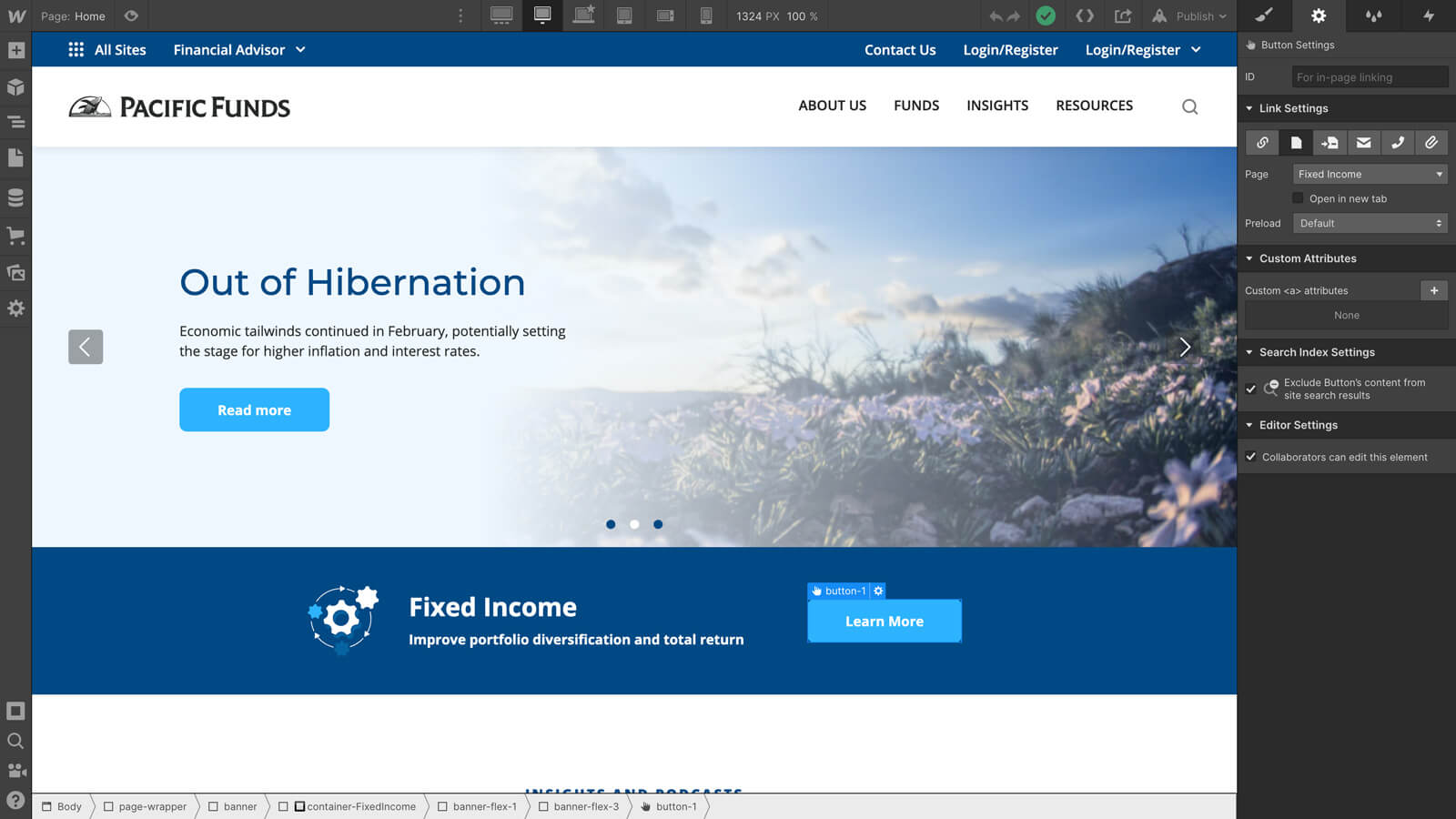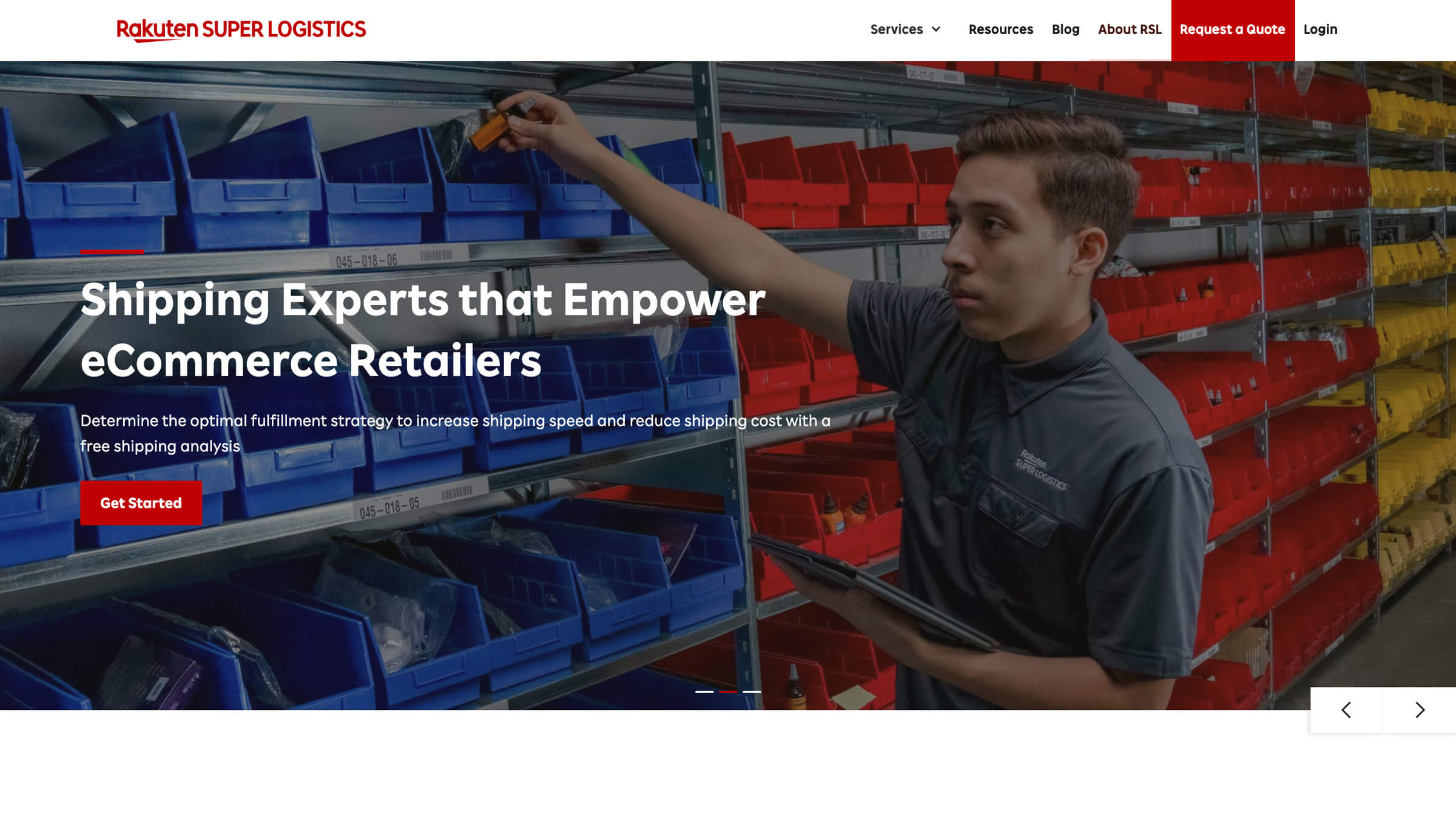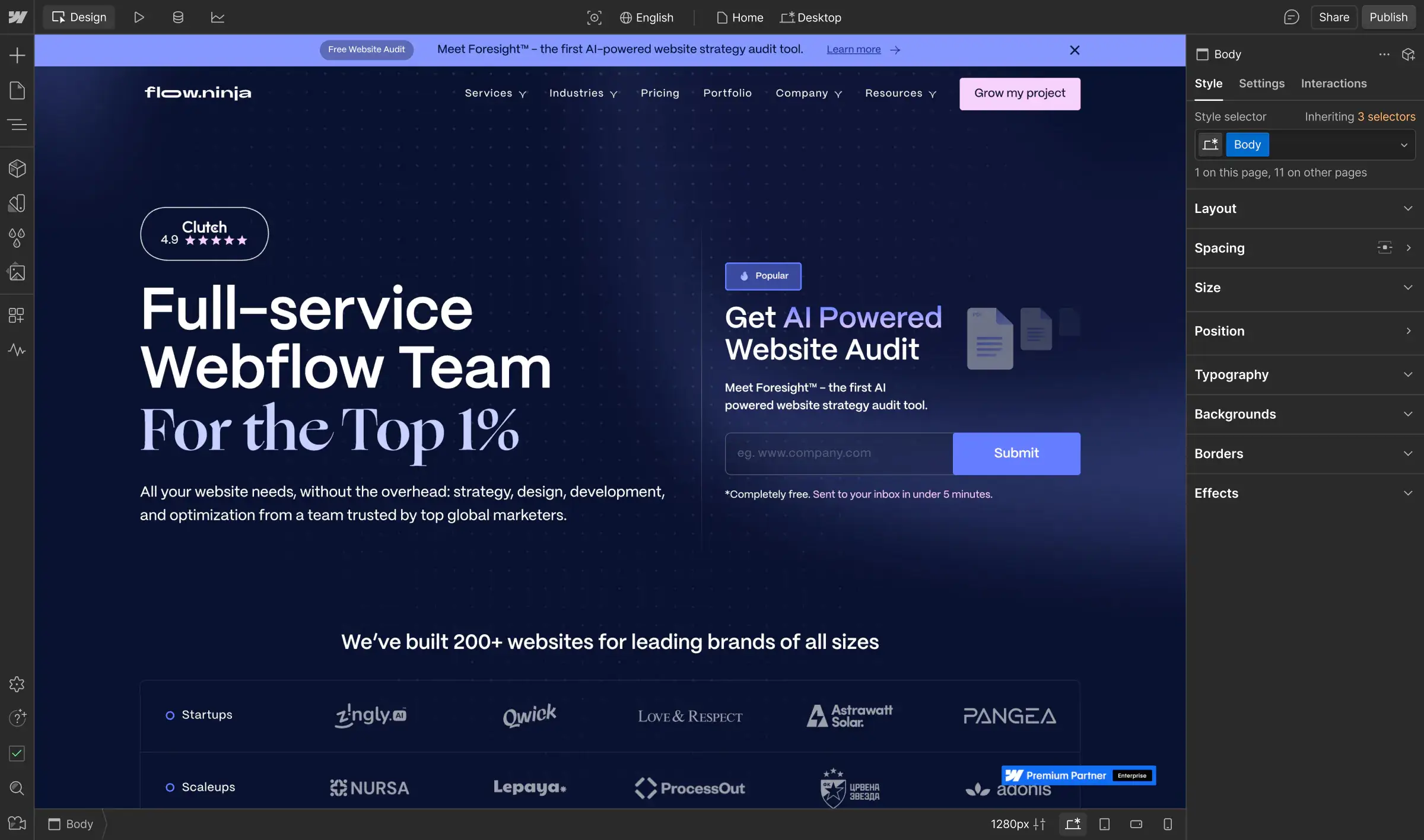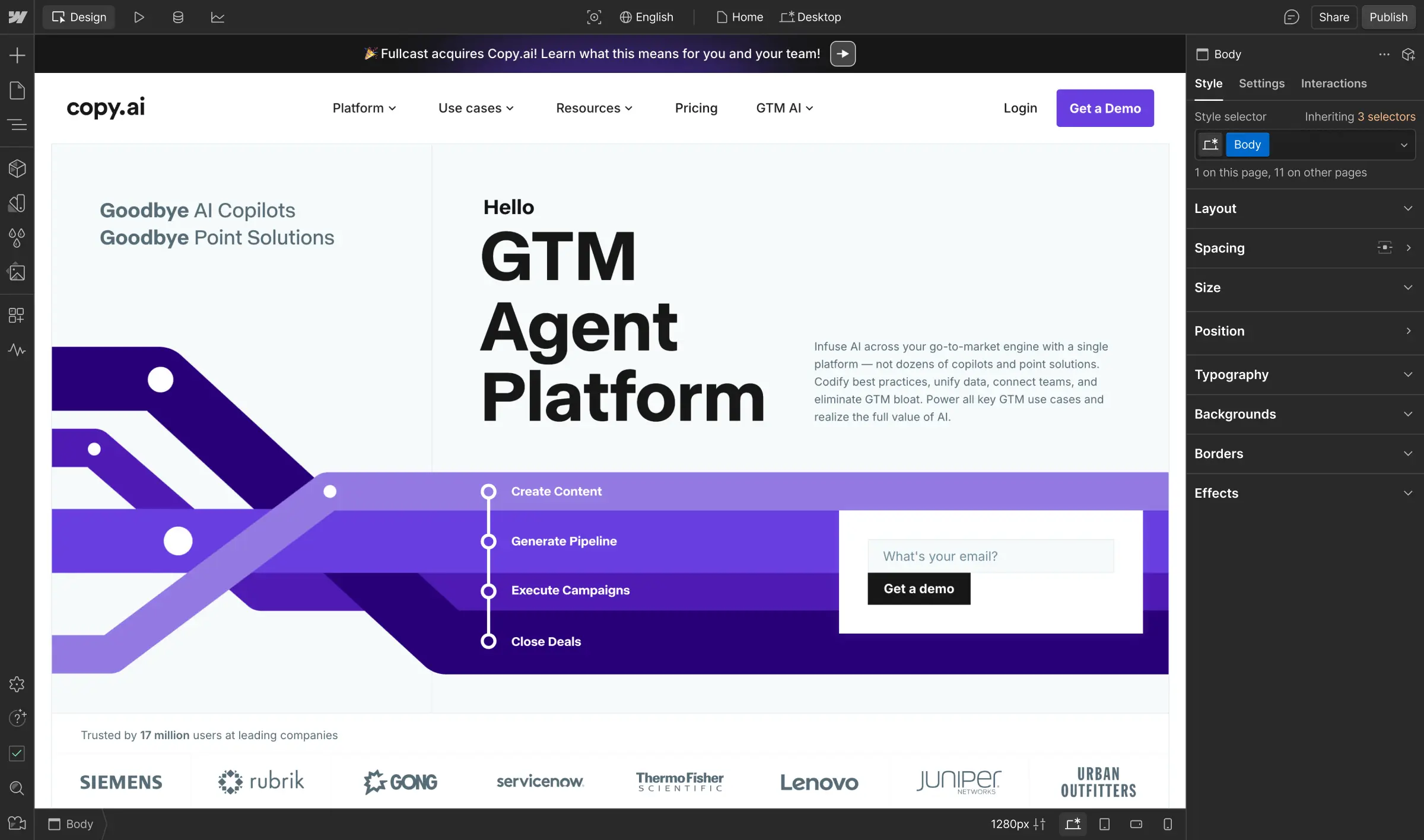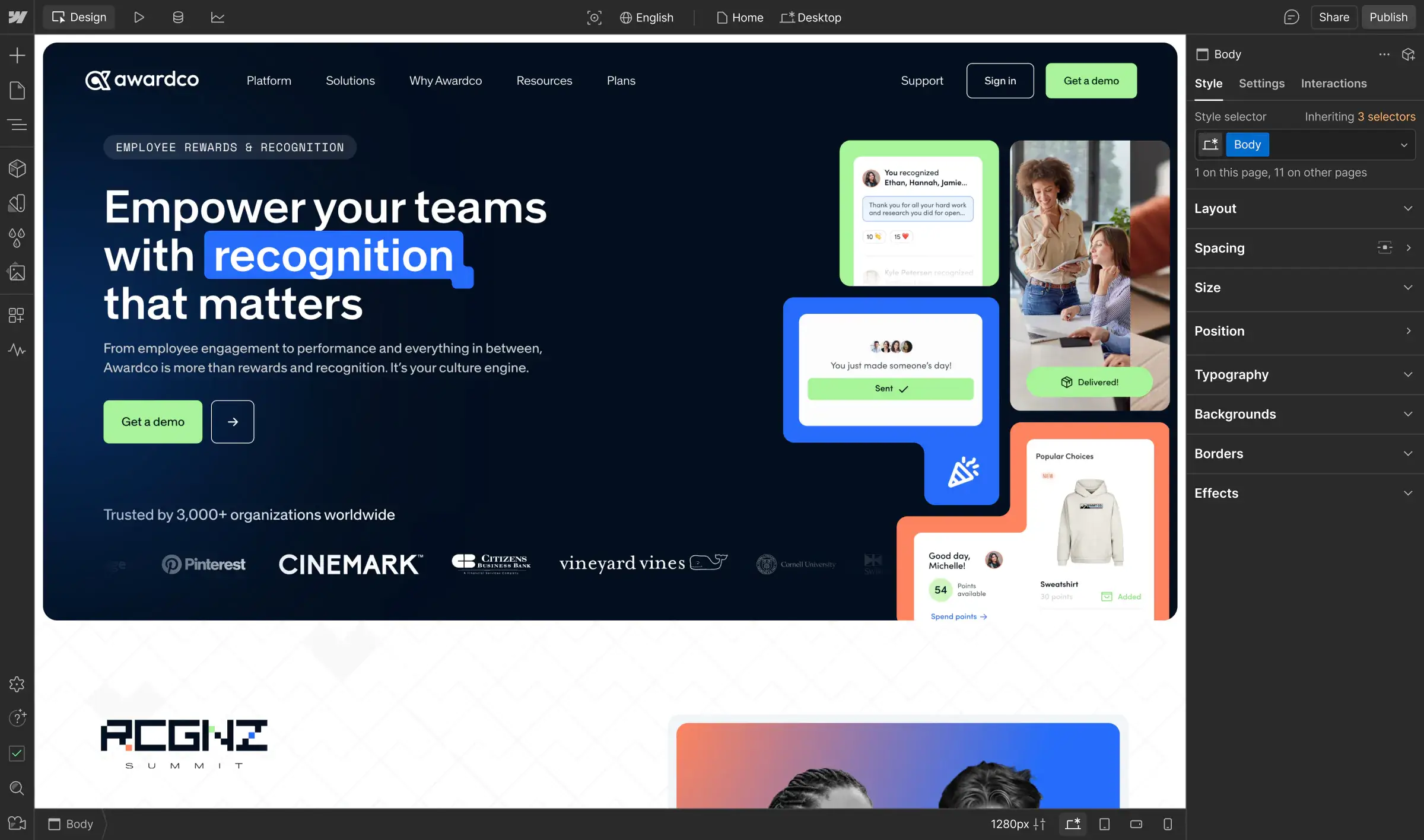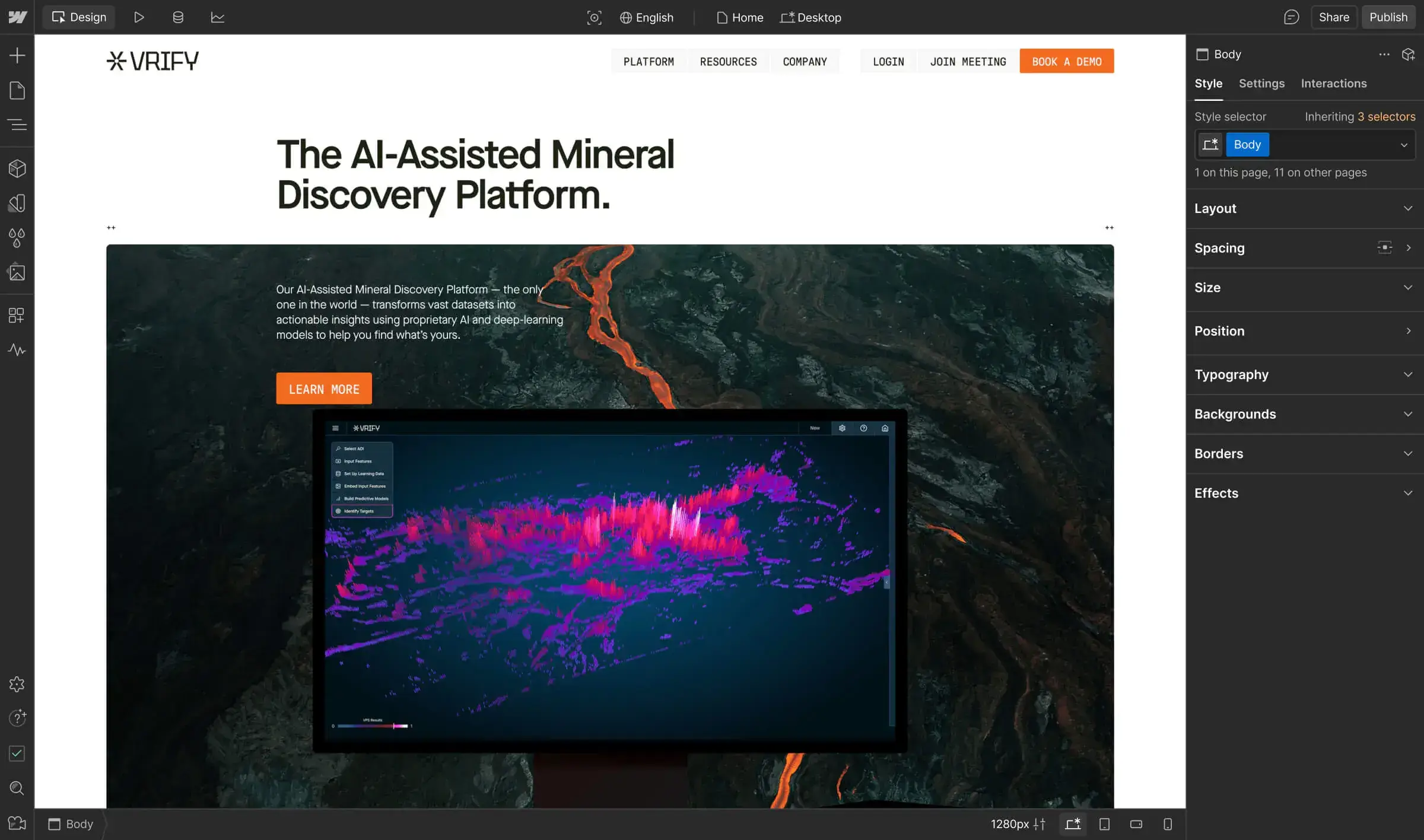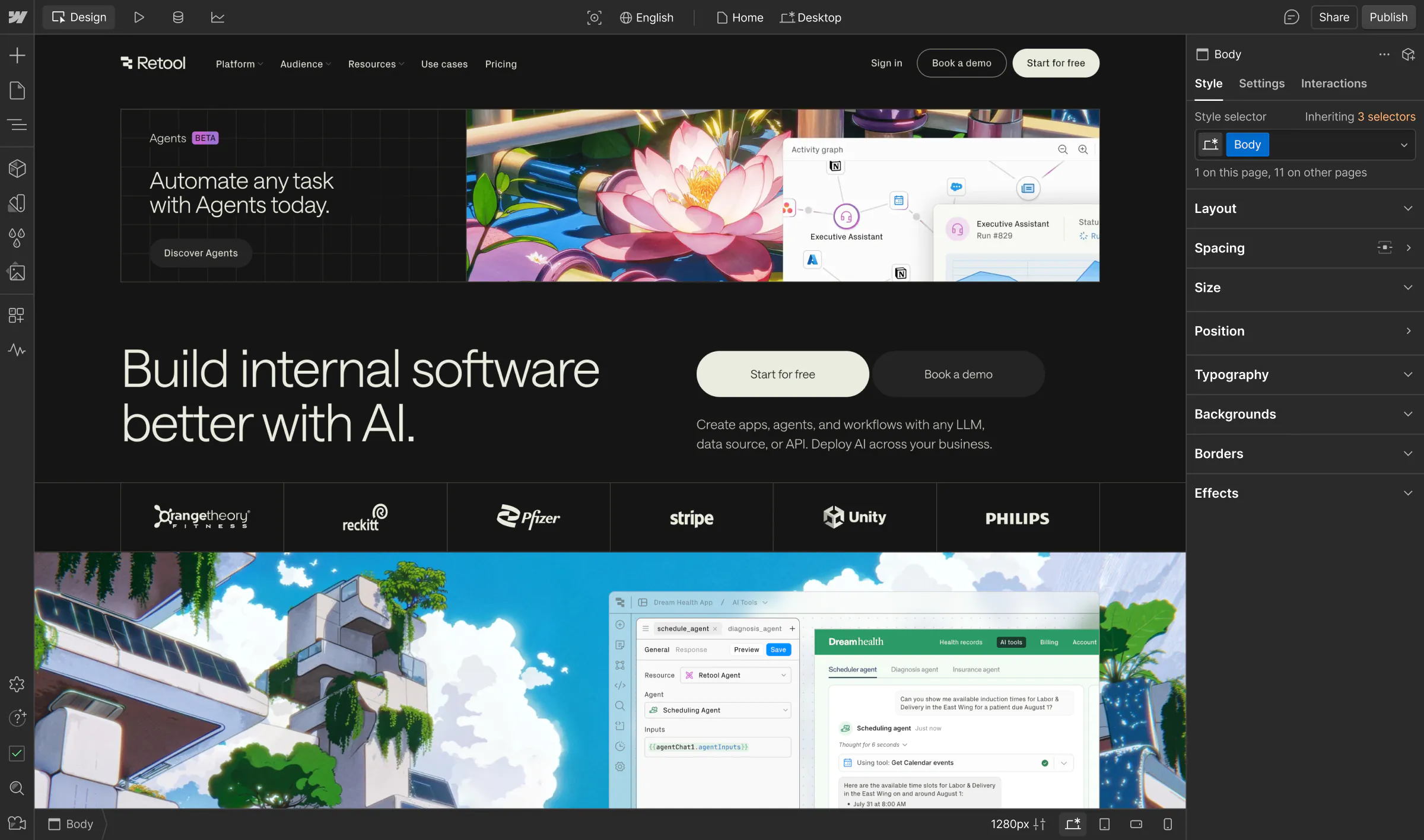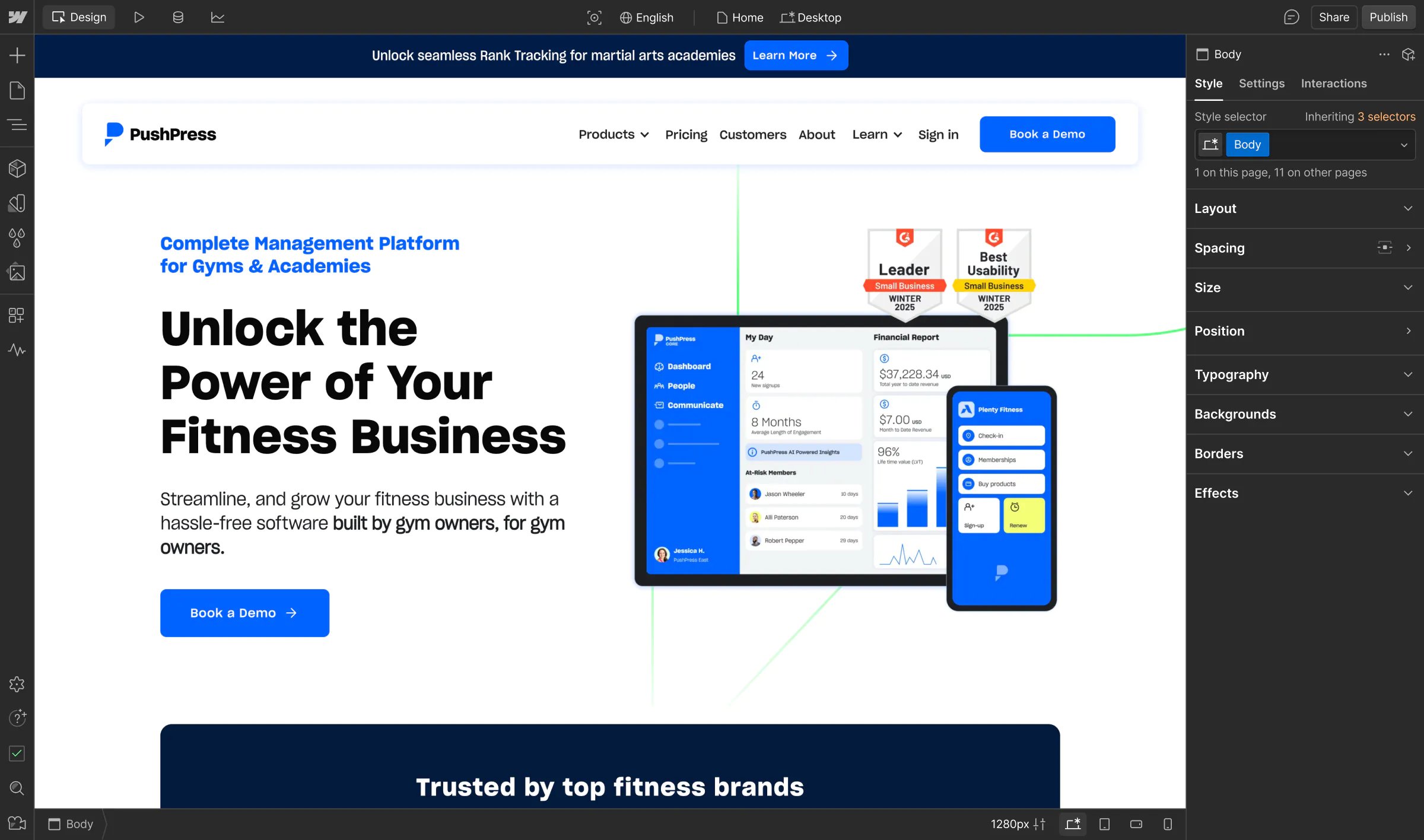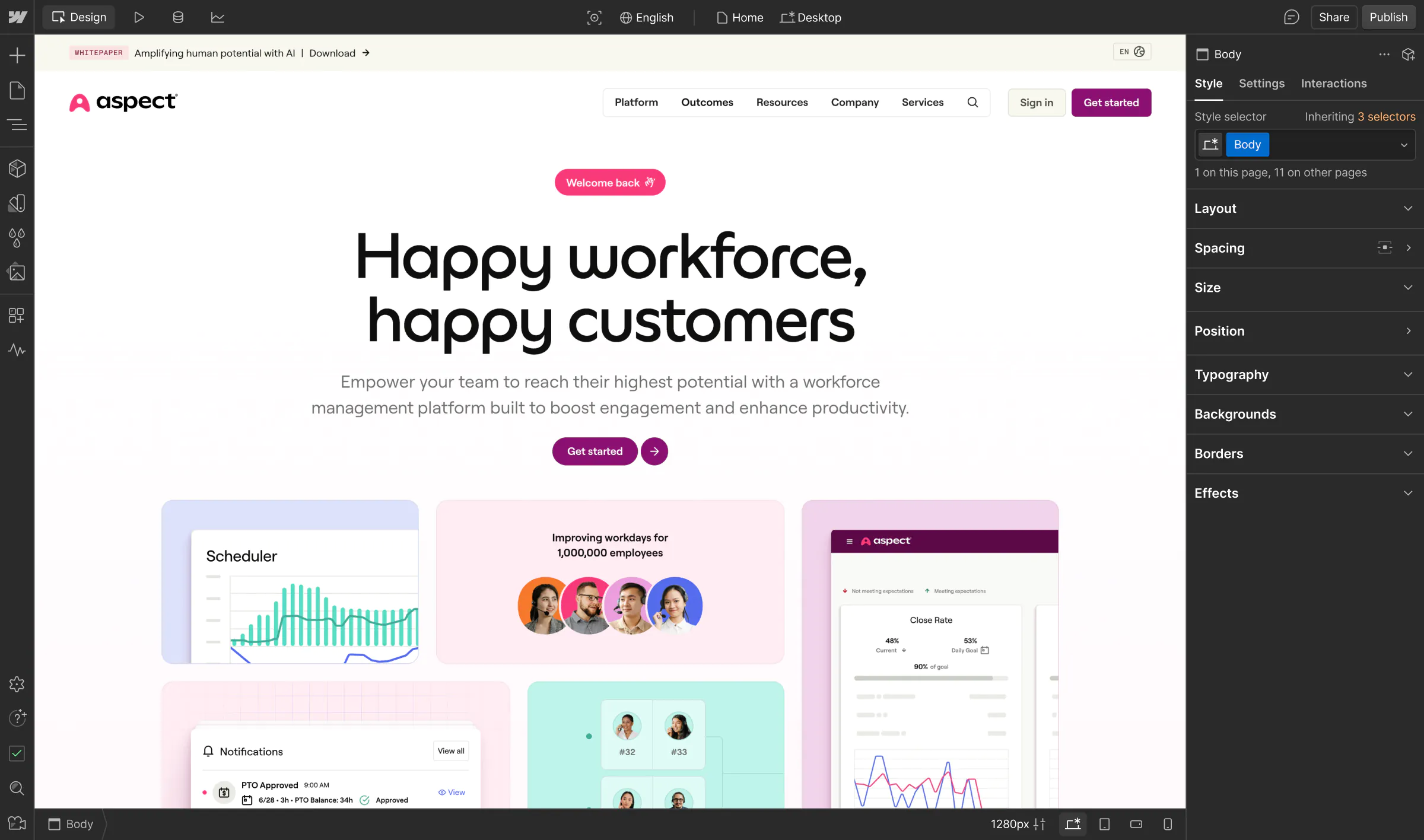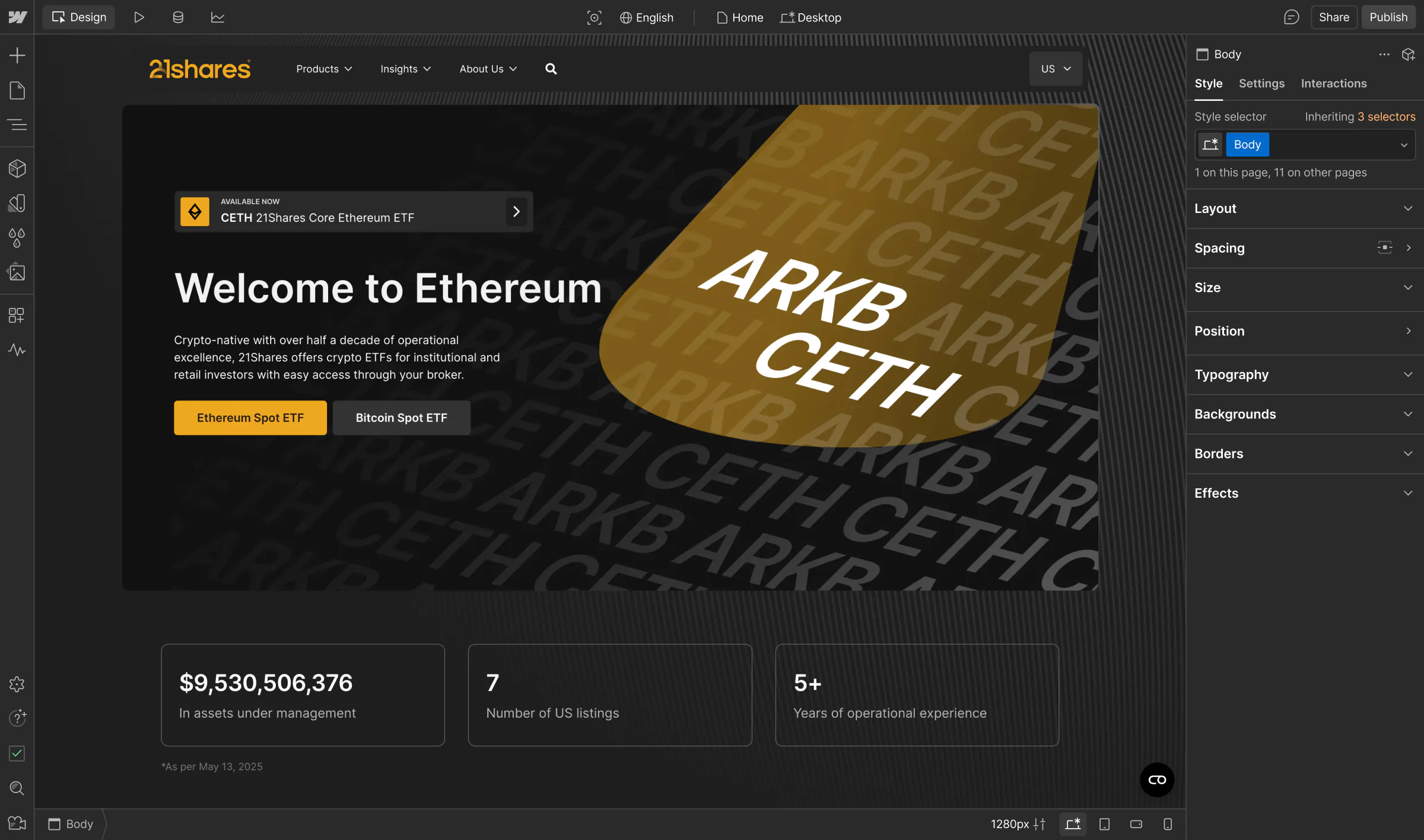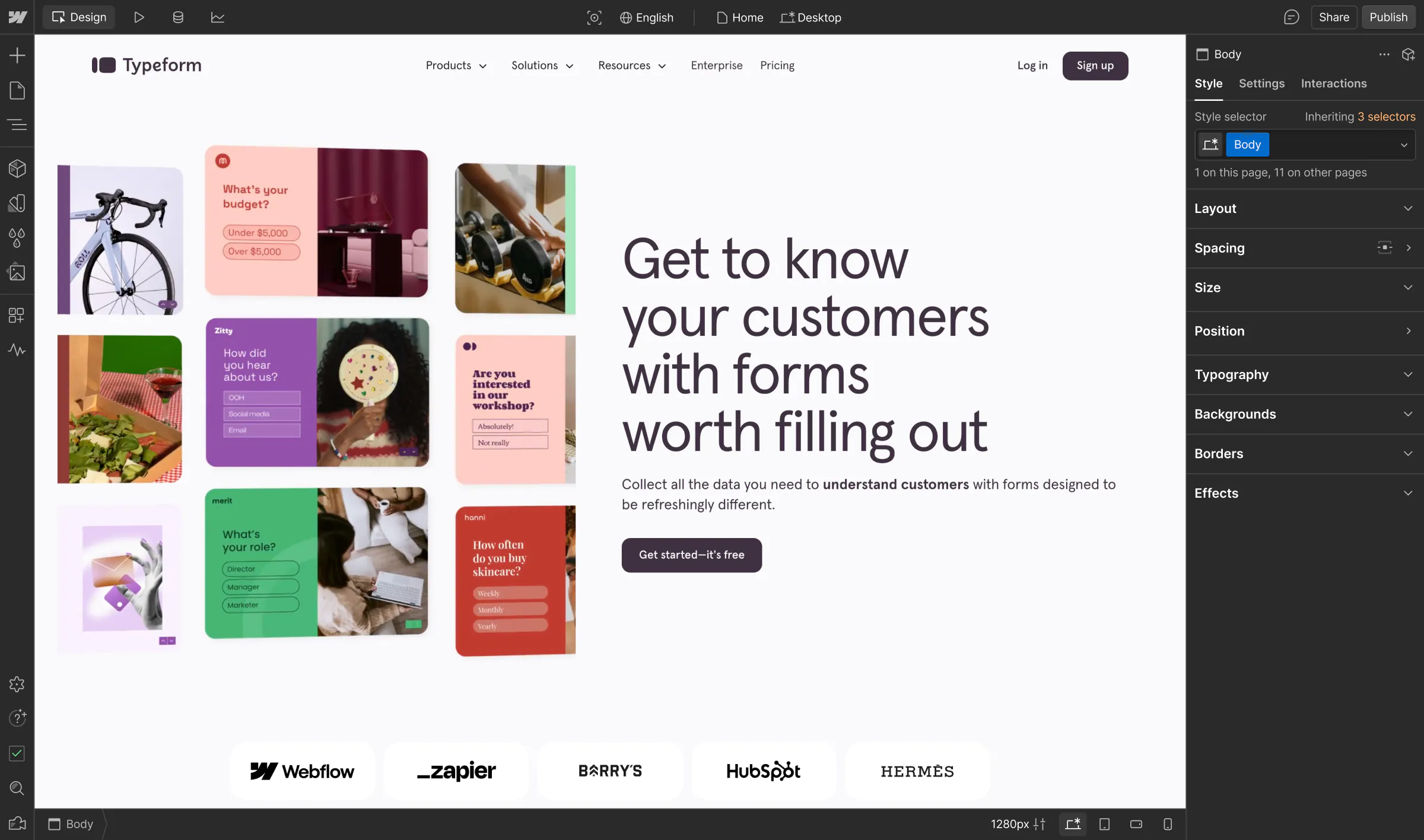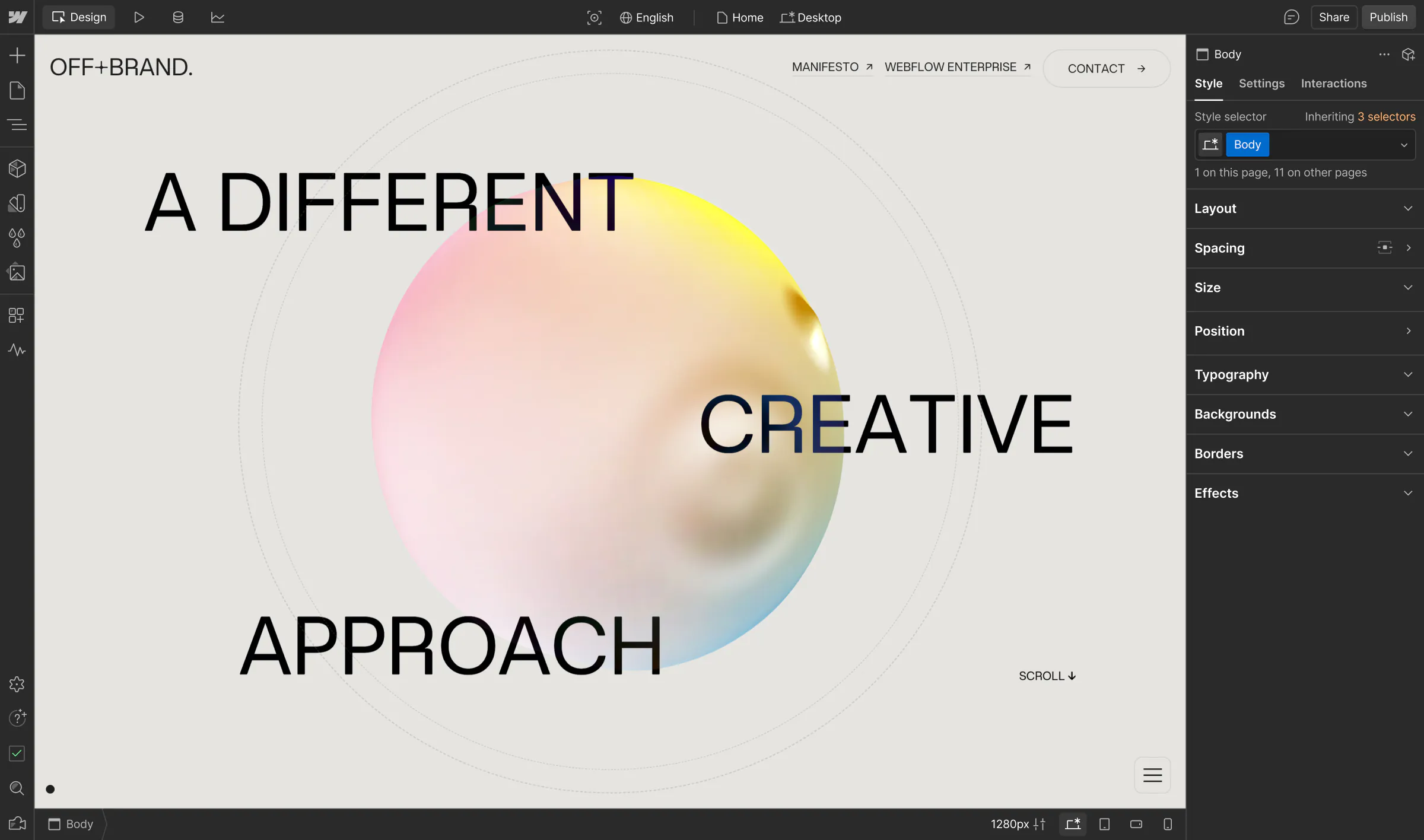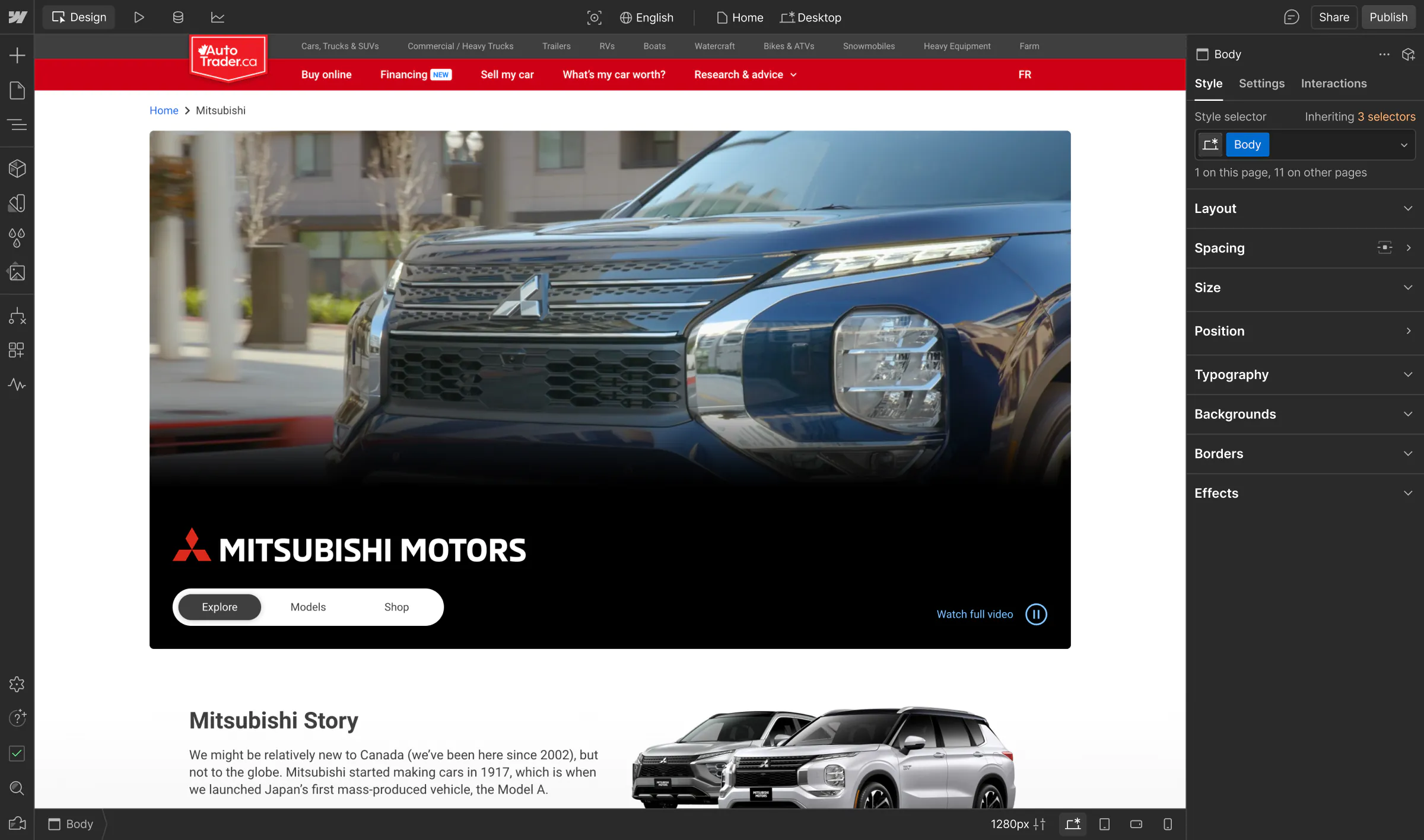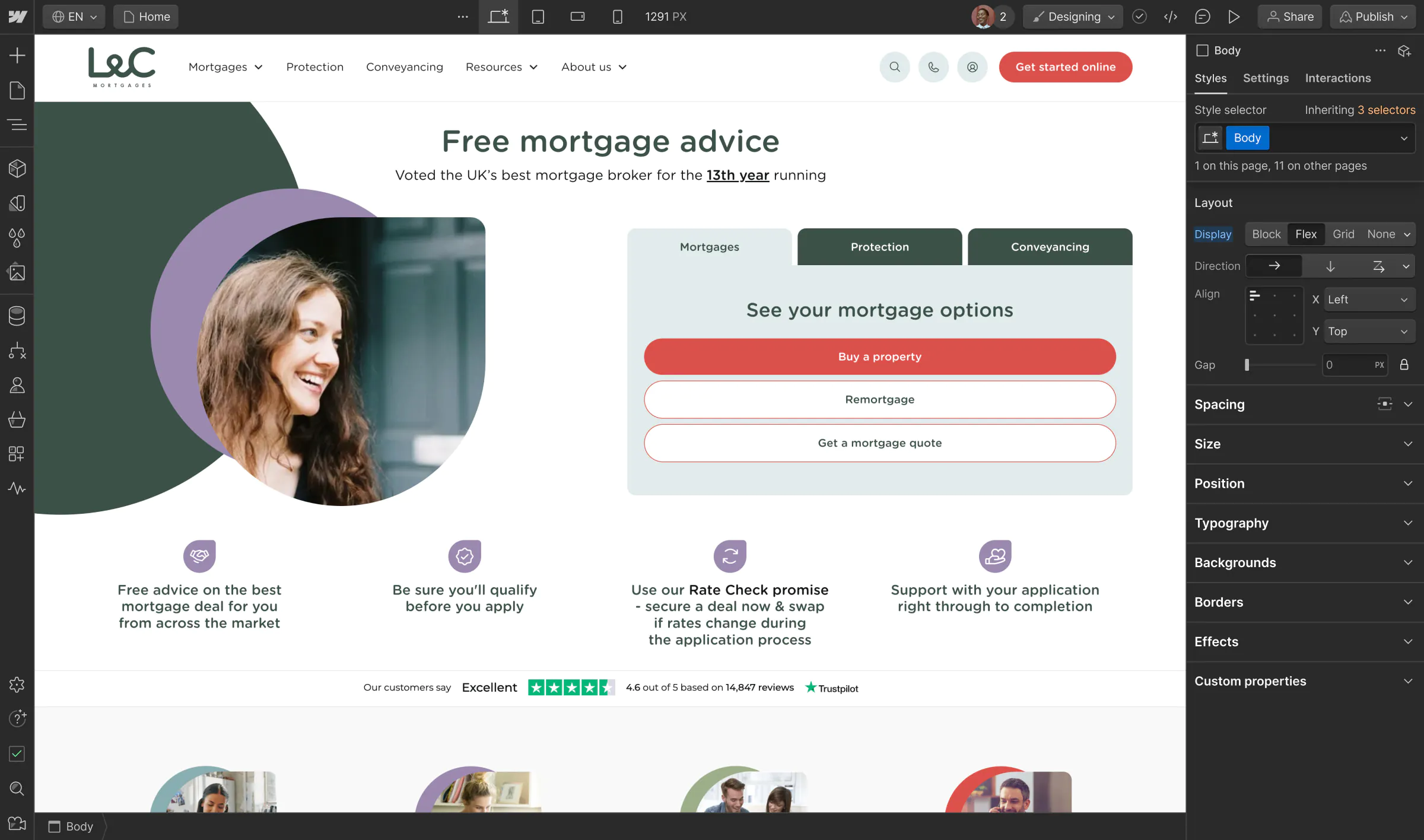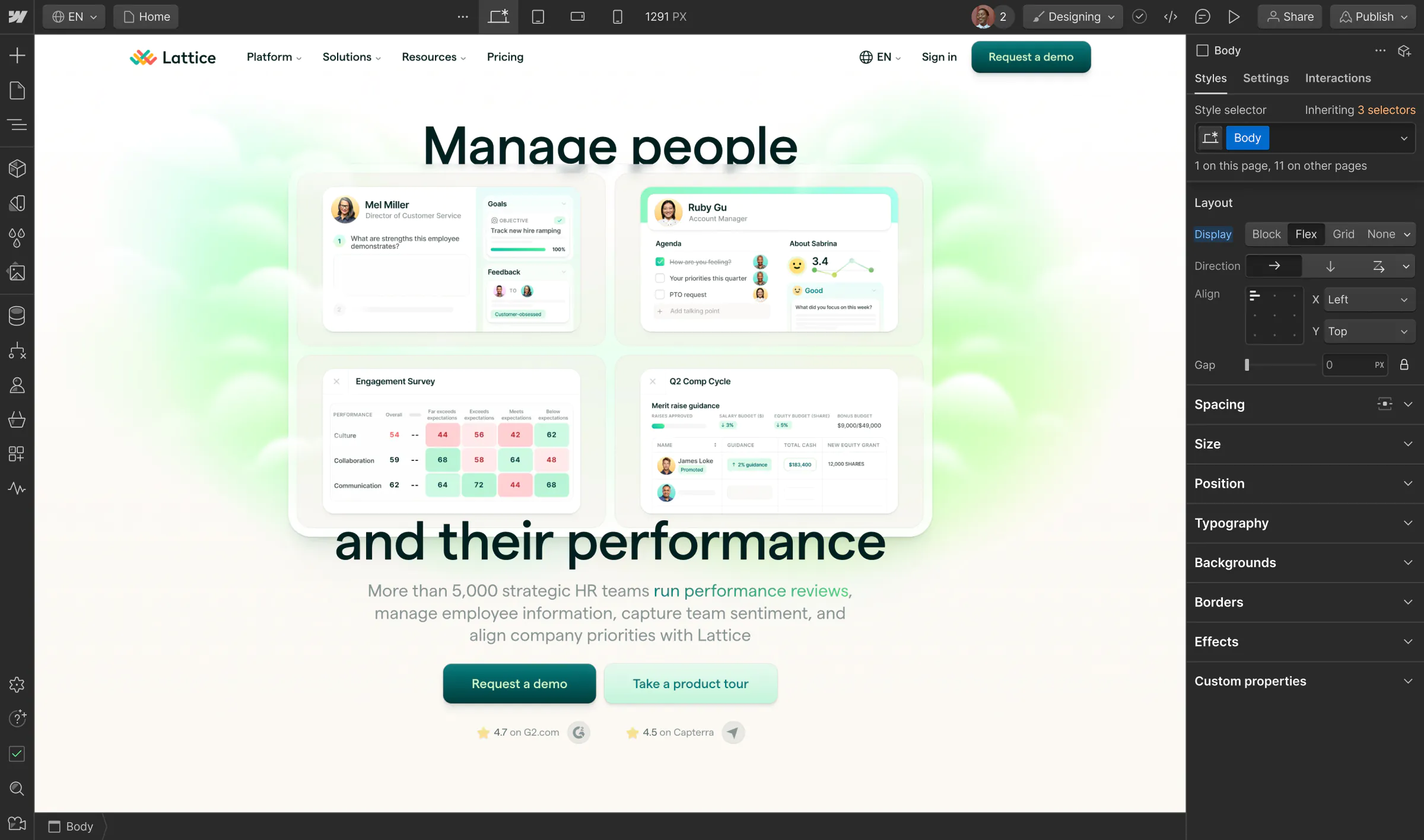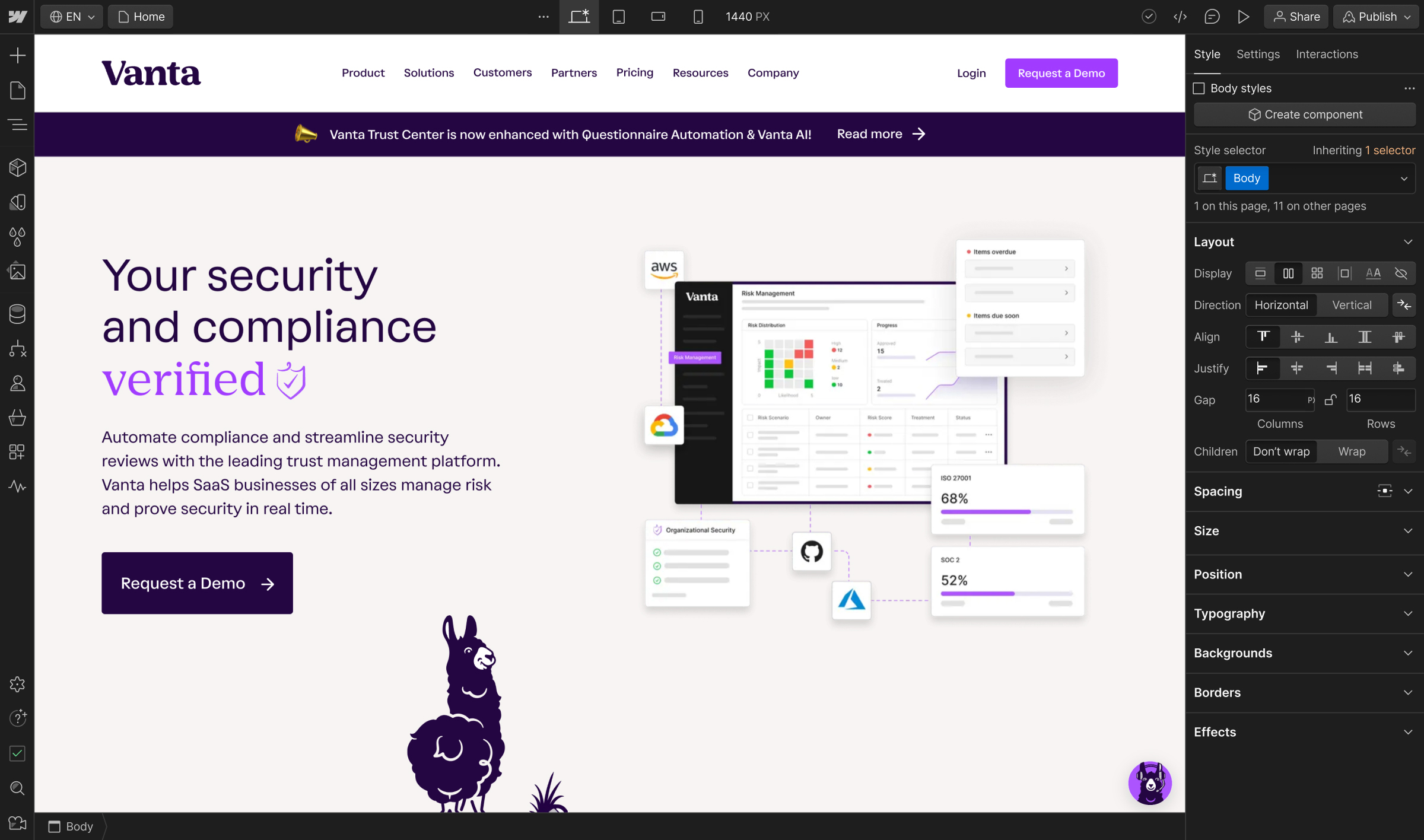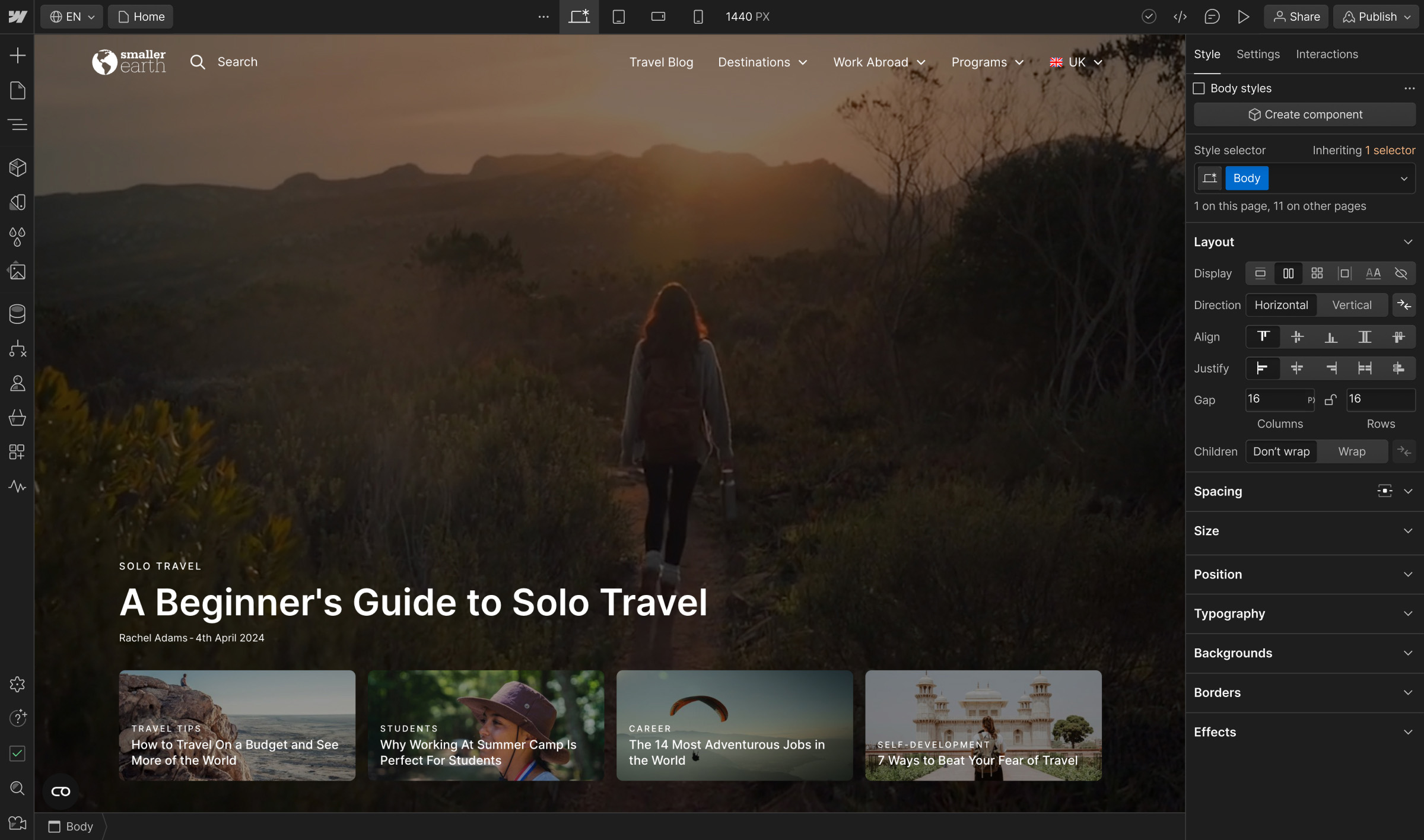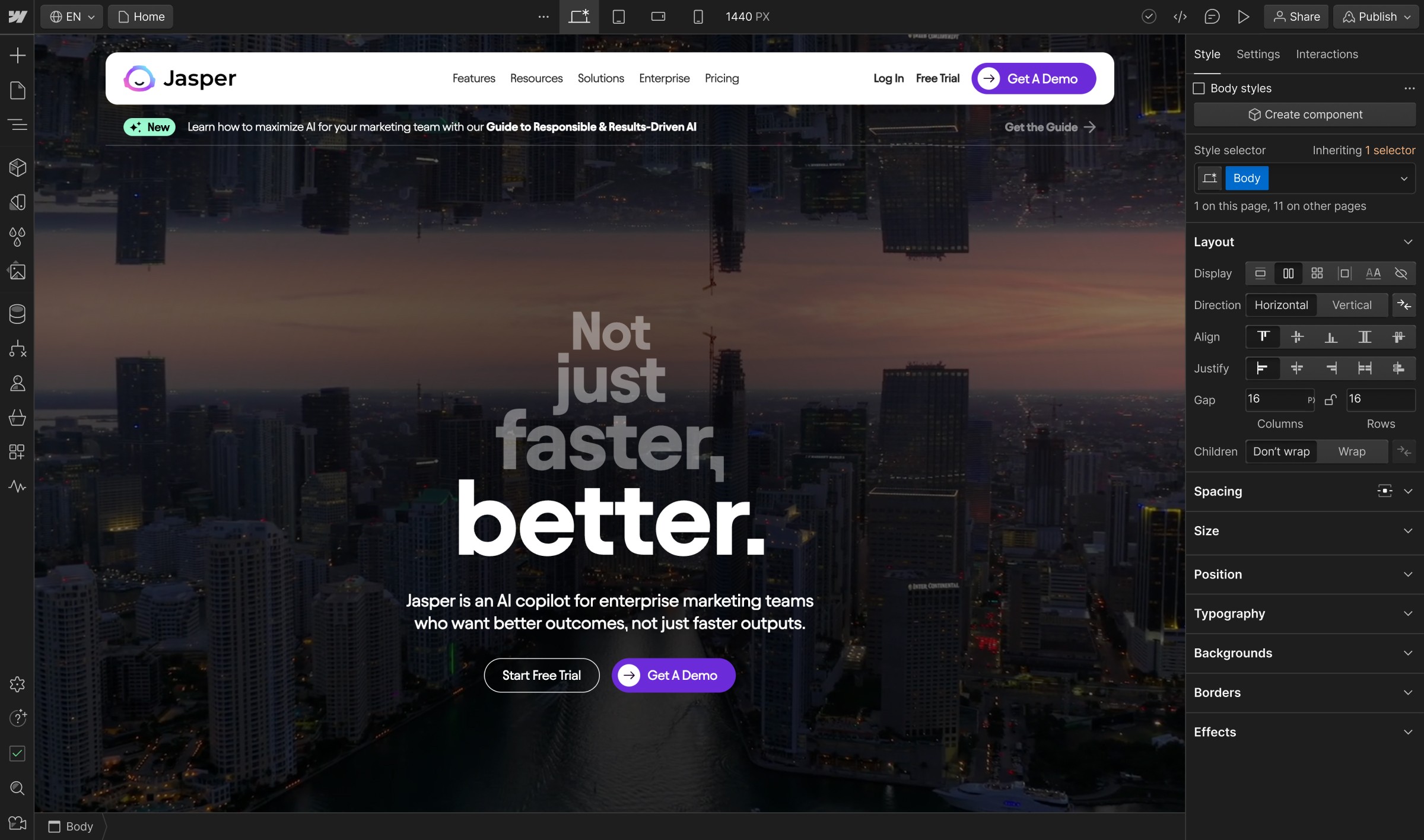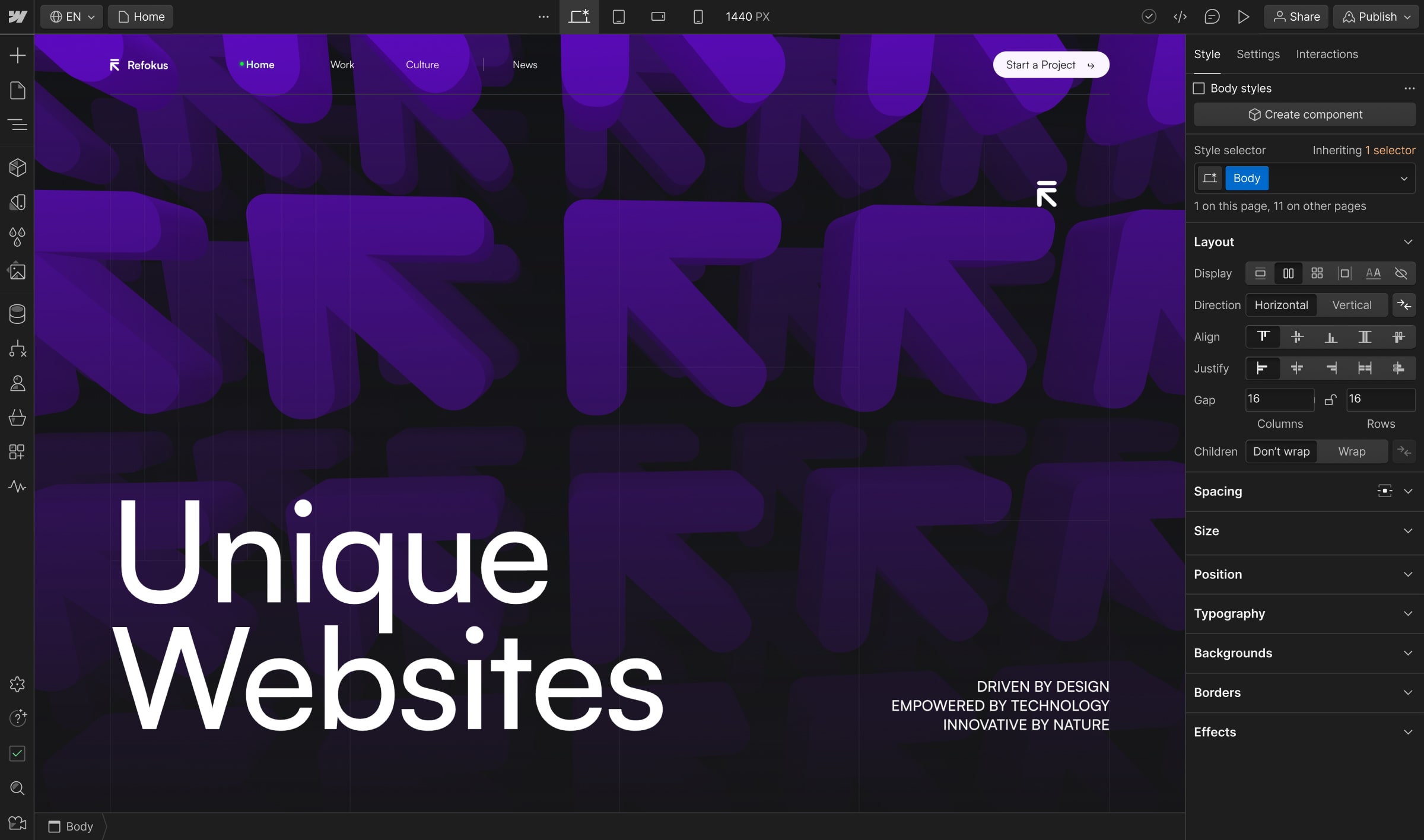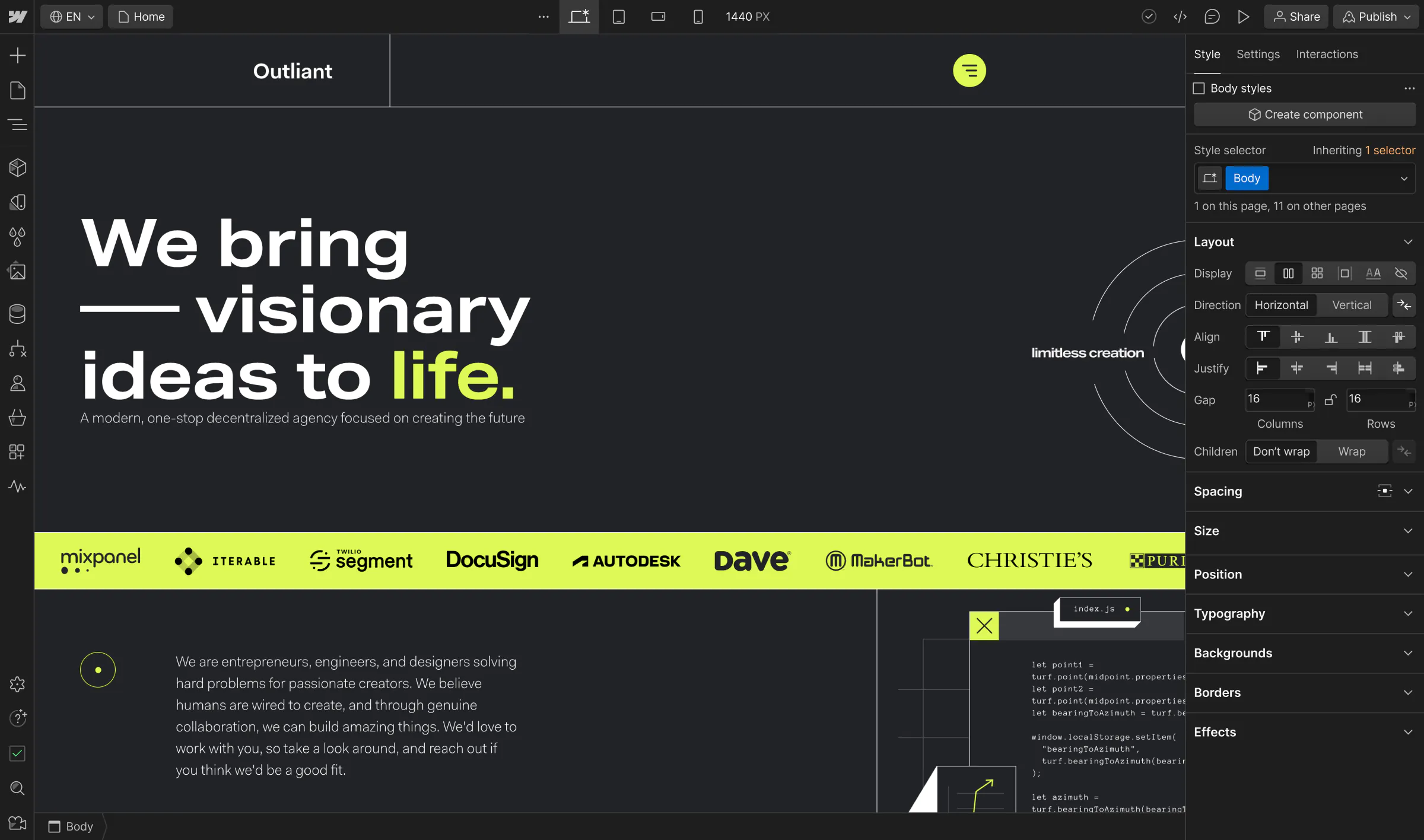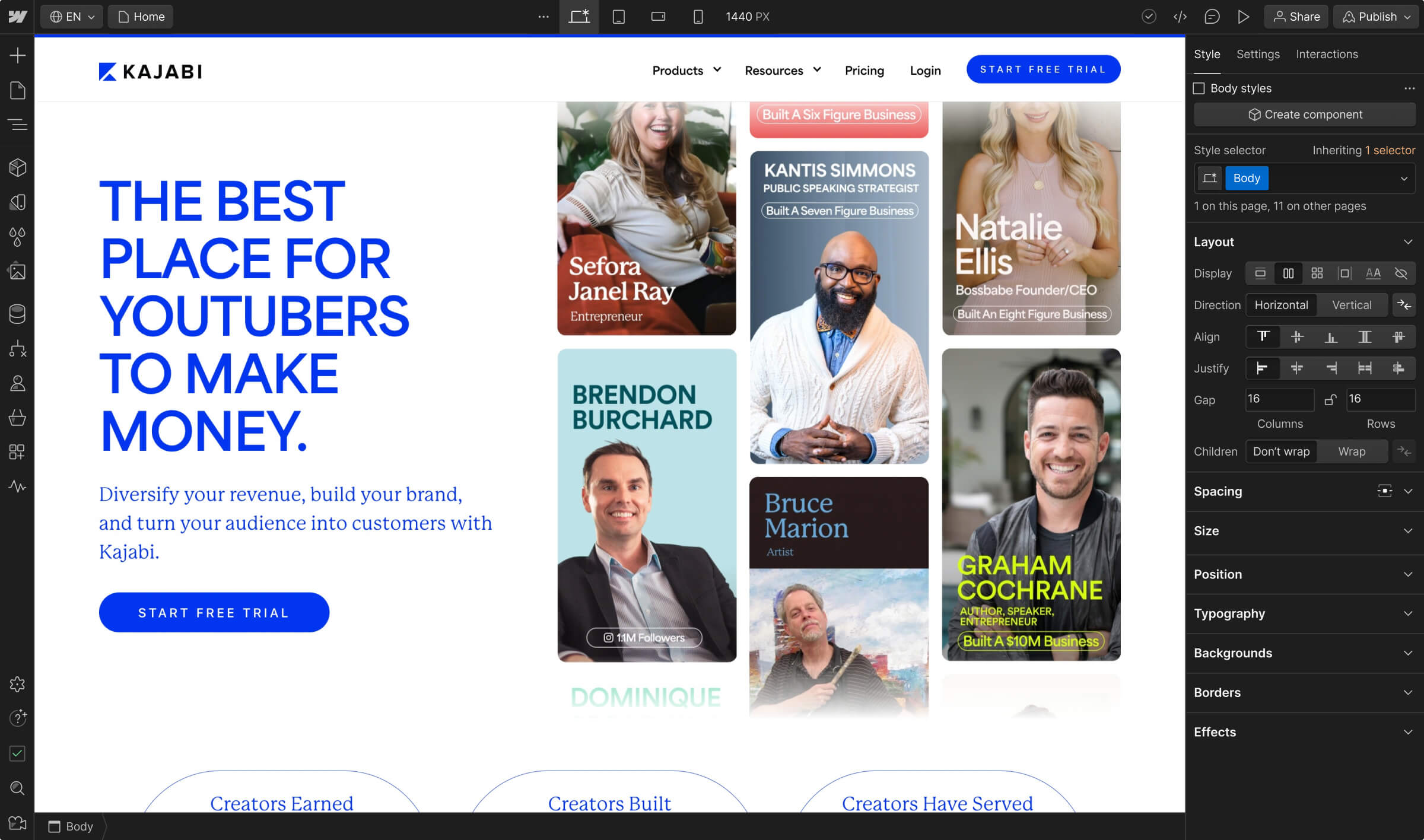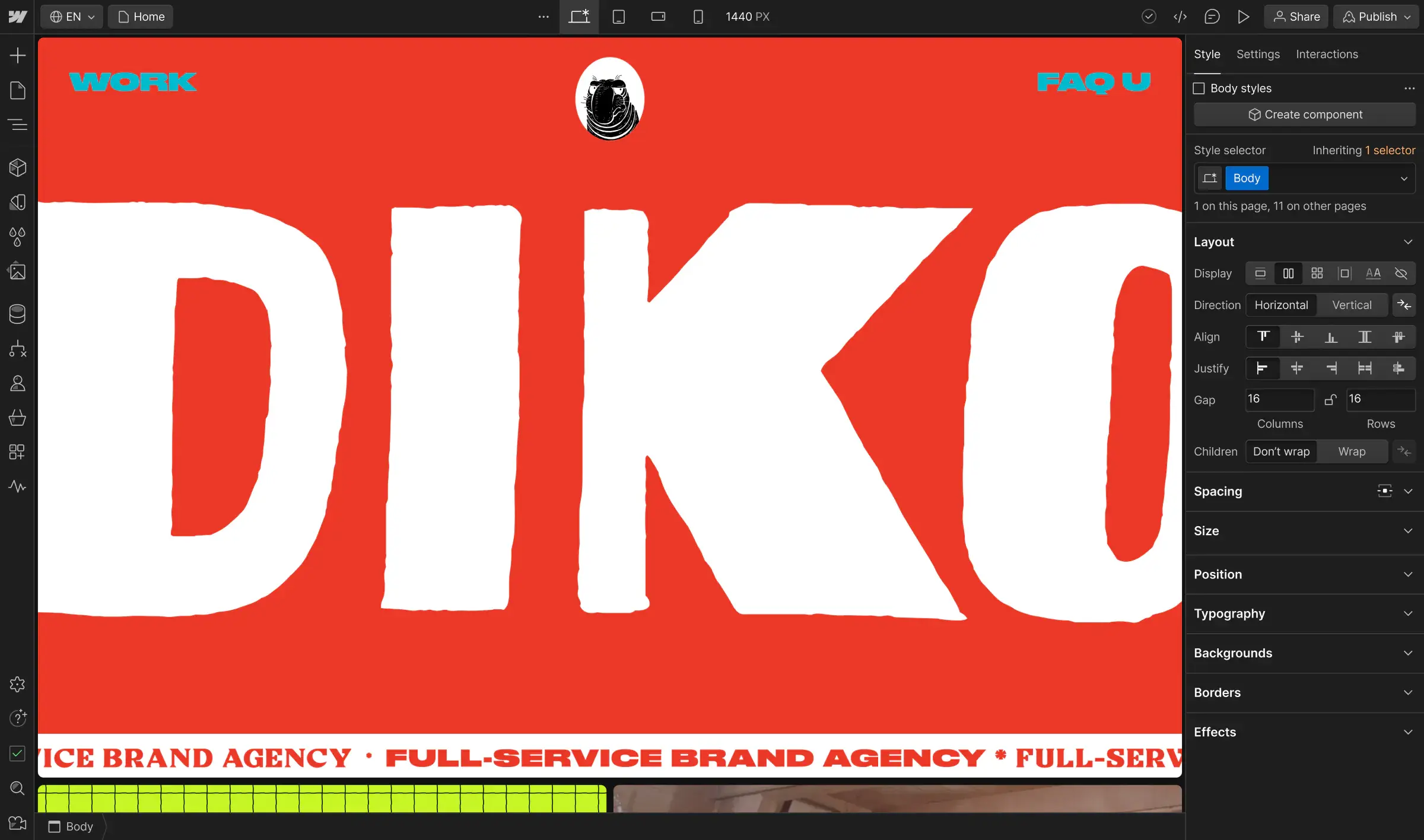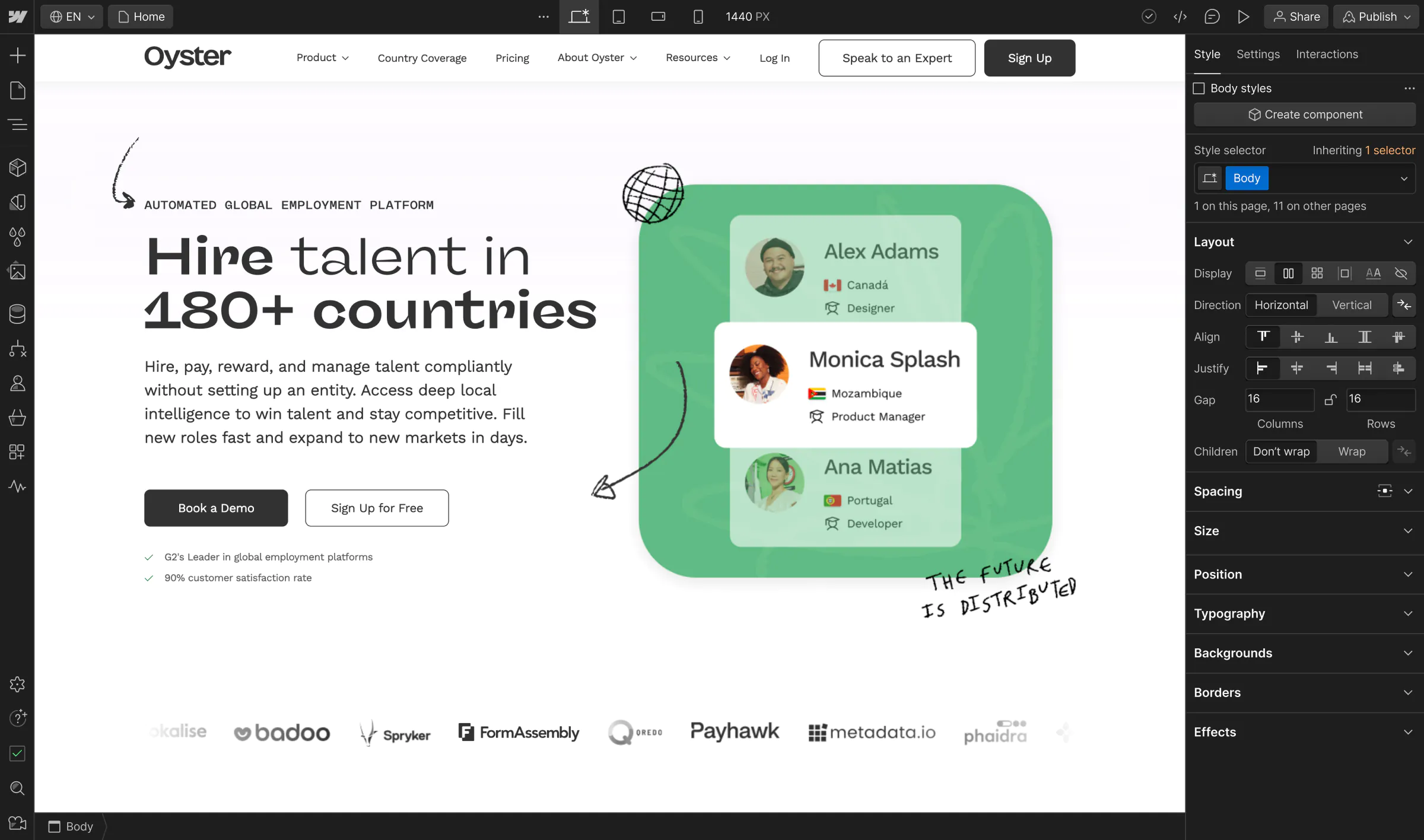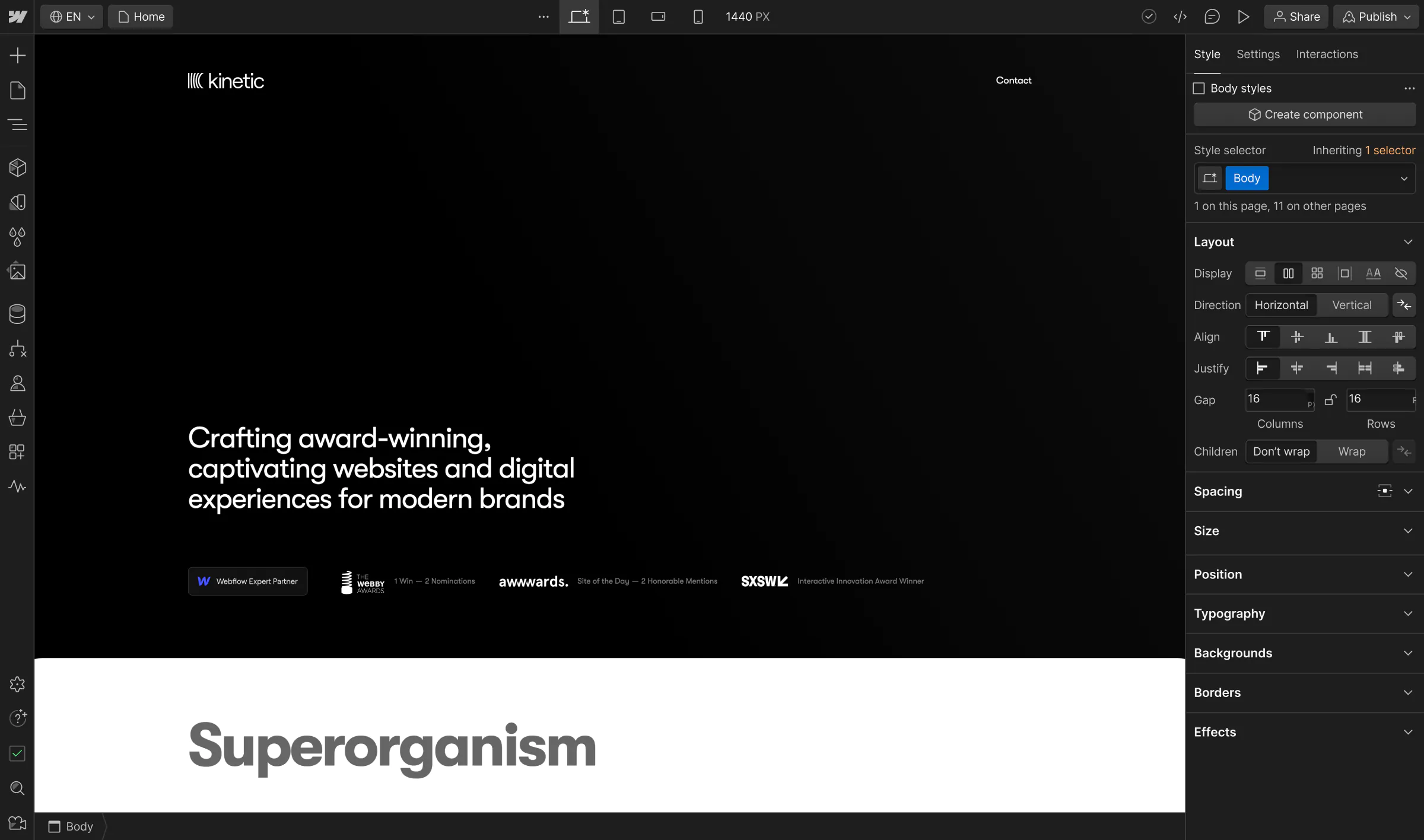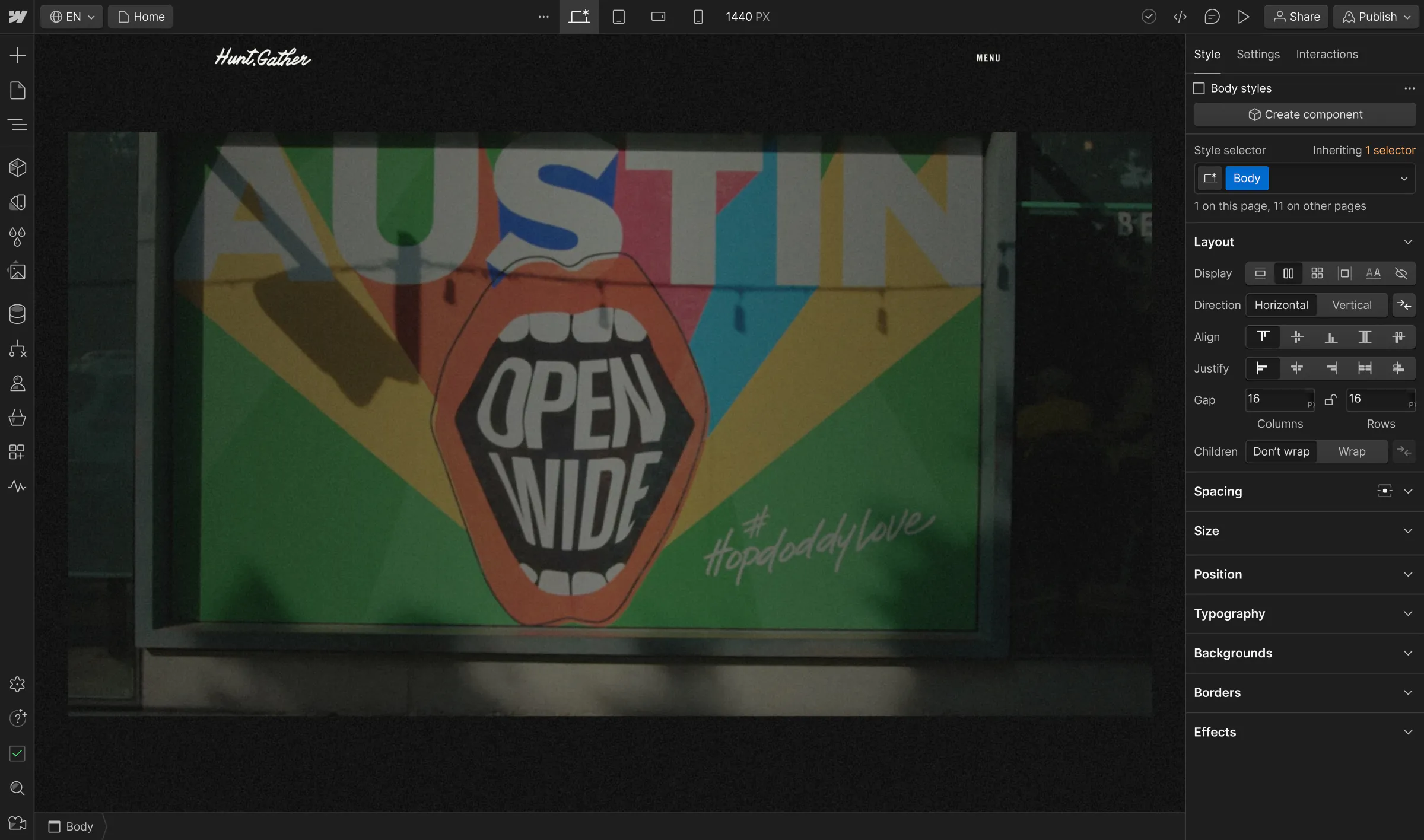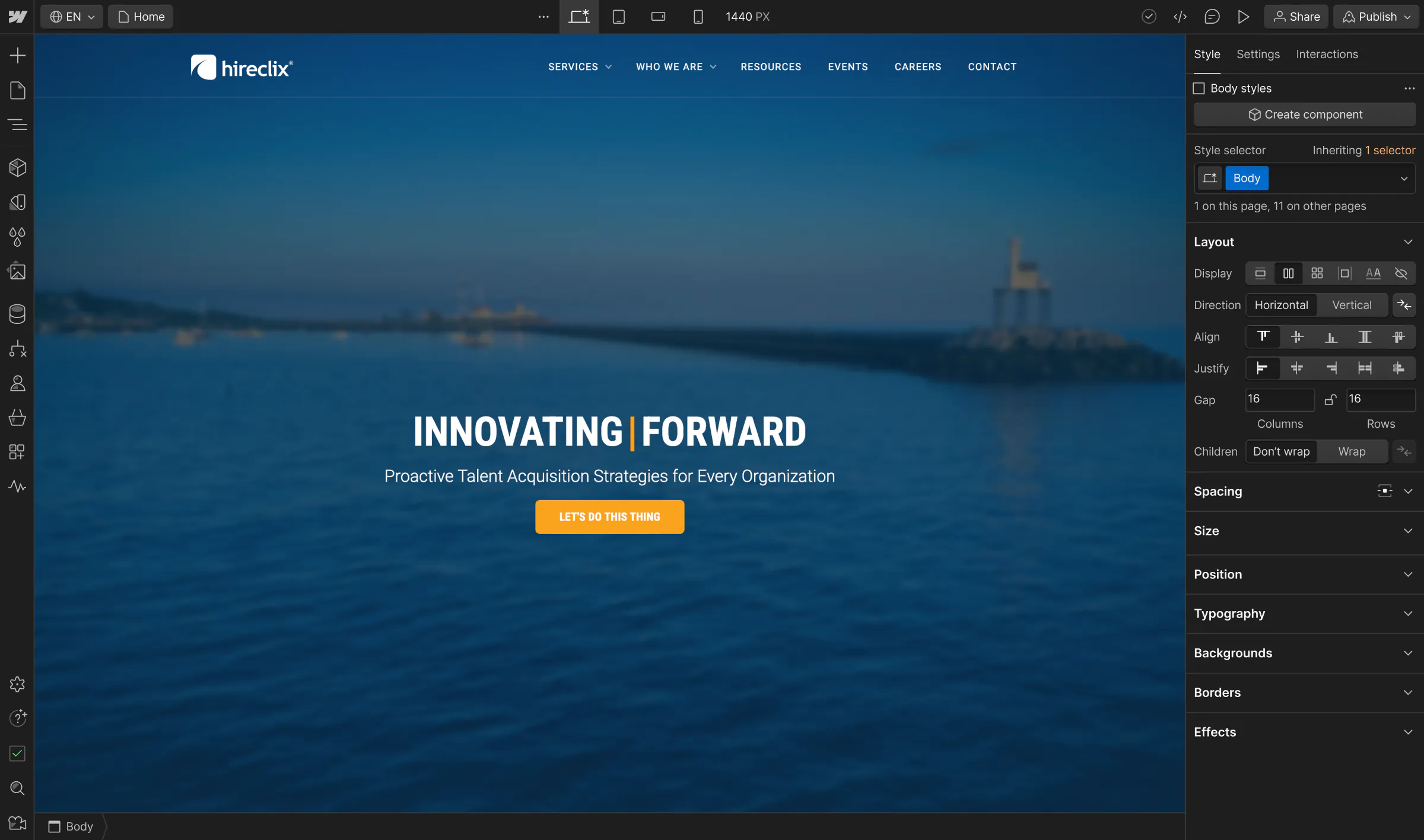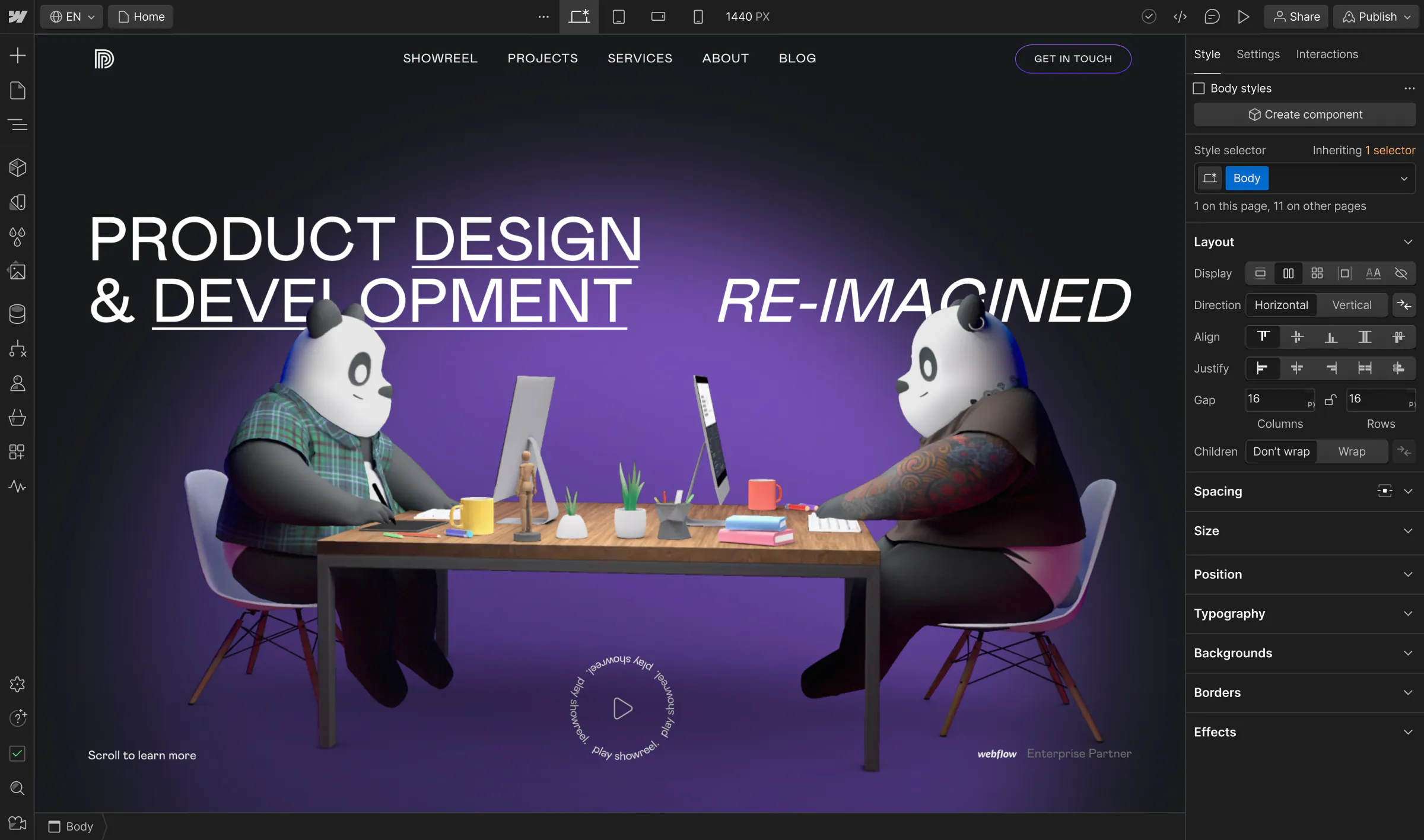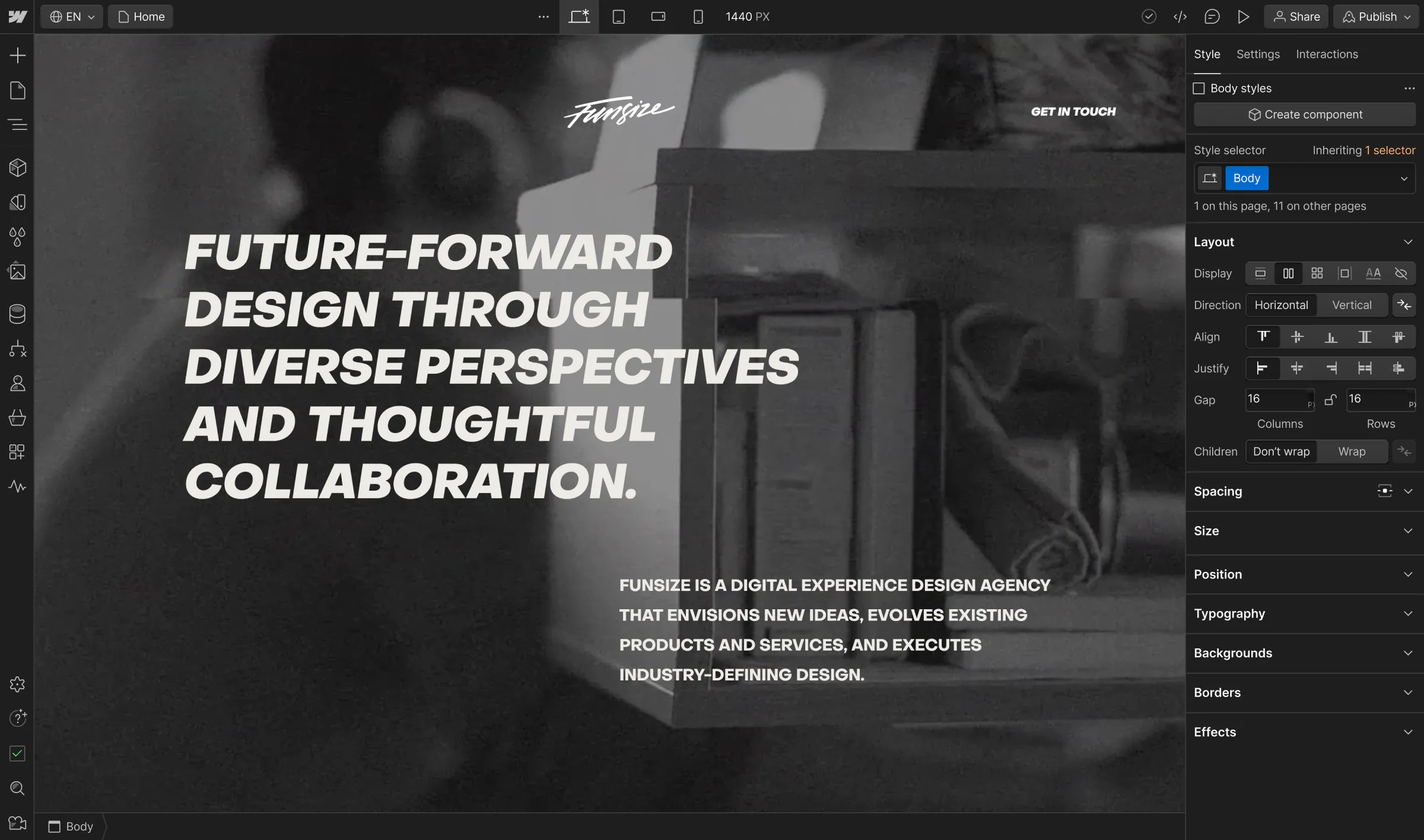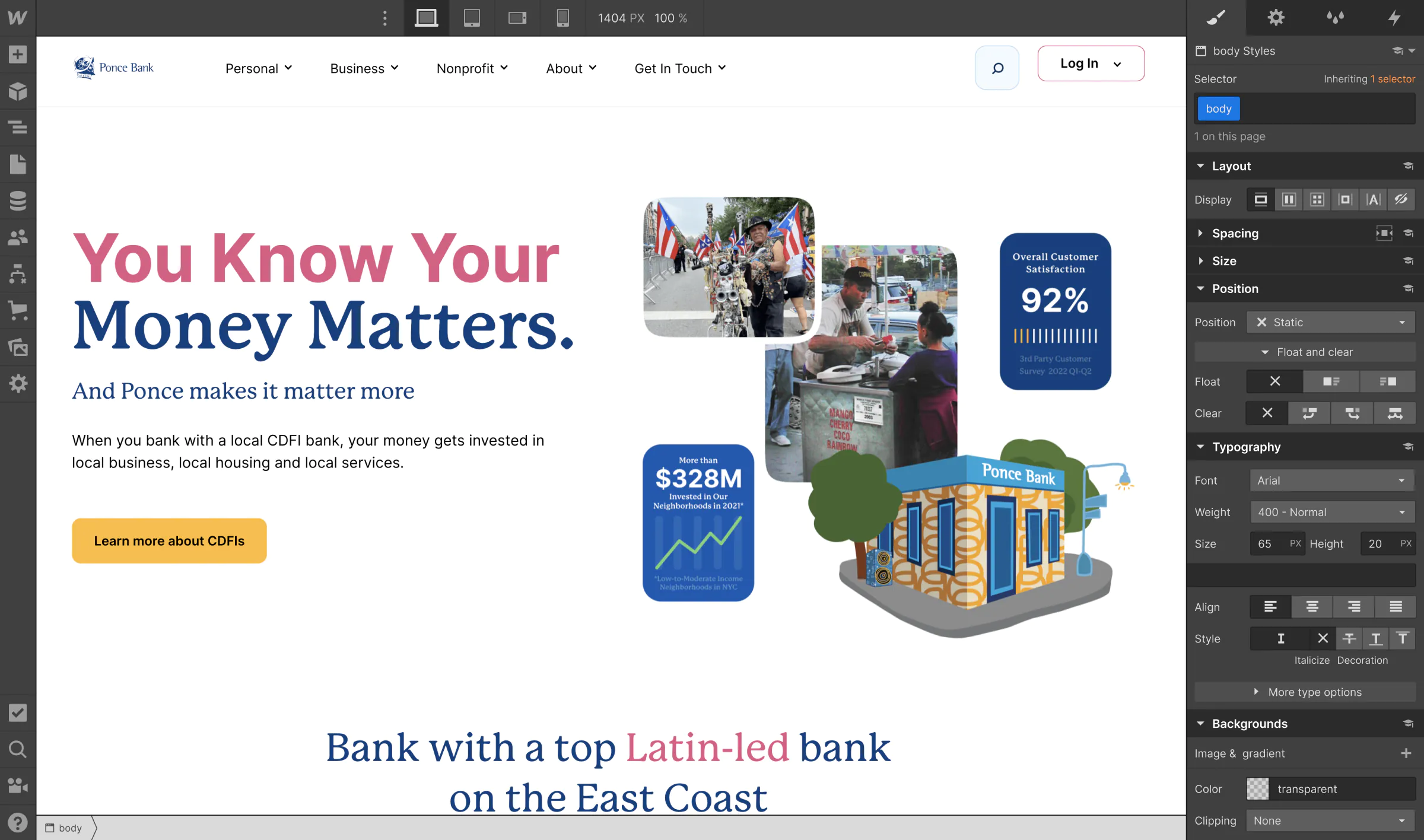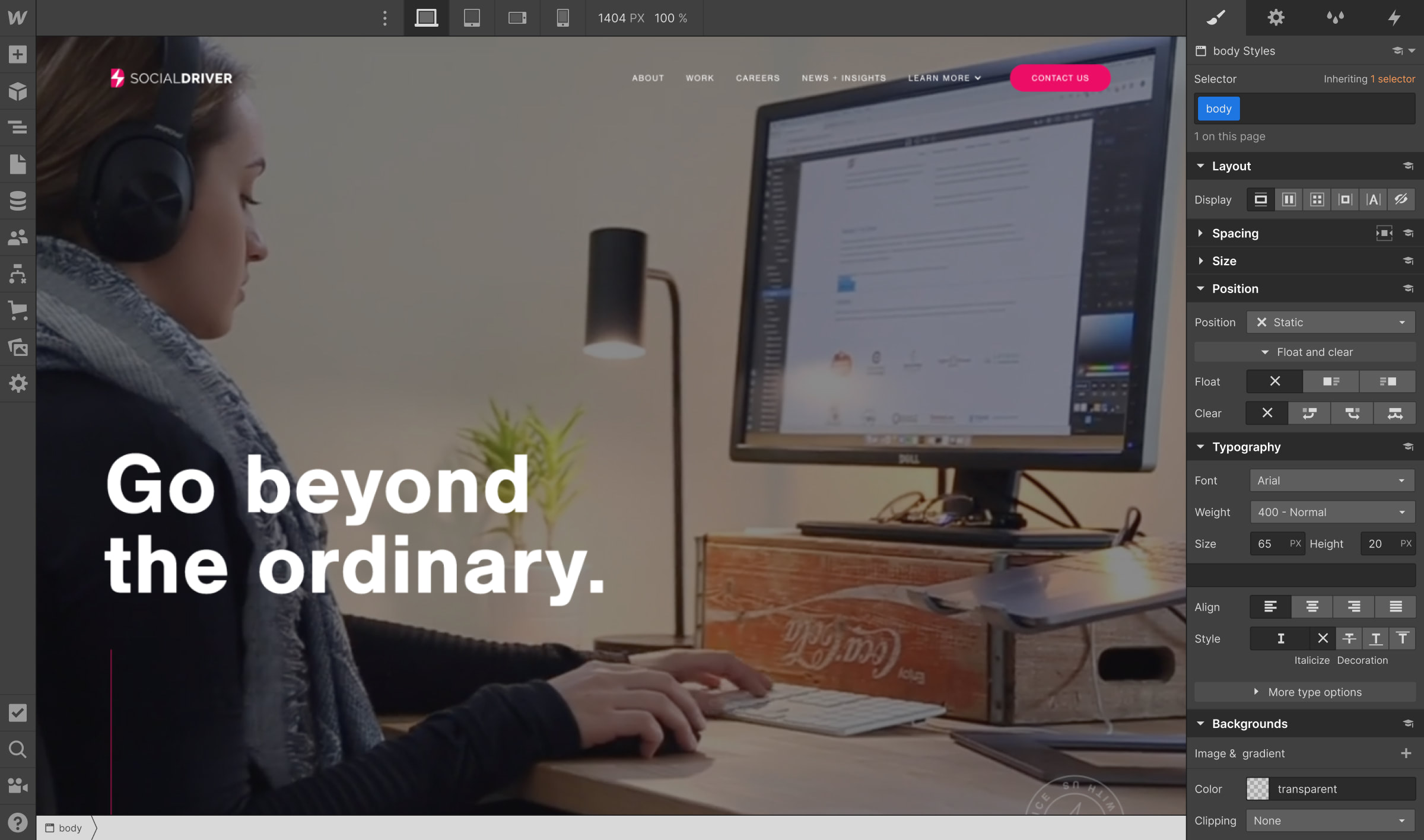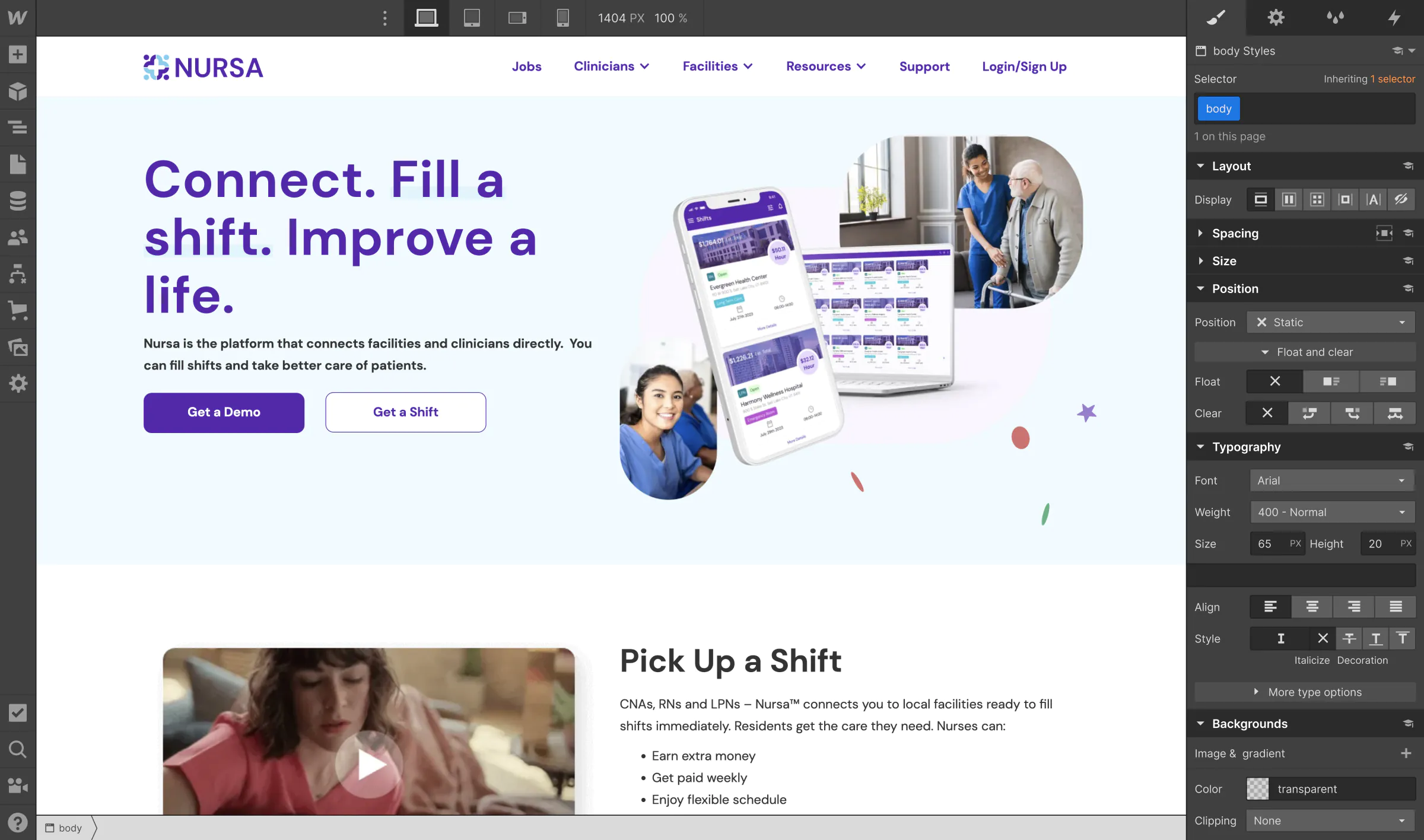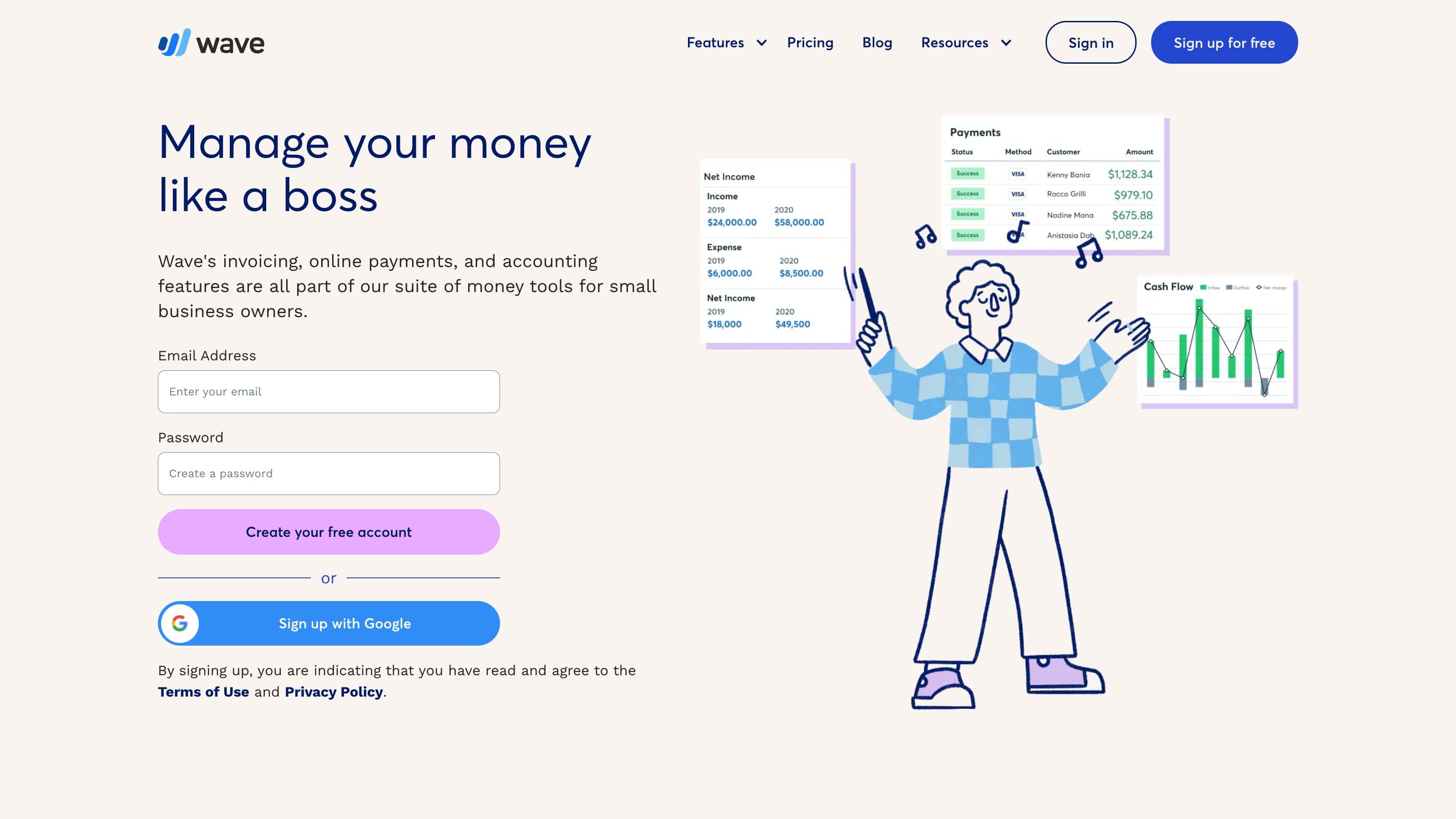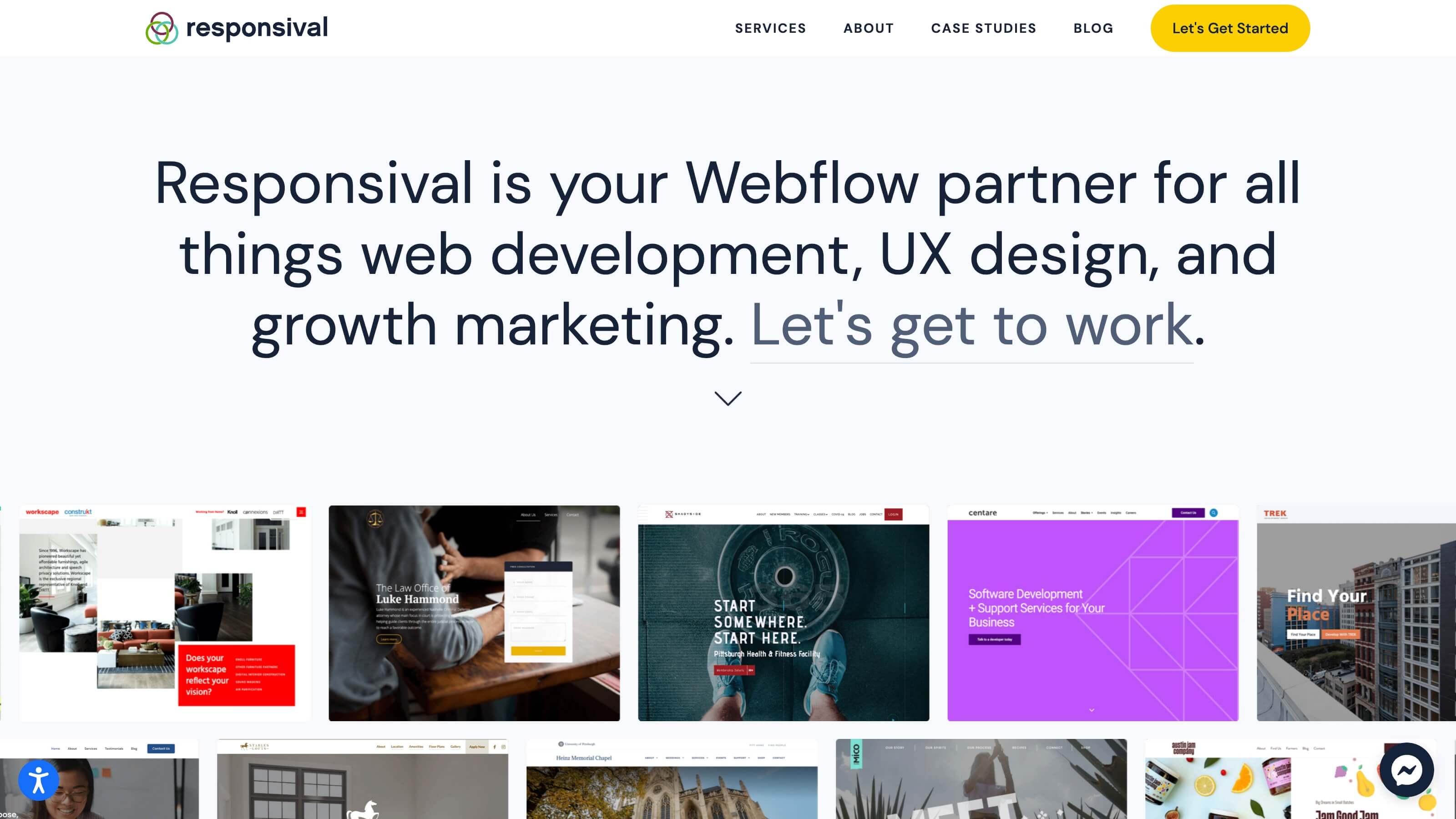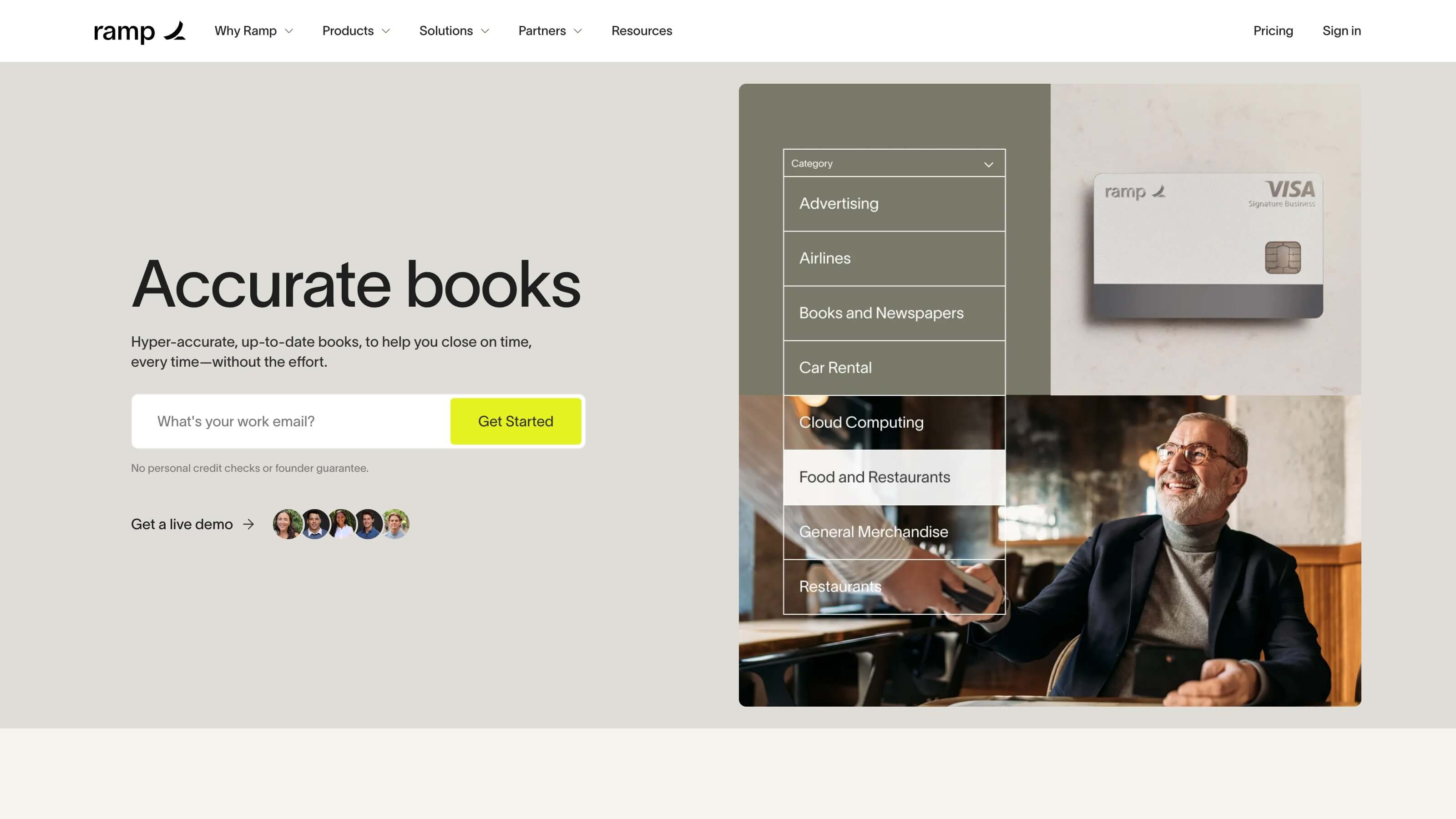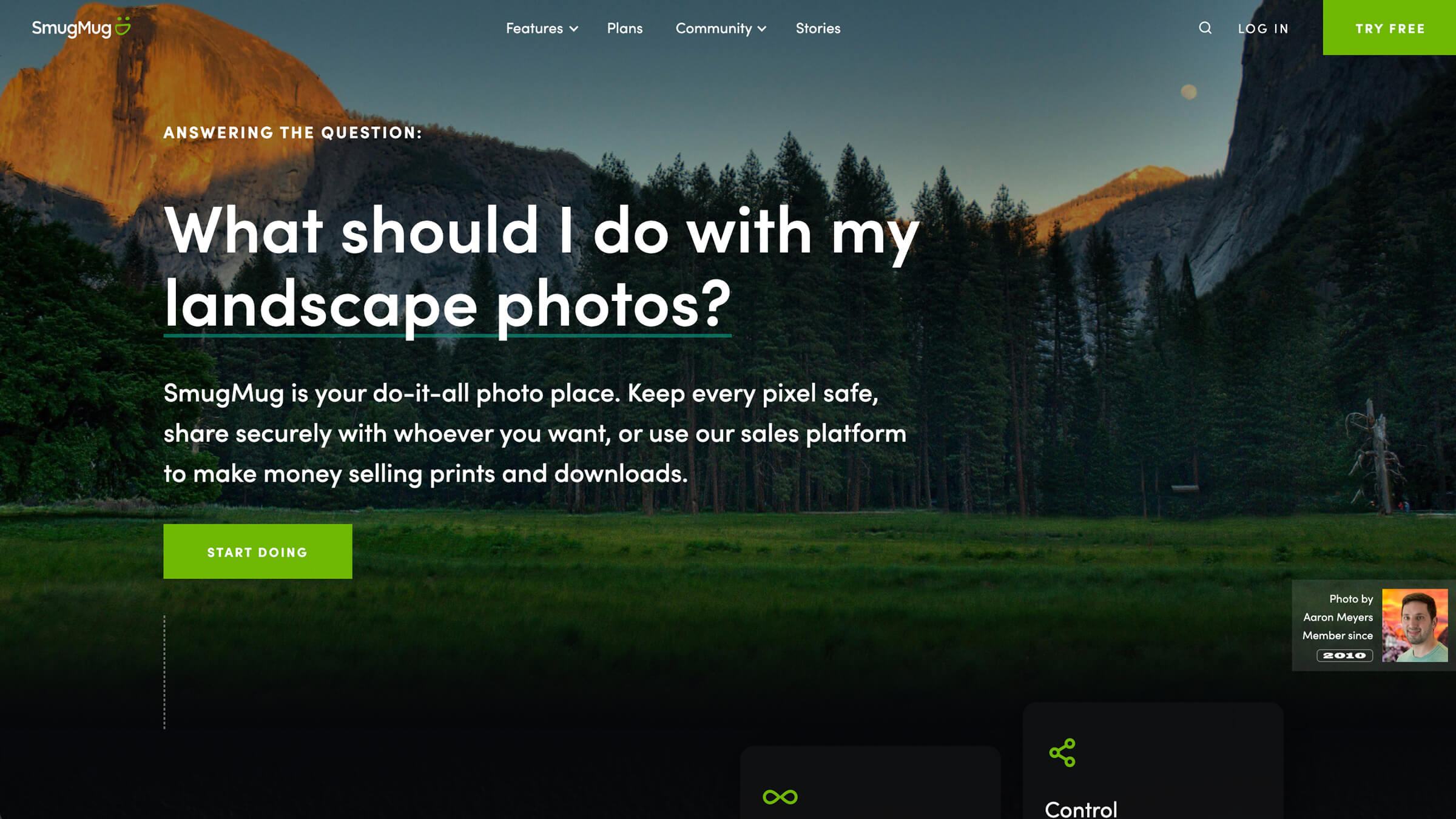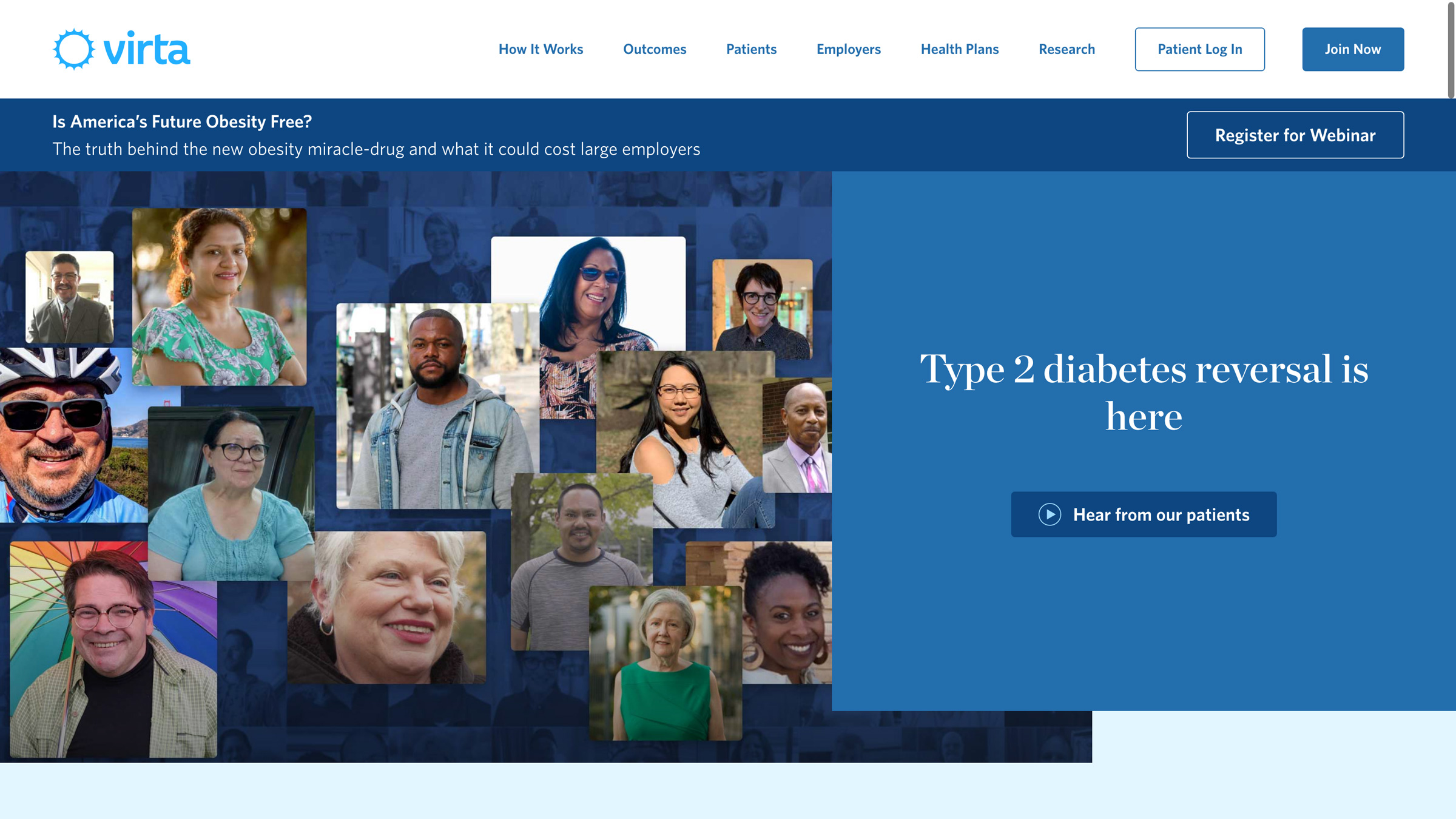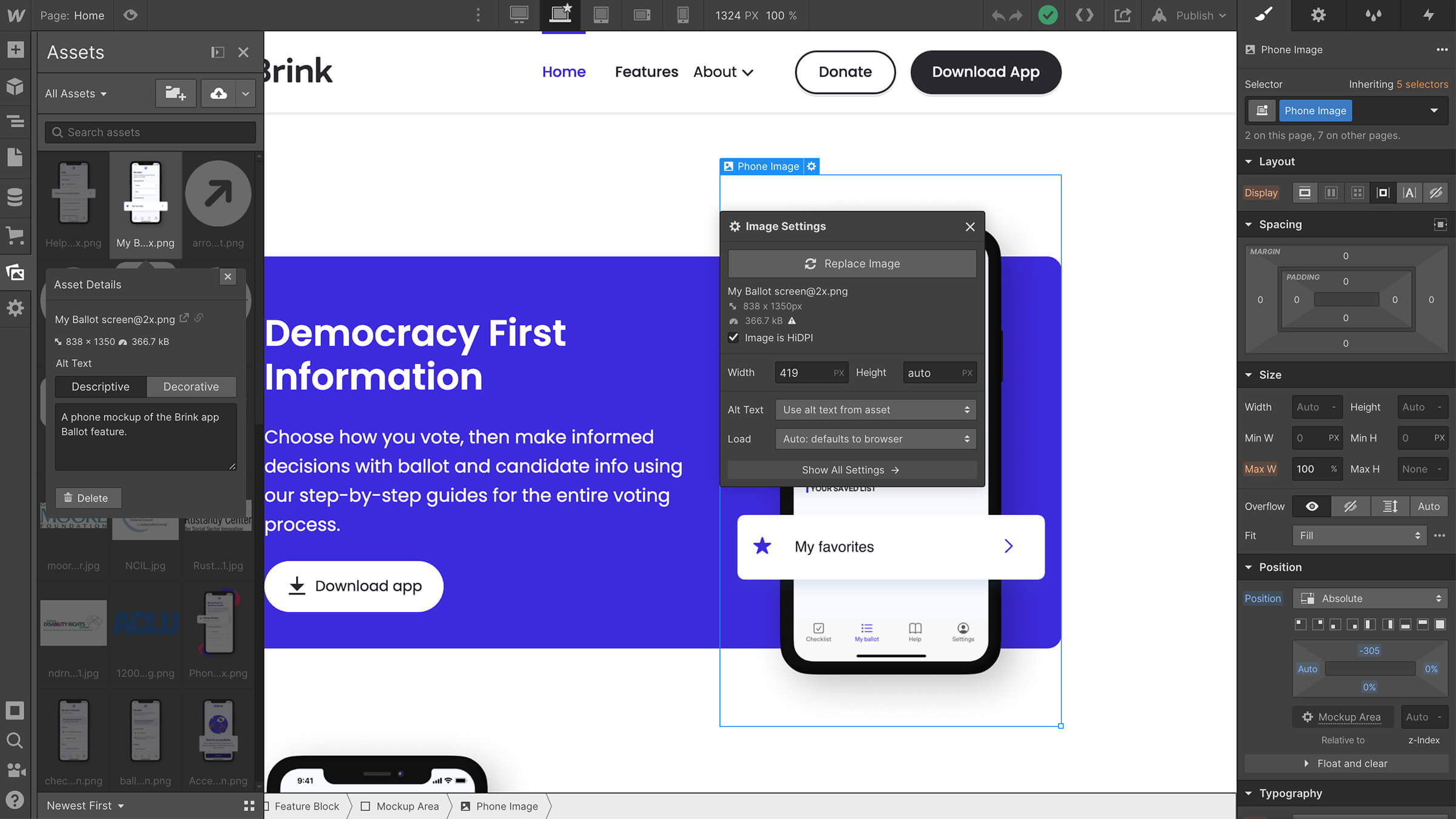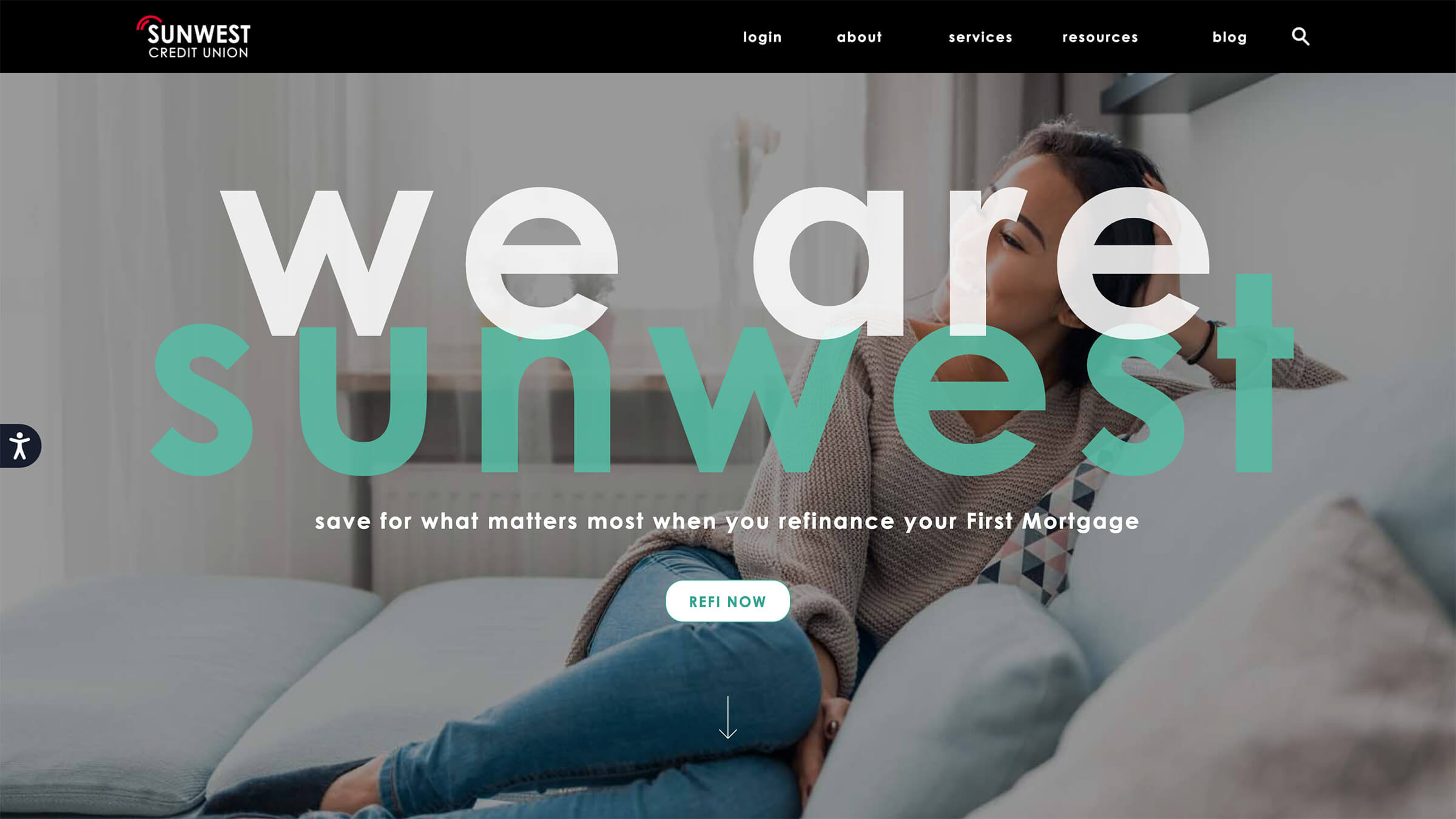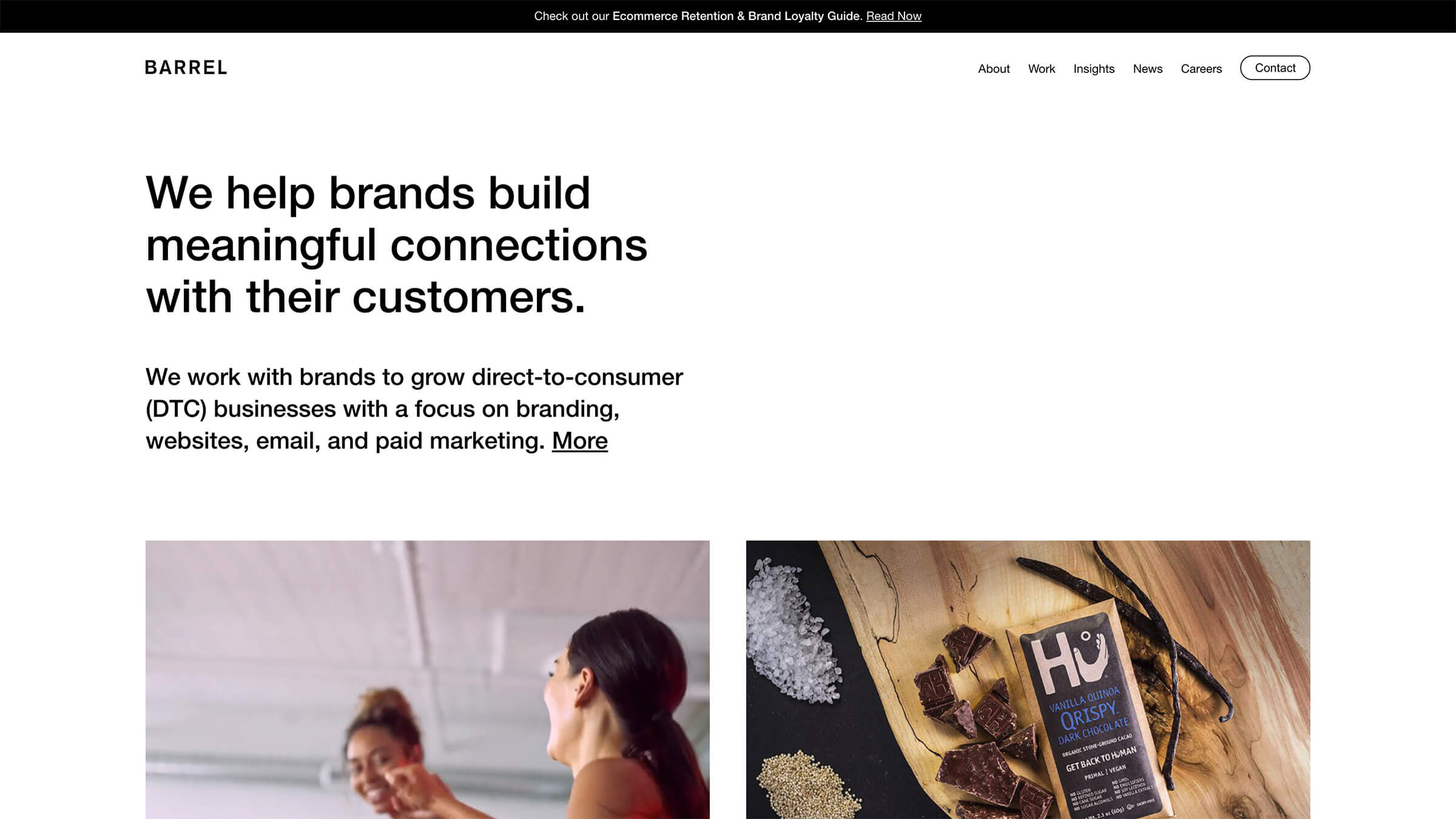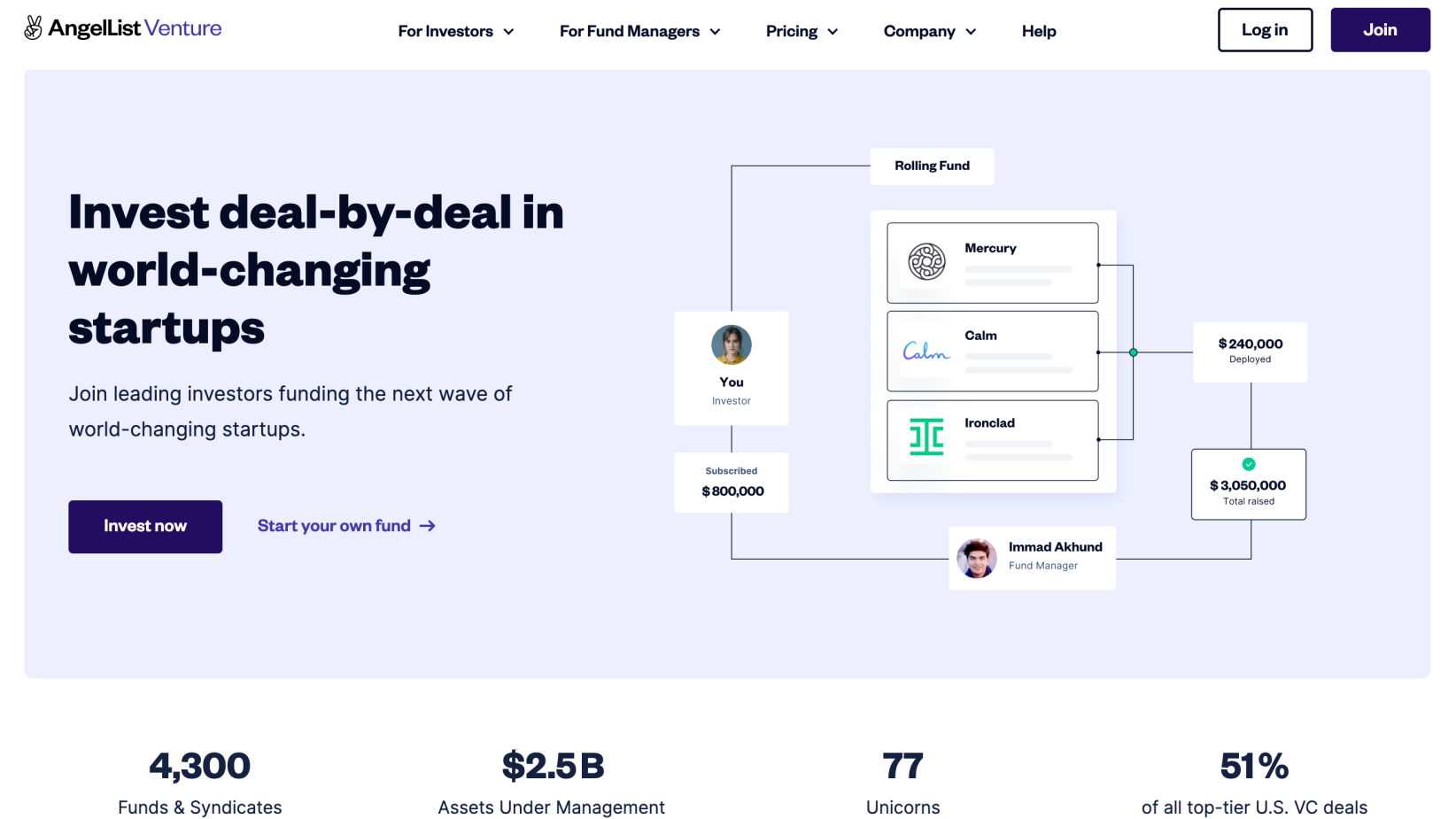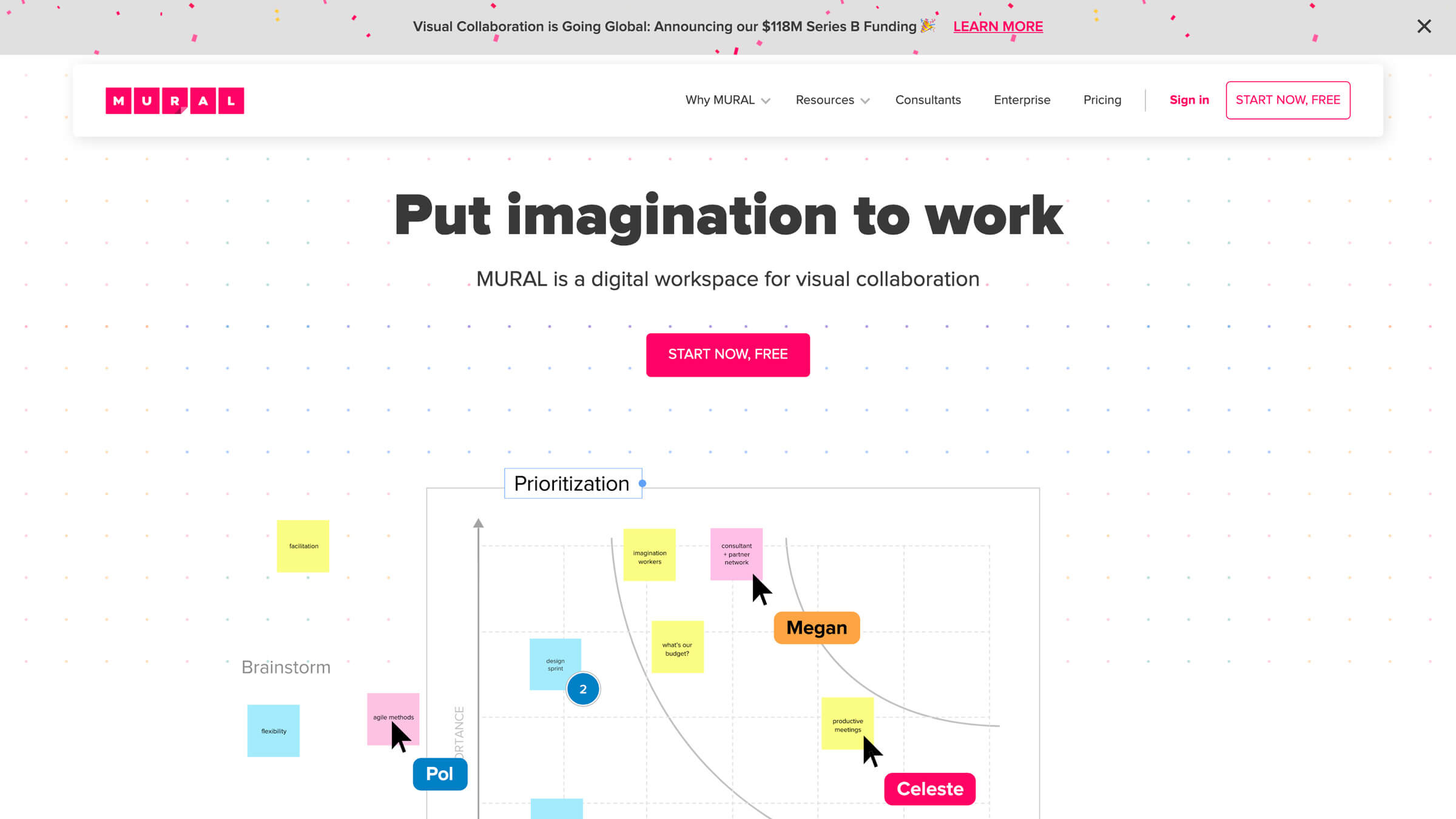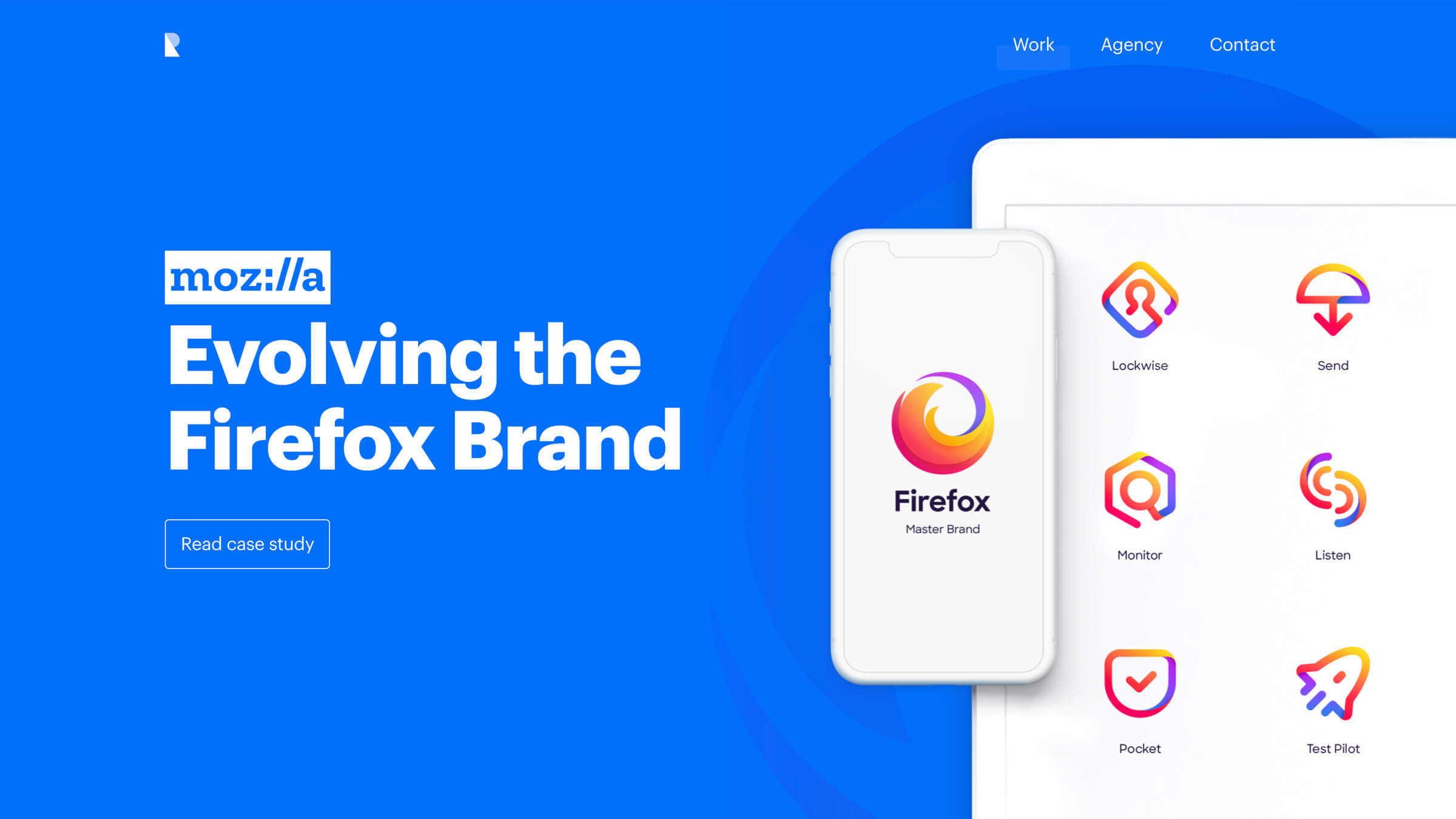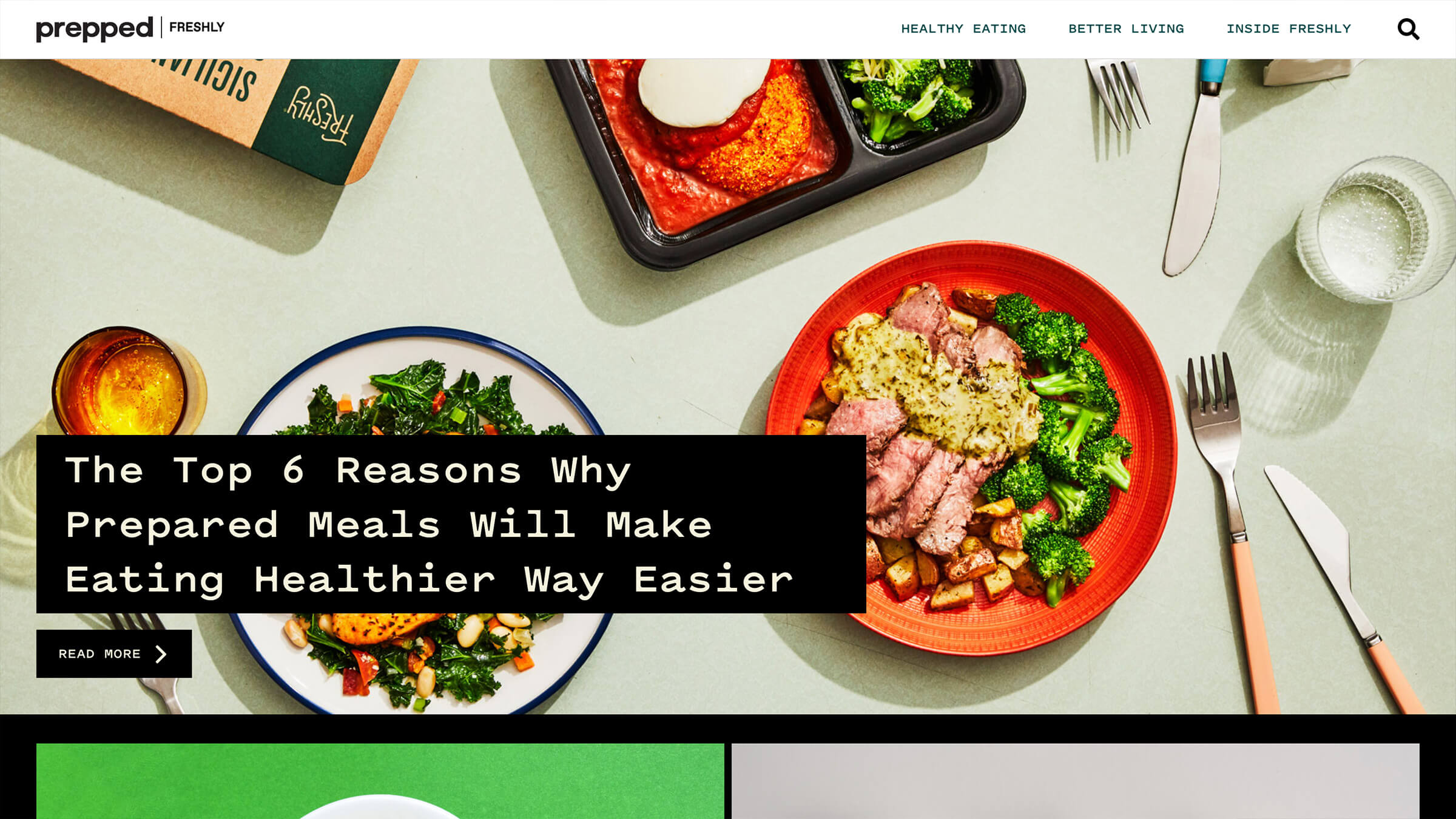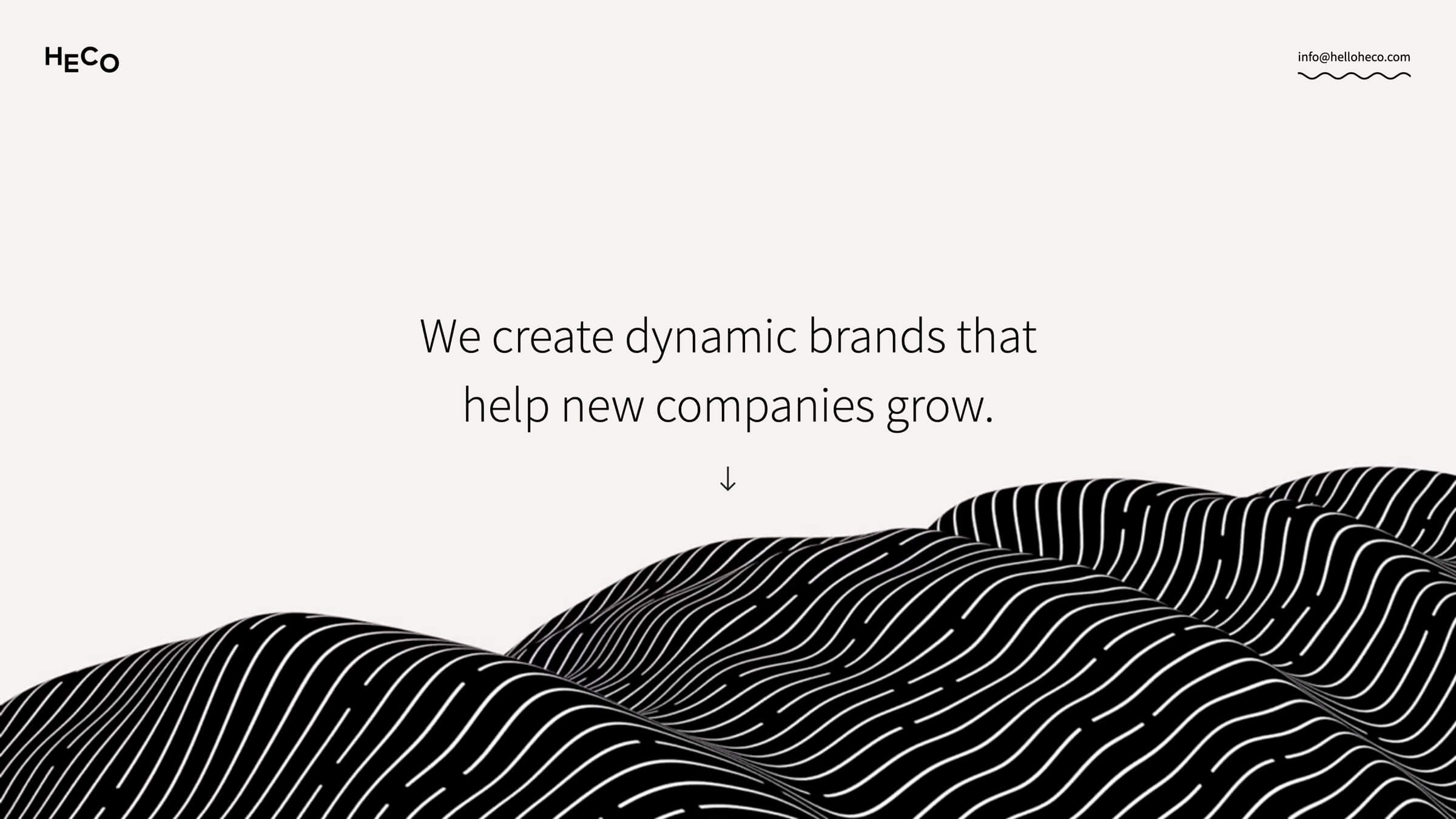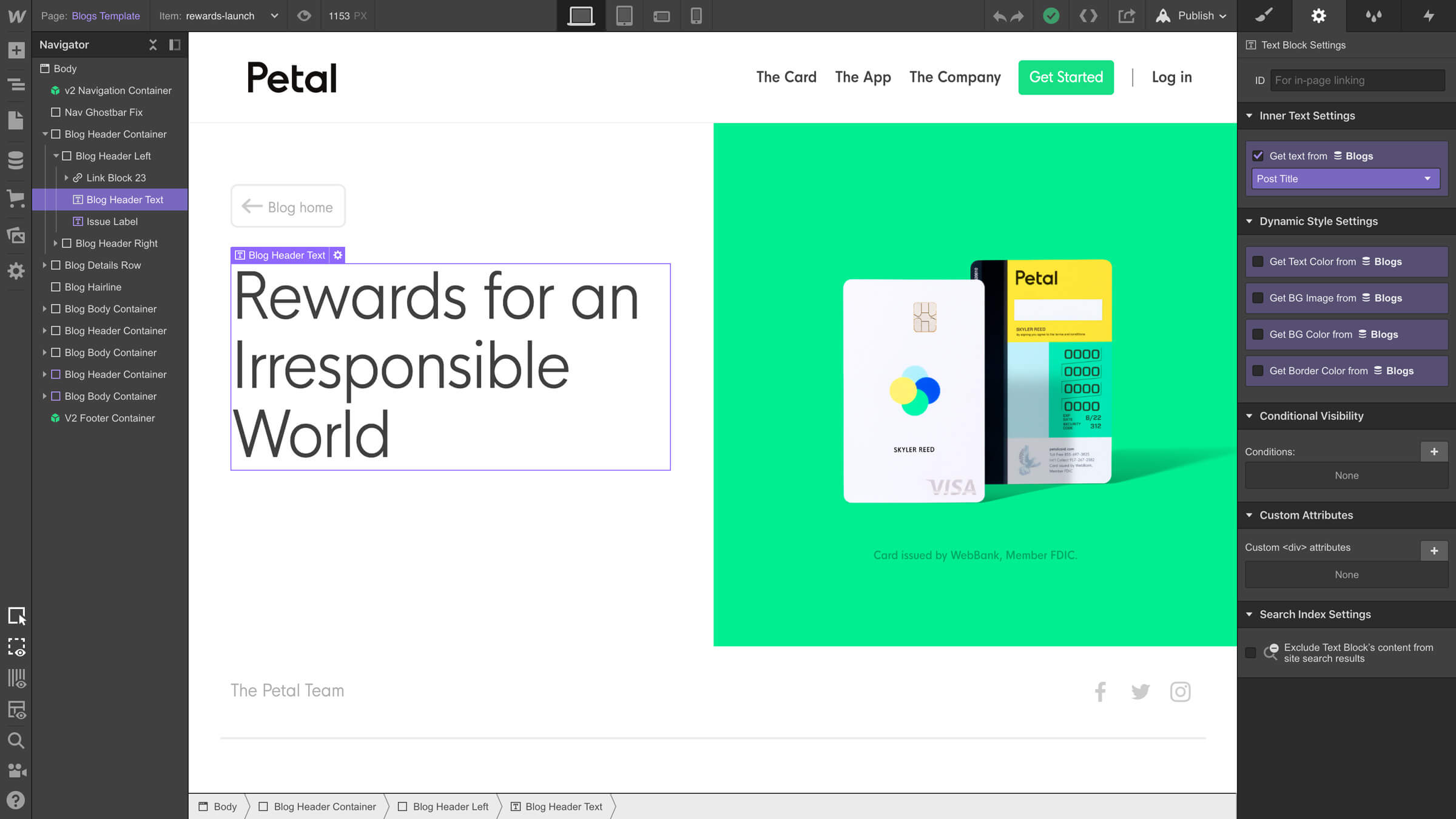Verndale leverages Webflow's extensibility to scale client impact
Recognizing the challenges clients face with traditional DXPs and developer-intensive headless CMSs, Verndale turned to Webflow’s WXP. The visual-first, composable CMS allows Verndale to create high-impact digital experiences for their clients – minus the technical overhead.
Unlock your site’s full potential with best practices vetted by our experts. Learn the Webflow Way.
“Webflow allows our customers to focus their marketing dollars on customer experience, business strategy, and marketing services — rather than technical debt and development.”

From industries spanning manufacturing, hospitality, and financial services, Verndale’s client list is as varied as it is impressive. Founded in 1998, the award-winning digital experience agency specializes in delivering strategic, design-driven solutions that help clients optimize customer journeys and drive growth. No matter the client, “Verndale is obsessed with delivering real business value by focusing on outcomes rather than just tasks or deliverables,” says Chief Technology Officer Liz Spranzani. “We strive to understand our customers’ challenges and build solutions that drive conversions and create meaningful human connections in digital experiences.”
As Verndale works with clients to transform their online presence, they understand that websites are just one part of the bigger picture. “Websites live in a digital ecosystem that requires robust integration, data management, and content management to ensure a personalized and seamless customer experience,” says Liz.
With this in mind, Verndale began the search for a strategic partner with a platform to simplify development, reduce developer effort, and maintain high-quality design. “We knew we had to find a CMS we could offer our clients that reduces the cost of standing up an experience while still achieving custom designs,” says the Vice President of Partners & Alliances Jim King. “Our thought is that clients can redirect savings from back-end development and focus more on creative, strategic marketing services – ultimately creating more value and better results for their business.”
Why Verndale sought a more agile solution to empower their agency
While no platform eliminates development entirely, I wasn’t threatened by it — and I had to convince my developers not to be either. In the end, they love Webflow. It’s the perfect tool for front-end developers.
- Liz Spranzani, Chief Technology Officer, Verndale
A technology leader in the DXP space, Liz has experienced both the advantages and challenges of traditional digital experience platforms (DXPs), which are very robust, but often demand extensive development work, creating trade-offs between design quality and efficiency. Meanwhile, traditional headless Content Management Systems (CMS) often rely heavily on developers and lack intuitive features, making them costly to build and maintain, with an often-complex infrastructure. Verndale also has worked with open-source CMS options for their clients but was put off by high maintenance costs, lack of accountability, and security risks.
As client expectations soared, Verndale needed to deliver faster, high-quality solutions without sacrificing scalability or functionality. Plus, the rapid growth of AI technology, like OpenAI and ChatGPT, signaled that coding and development were becoming commoditized. “We needed a platform that significantly lowered development effort without sacrificing design,” says Liz. “Webflow has the best reputation in this category, and the decision came about very organically.”
A Website Experience Platform (WXP), Webflow sits between a traditional DXP and CMS. “Webflow enables amazing custom experiences with little to no coding: That was my aha moment,” says Liz. Webflow enables built-in testing, personalization, and configuration, all in one place. "By making smart, strategic product investments, Webflow ensures its features align with the evolving needs of their customers and our clients," says Liz.
While Webflow allows for custom coding, when necessary, the visual builder also enables marketing and design teams to manage much of the site’s content and structure without deep technical expertise. “A lot of the challenges and time-consuming aspects of creating a website just disappear with Webflow,” says Liz. This shift allowed Verndale to empower their non-technical client teams to manage their own websites, deliver projects faster, and experiment with different tests, content, and more.
“Webflow can be categorized as a composable CMS,” says Liz. “It offers the extensibility and scalability to get complex.” This technical freedom addressed any initial hesitation around low-code platforms, proving that Webflow can support sophisticated requirements.
“Webflow helps us meet our clients where they are,” says Jim. “With rising interest rates and tighter budgets, marketing becomes more of a luxury, making efficiency crucial. By leveraging Webflow’s built-in capabilities instead of maintaining a team of backend developers, we can provide better value to our clients.”
Building a highly technical, scalable, and flexible website experience for Health Carousel
Webflow is more than just a platform for simple landing pages or marketing sites. It can integrate with third-party systems and handle complex data integrations.
- Liz Spranzani, Chief Technology Officer, Verndale
Health Carousel, a job board targeting U.S. healthcare professionals and overseas talent, faced a growing technical challenge. While job data was publicly available, the company needed a way to get updates and scale that data as new job listings were posted — a huge manual effort.
Verndale stepped in to help optimize Health Carousel’s websites, with a focus on enhancing the user experience for two distinct audiences: nurses looking for U.S. jobs and those looking for international placements. “By automating data integration and content publishing with Webflow, we could offer a smoother, more localized job search for applicants,” says Jim.
Verndale used Webflow to improve job categories, SEO indexing, and site maps, ensuring Health Carousel users can easily find the right opportunities. The team also revamped the job search page, adding SEO-driven elements such as tailored headers and meta descriptions based on career strengths. One of the key innovations was the development of dynamic location pages for cities and states, which used APIs to pull data from multiple sources, including Google APIs, ChatGPT, and Niche.
To simplify the process and avoid time-consuming manual work, Verndale leveraged Webflow’s CMS collections and list features, dynamically filtering and displaying job data. The styling was fully customized to align with Health Carousel’s design preferences but still benefited from Webflow’s automation.
“We worked closely with Health Carousel, validating KPIs and refining designs to ensure we met their evolving needs,” says Liz. Webflow’s publishing workflows and collaboration features like page branching also accelerated the client approval process. The result was a highly technical solution that’s both scalable and adaptable, allowing Health Carousel to efficiently manage job data while enhancing the user experience.
Unlocking enterprise potential with Webflow Optimize and a visual-first CMS
With Webflow Optimize, you can create infinite variants while it measures conversions and user interest, adapting over time to maximize success — a living, breathing system that continuously optimizes your customer experience.
- Liz Spranzani, Chief Technology Officer, Verndale
Adopting Webflow has had a transformative impact on Verndale’s approach to project delivery. What once took nine months on other CMS platforms now takes just five months. “By streamlining implementation and development — traditionally the most time-consuming phases — Webflow cuts project timelines to a fraction of their original duration,” says Liz.
Verndale also lowered the total cost of ownership (TCO) with Webflow. Implementation costs have dropped by at least 50%, and, overall, Webflow often costs three times less than competing platforms. A key driver behind this success is the proactive guidance and educational resources from Verndale’s Webflow enterprise account team. “Webflow has an excellent partnership team, who truly value our relationship and prove over and over that we’re a team,” says Liz.
Looking ahead, Verndale is eager to further integrate Webflow into their offerings. “Webflow Optimize is a great opportunity to help our clients scale and take their digital strategies to the next level,” says Liz. With Webflow Optimize, Verndale plans to help clients unlock the full value of Webflow for personalization, optimization, and conversion rate optimization (CRO).
The evolving capabilities of Webflow, particularly in the context of AI and intelligent web development tools, only add to their excitement about what’s next. “Because of Webflow, we can help our customers focus their marketing dollars on the customer experience, rather than technology and development,” says Liz. “And that’s incredible: We can bring new experiences to market much faster than we ever have before.”
Explore more Enterprise stories
Explore more stories
Get started for free
Try Webflow for as long as you like with our free Starter plan. Purchase a paid Site plan to publish, host, and unlock additional features.
Try Webflow for as long as you like with our free Starter plan. Purchase a paid Site plan to publish, host, and unlock additional features.
